After more than 22,000 km and five months, we have now reached China – another major milestone on our Silk Road tour. A tour guide is normally required if you want to travel through the country in your own vehicle, and – since we step by step, we lost all of our travel partners for our crossing through China from Mongolia to Nepal – this would have meant, in addition to the high costs, having a guide in our own vehicle every day. Not something we would have liked, but we are already prepared to accept this bitter pill…until our China agency suddenly suggests traveling through the country all the way to Tibet on our own: they said that we’d already traveled all over the world and would certainly be able to manage on our own in China – with back-office support through the agency if necessary and including the preparation of all legal documentation. We’re jumping for joy and are even more excited of what we will expect in China… but we are also respectful with regards to the challenge of traveling through China by ourselves without a guide or a group.
Everything is different in China: credit cards rarely work, but for every payment you use AliPay, WhatsApp is unknown but there’s WeChat, which you can also use to pay, etc.). So equipped with all relevant apps and VPNs we arrive at the border. EU citizens are now allowed to travel visa-free for up to 30 days, which makes our travel logistics much easier and runs smoothly. After 30 minutes, we’ve entered China, and the customs agent from our China agency is already waiting for us to take care of the further process of importing Shujaa and Shujoo into the country. We’re no longer used to not having to worry about anything at the border and just having to wait. After five hours, we have our Chinese license plate and Chinese driver’s license in hand (both mandatory) and are allowed to drive off on our own. It was an easy and relaxed border crossing. Fortunately, we did not encounter the time-consuming procedures of other group travelers, such as technical vehicle inspections or driver’s license tests. Another advantage of traveling by yourself and not in a group 😉.
The roads in China are, as expected, excellent – especially if you come from Mongolia, you really appreciate that. And so, we cover quite a distance and arrive at the Great Wall of China just outside Beijing just one day after entering the country. An app that really impresses us is amap, the equivalent of Google Maps, which is completely unusable here because it’s not up to date and its road layout is unreliable. We’ve never seen such clear and detailed directions even at intersections with four streets on top of each other, and such precise voice guidance as with amap. The parking lots aren’t just indicated as parking lots; amap also identifies entrances, exits, ticket booths, etc. Later, however, the “voice lady” gets a bit on our nerves when she warns us about the “Sharp Curves” at almost invisible bends and advises us to drive slowly on every bridge. But maybe useful for Chinese drivers 😉.
The Chinese Wall is a truly impressive structure, which we visit with the first shuttle bus in the morning before the crowds arrive. Speaking of crowds: at first, we had a really hard time finding our way around the various sights: huge parking lots at least the size of football stadiums, mandatory shuttle bus systems, tickets that are only available online for Chinese (who make up 99.9% of all visitors), making physical ticket offices difficult to find. And then, of course, the indescribable crowds: 1.4 billion people, including a large, now very travel-oriented middle class, are traveling around the country – and it’s not even holiday season at the moment. Of course, you need the appropriate infrastructure for so many visitors, and everyone who knows us knows that this is not our cup of tea. But the world isn’t just made out of the endless, lonely expanses of Mongolia or the rugged mountains of the Pamirs. And traveling around the world without having visited the largest, and in the future probably also the most important country in the world is out of the question for us. Besides, we are travelling along the Silk Road and China is the starting point!
Beijing, a city with 23 million inhabitants, is a challenge for us. We’re not yet truly familiar with the country’s very specific habits and processes. Everything, absolutely everything, is only manageable with the help of Google Translator. Plus, the preparations for the 80th anniversary celebrations of the end of World War II in the Pacific. Beijing is certainly one of the most difficult locations on our world trip so far, because everything is so completely new! Nevertheless, in just two days, we manage to see the most important sights (Forbidden City, Summer Palace, Gate of Heaven, Ming Tombs, Lama Temple) and also make a few detours to lesser-known spots. And Karin also gets her long-awaited Peking Duck.
On the third day, its pouring rain, and after Shujaa has a new Webasto diesel heater installed at our overnight spot at the Ramada Hotel – the old one had stopped working – we leave the city again. What a service, but that’s the advantage of having an agency behind the scenes that organizes everything perfectly… especially in China. Thanks again to Roadpioneer! Datong, about 350 km west, is our next destination. We’ spend the night again in a huge parking lot (which is fortunately very quiet at night) and visit the Cloud Ridge Grottoes and the old town. China is stressful; the country and its inhabitants demand a lot from you, but the sights are as gigantic as the country’s dimensions and infrastructure: one highlight follows the next! Hanging monasteries, enormous old wooden pagodas, the ancient city of Pingyao, which, because of its relatively manageable dimensions, has almost a European old town feel.
Everything is very intense, and so we fall into bed completely exhausted every night: we usually drive 300-400 km a day (which is really relaxing, as the roads are excellent and there’s little traffic on the toll highways), visit two sights on average a day, and are happy that our overnight parking spaces are always logistically ideal in the sights’ parking lots… All of this, of course, much to the delight of the Chinese, who are thrilled with us and Shujaa and take many photographs. In the morning, we get up with our alarm clocks to get on the first bus before the crowds arrive 😉… The weather is hot and quite humid, which doesn’t make things any easier. But fortunately, we’re physically fit and can still keep up with tight schedules.
The independence without a guide more than makes up for the stress at every toll station or parking lot entrance and exit: our German license plates cannot be read by the scanners (the temporary Chinese ones are on the dashboard and have to be handed over manually), most toll agents have never seen a foreign car and are hopelessly confused by the situation, not to mention that they don’t understand that we don’t speak Chinese.
We drive past cities with 5-7 million inhabitants whose names we’ve never heard before. The masses of high-rise buildings are impressive… just like the real estate crisis in the country: so many high-rises that aren’t finished, rusted construction cranes, etc. China also has its challenges! The waterfalls on the Yellow River – the country’s yellow/brown lifeline – are gigantic. The city of Xian with over 10 million inhabitants is, of course, familiar to us from books and movies: the Terracotta Army, but also the 14 km long city wall and the Bell and Drum Tower… much more beautiful in reality than in photos. Then the Muslim Quarter… the Silk Road begins here in Xian, and the city seems much more cosmopolitan than, say, Beijing.
The temperatures rise above 35 degrees Celsius, and we’re exhausted from sightseeing: so spontaneously in the afternoon we decide to drive another 350 km through spectacular tunnels and bridges into the mountains to the Maijishan Grottoes. We arrive just before dark and actually find an unlit, somewhat smaller parking lot without any sound system, and park right next to a rushing stream. It’s a dream, just like the grottoes themselves, which we visit the next day: on a roughly 150-meter-high cliff face, there are about a hundred grottos with Buddha statues, accessible via very steep stairs, some of which are set into the rock. All of this is nestled against deep green, steep mountain slopes that are more reminiscent of Southeast Asia.


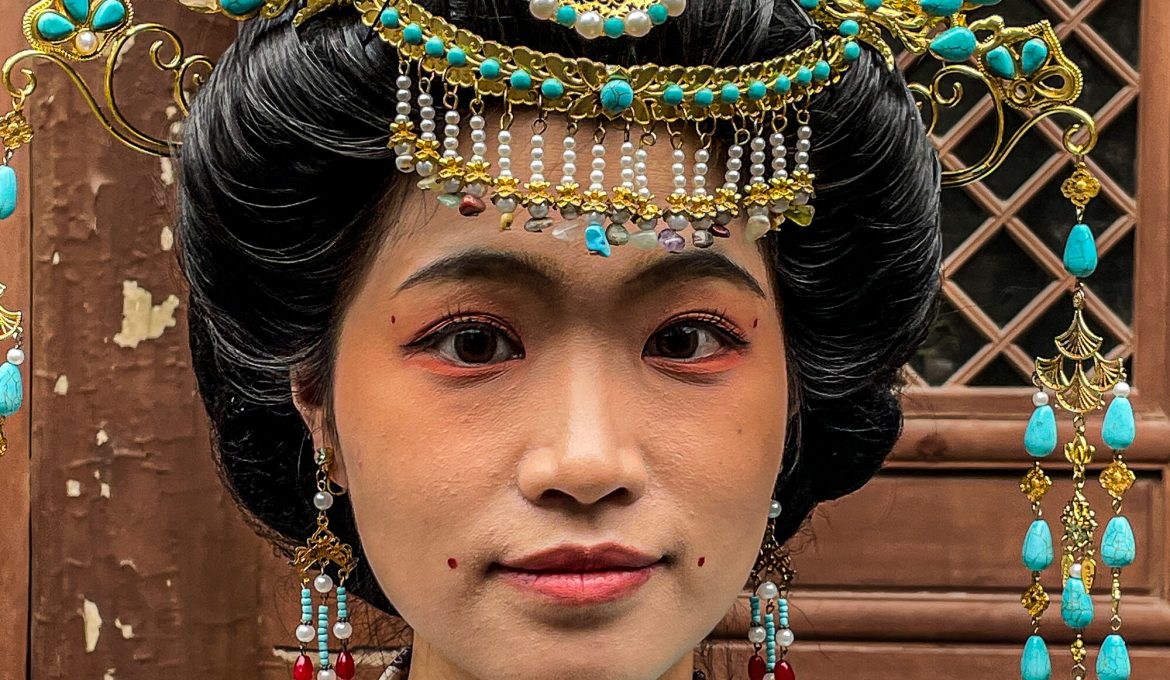
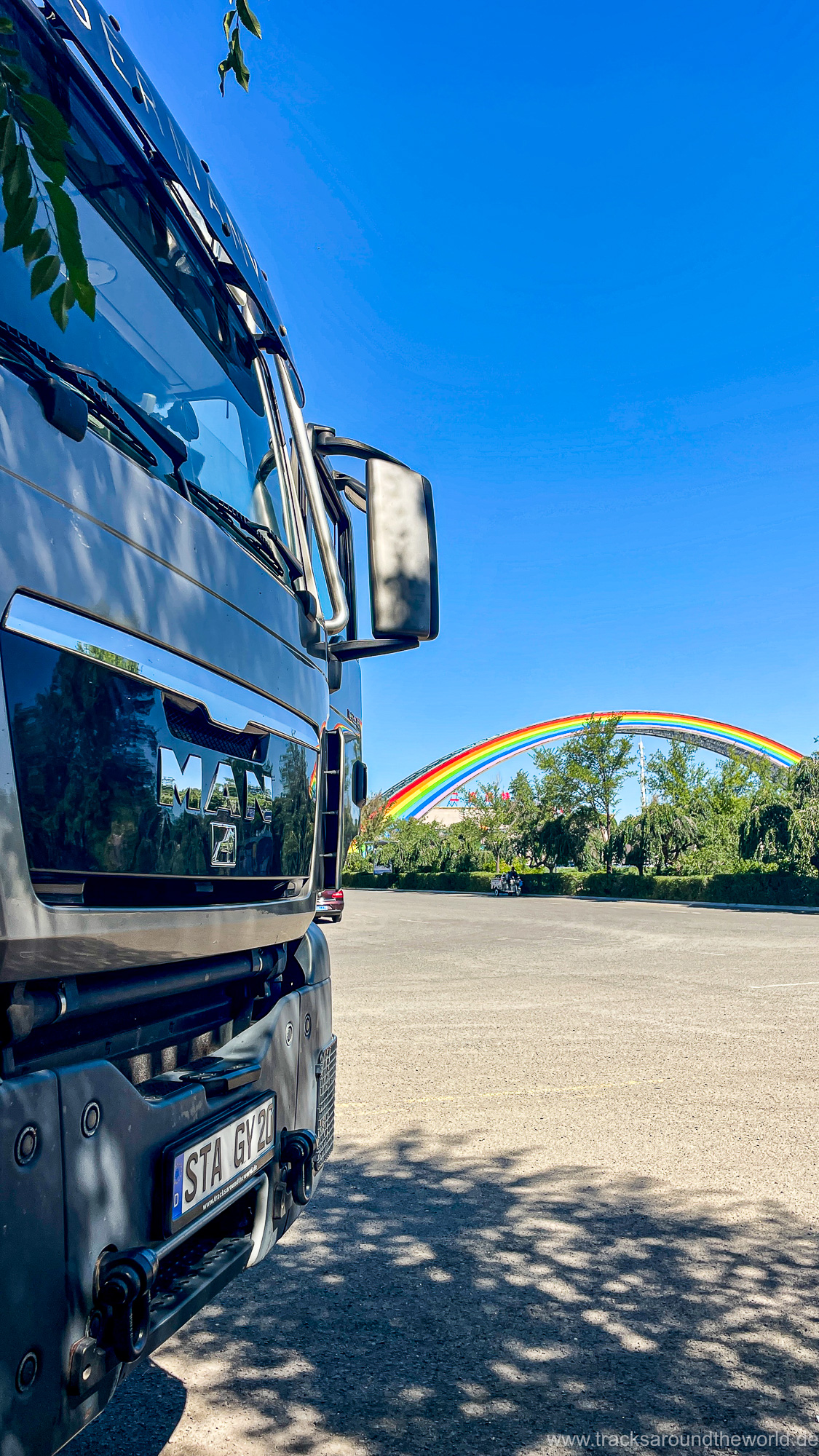
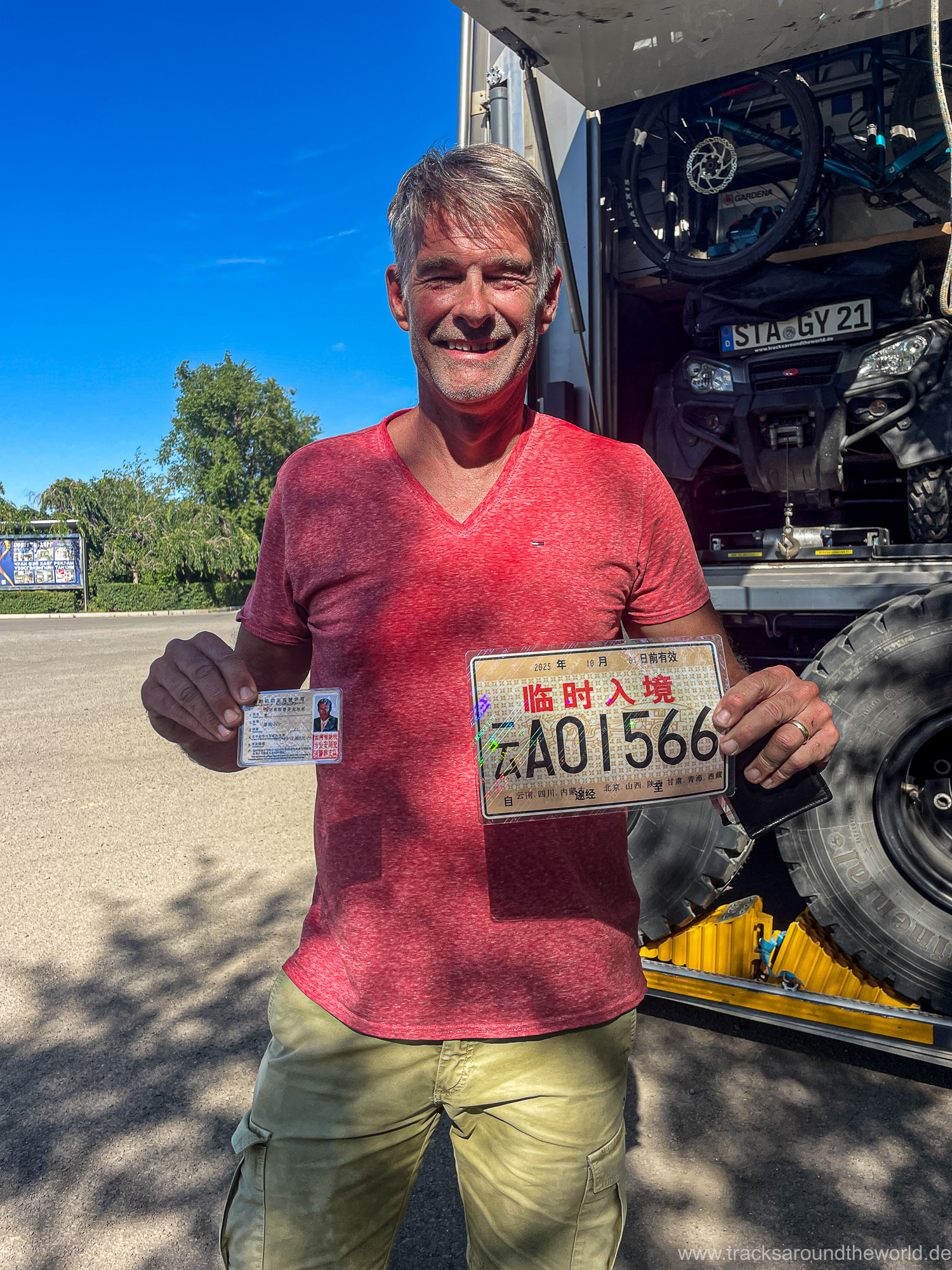
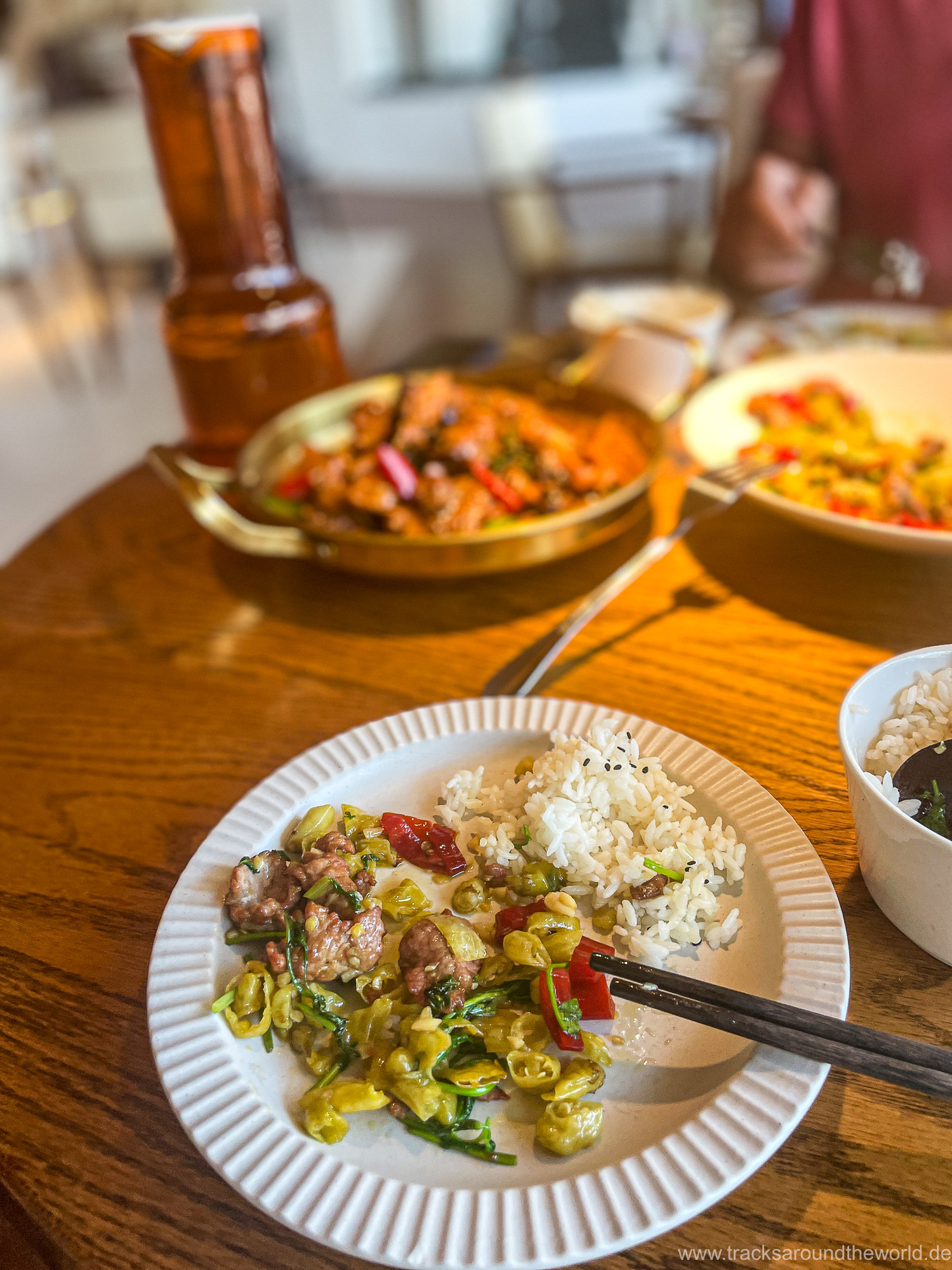
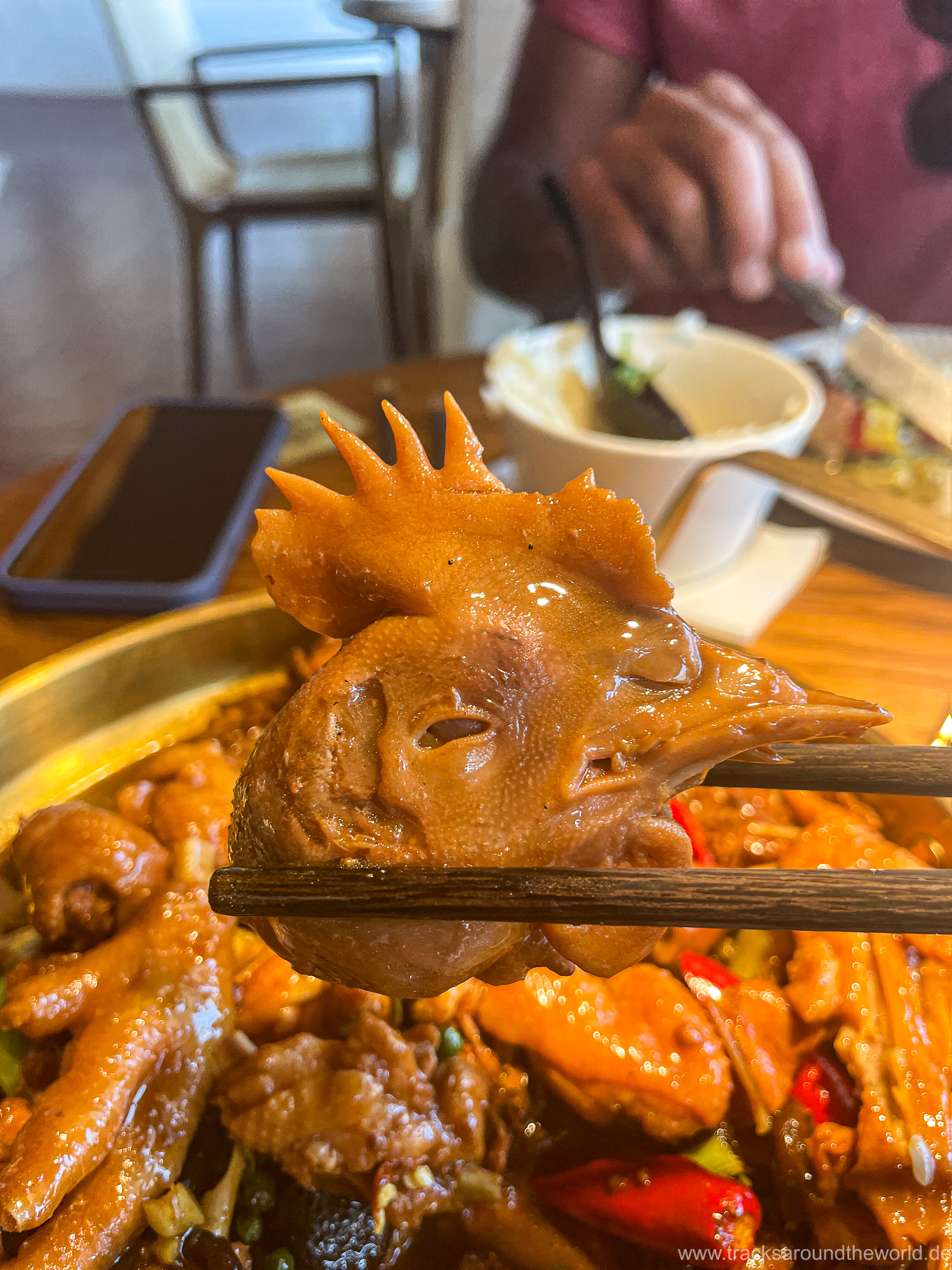
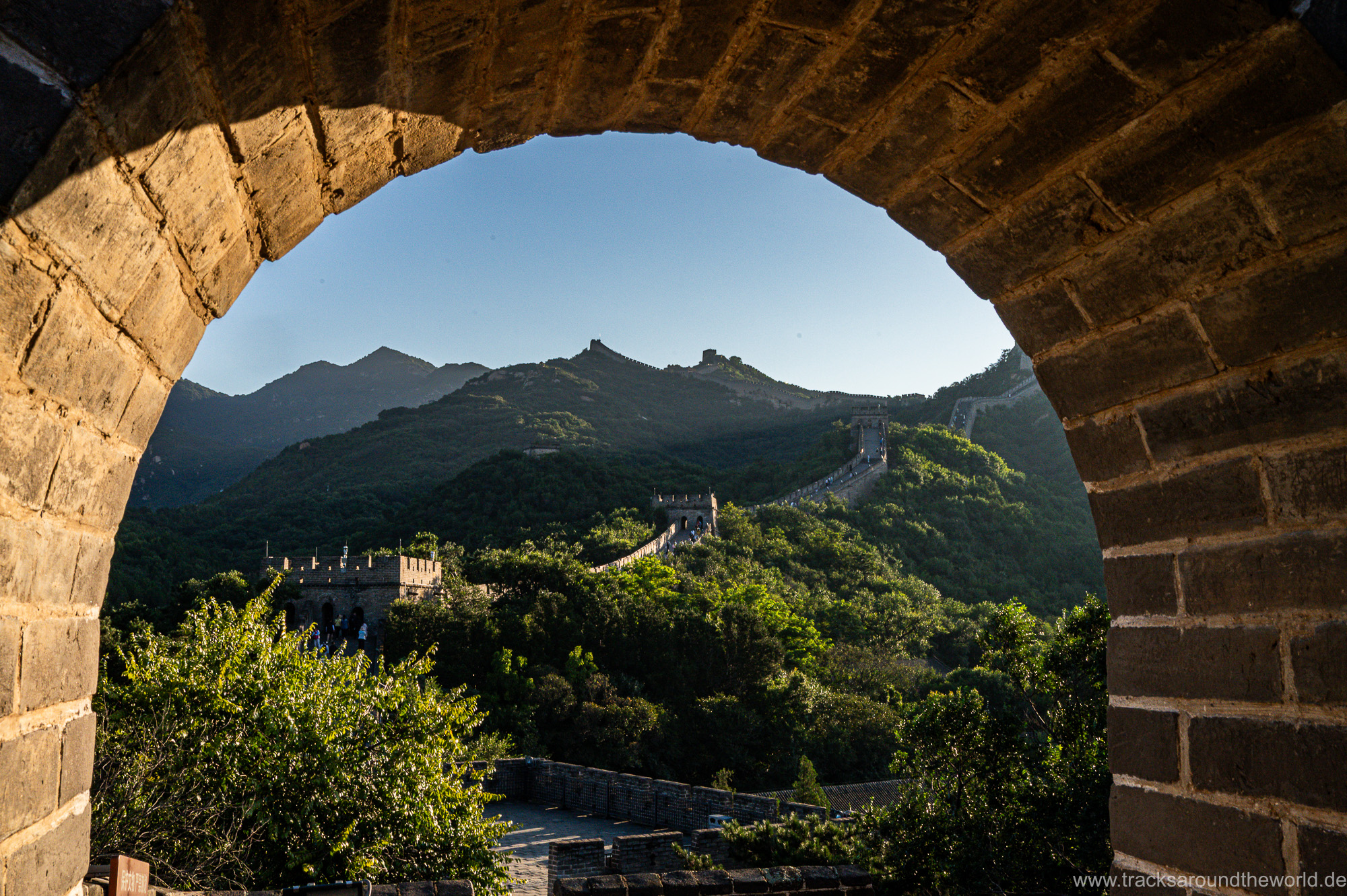
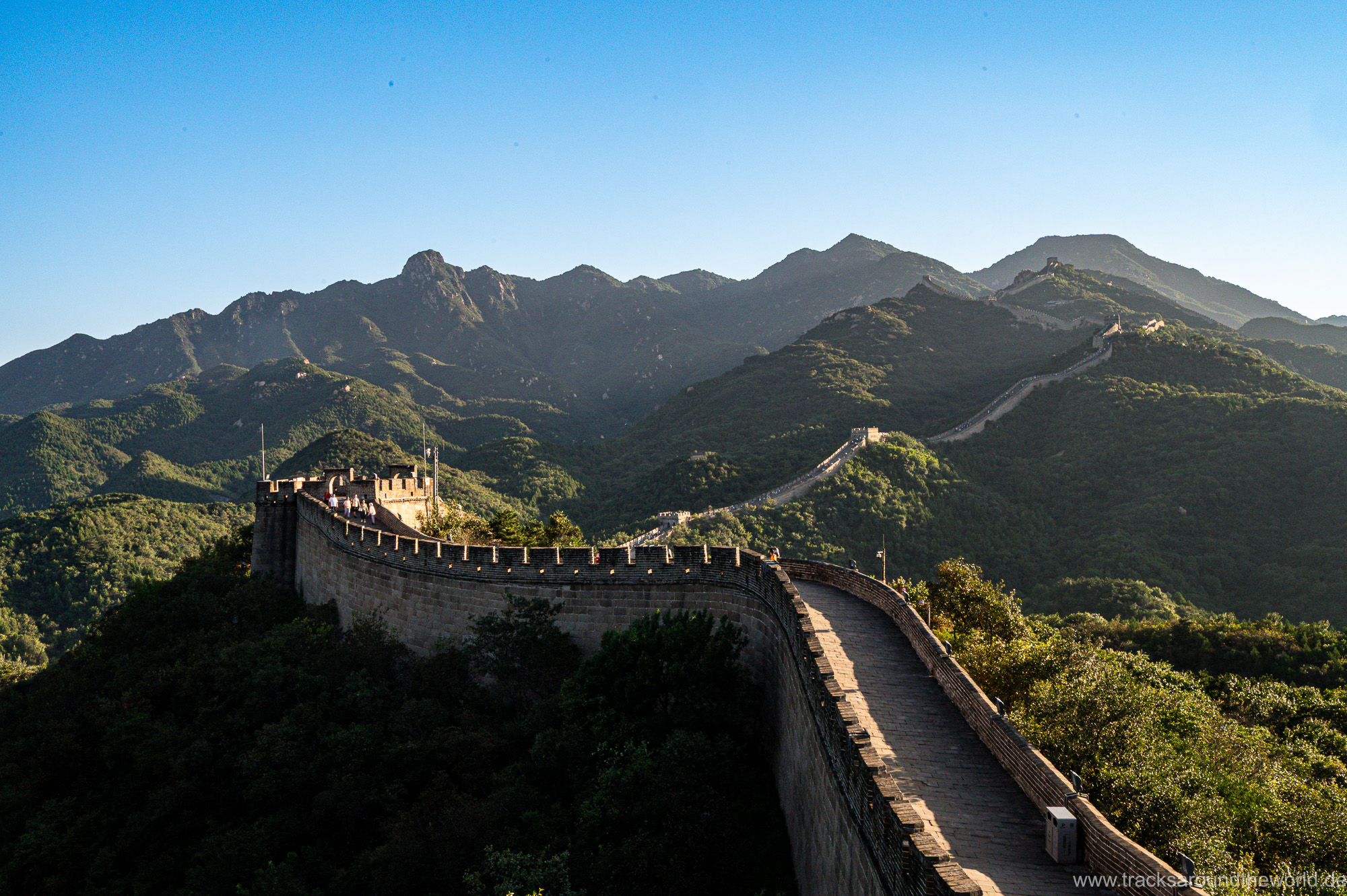
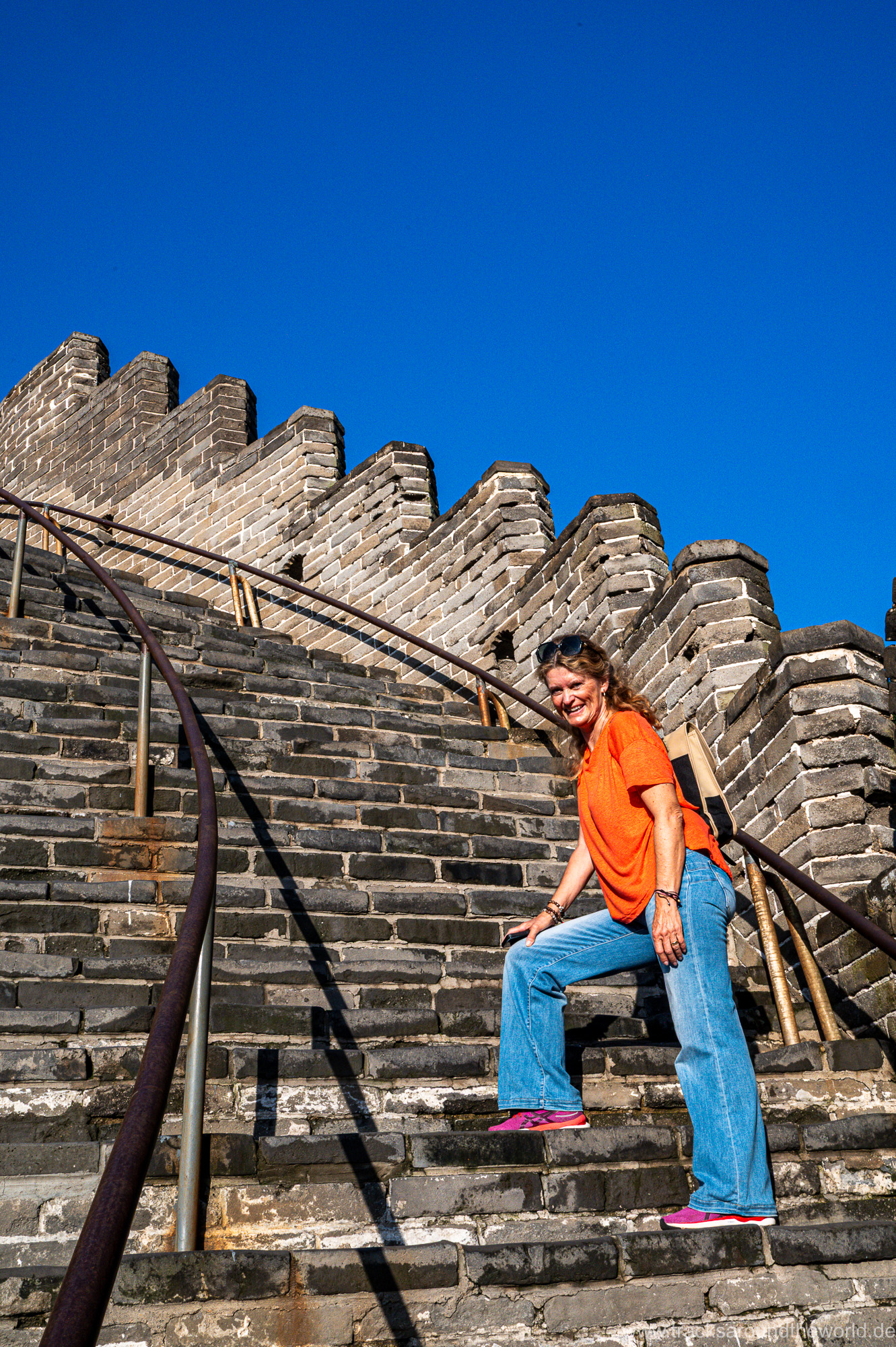
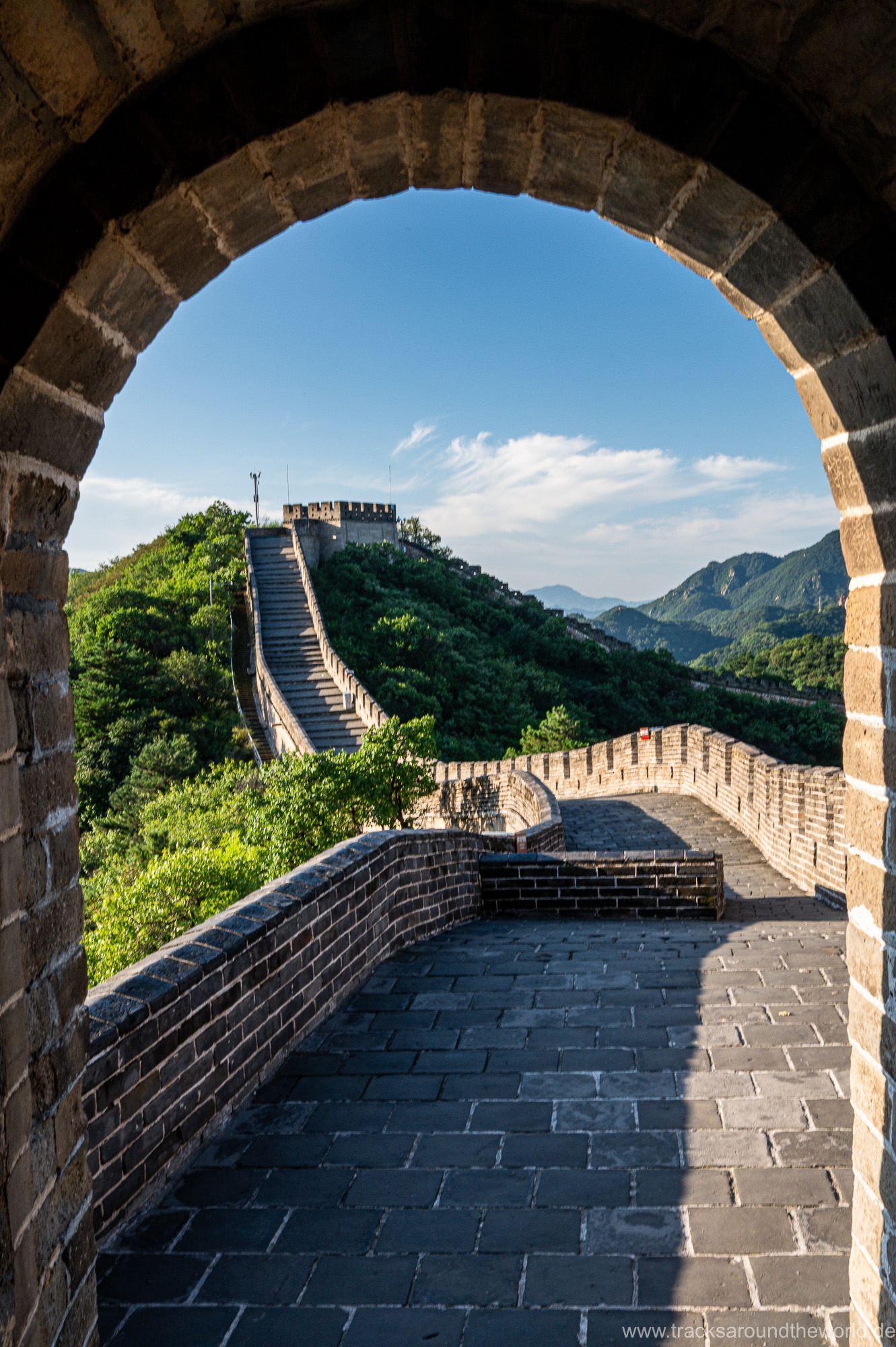
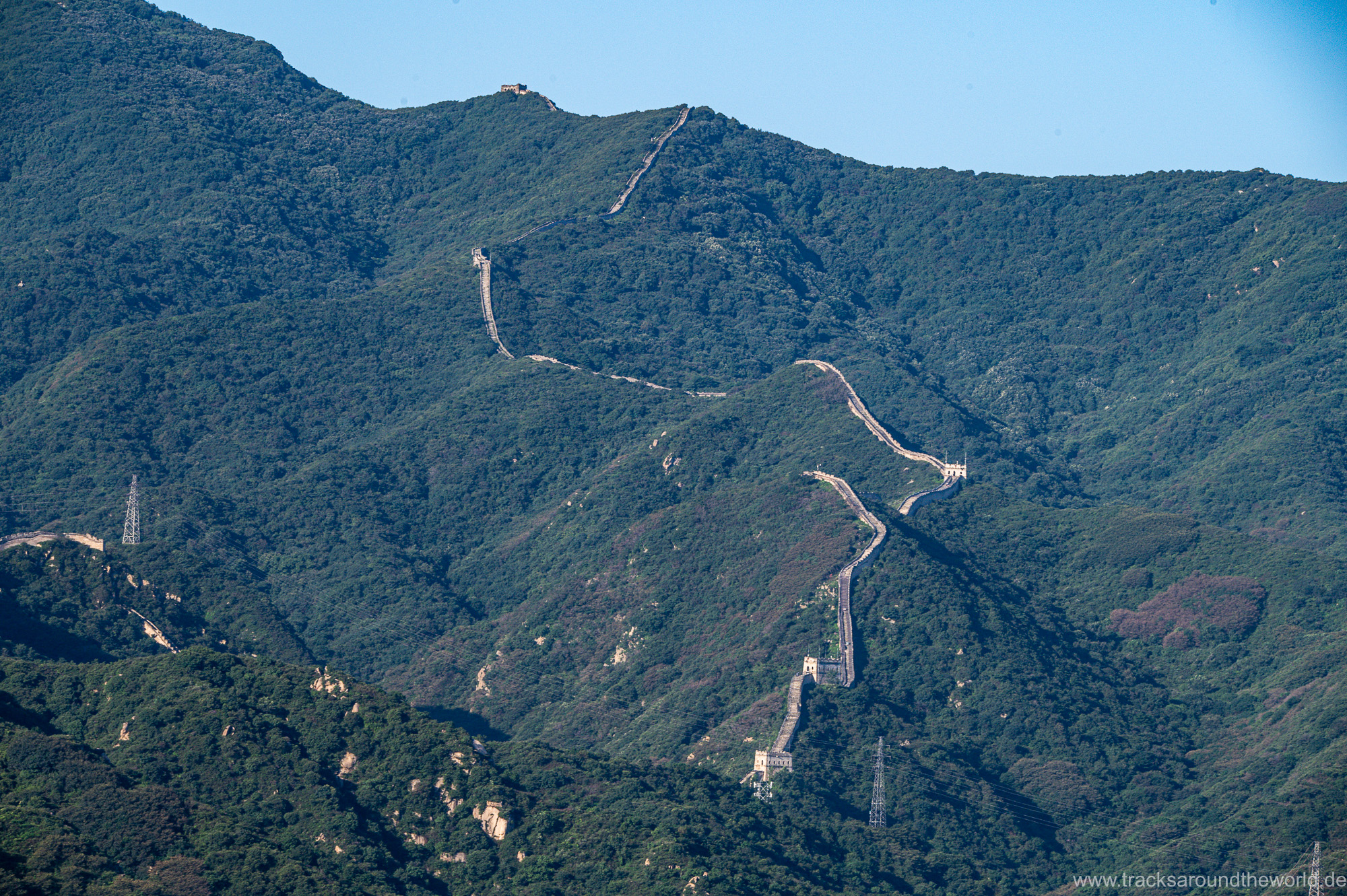
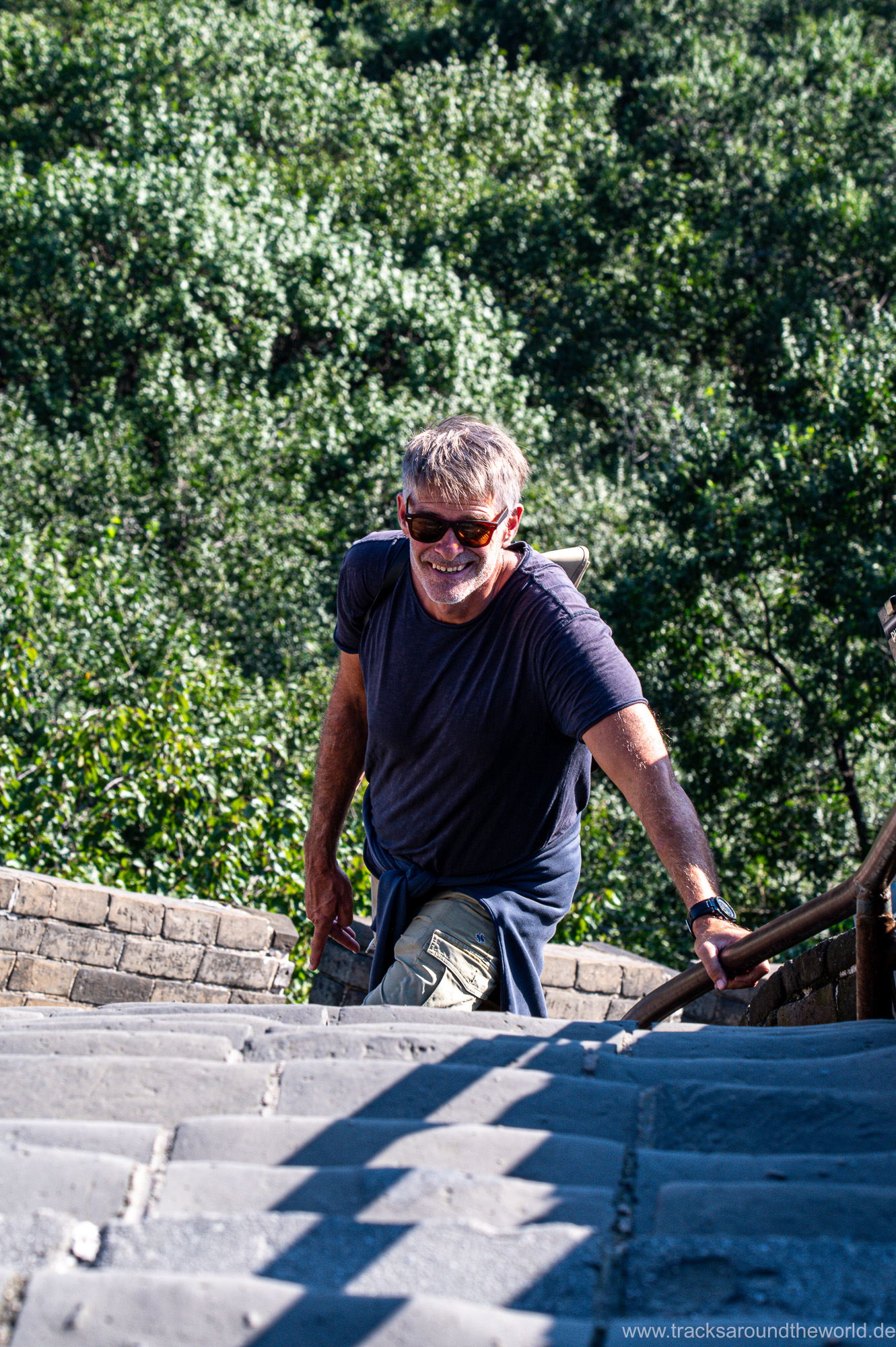
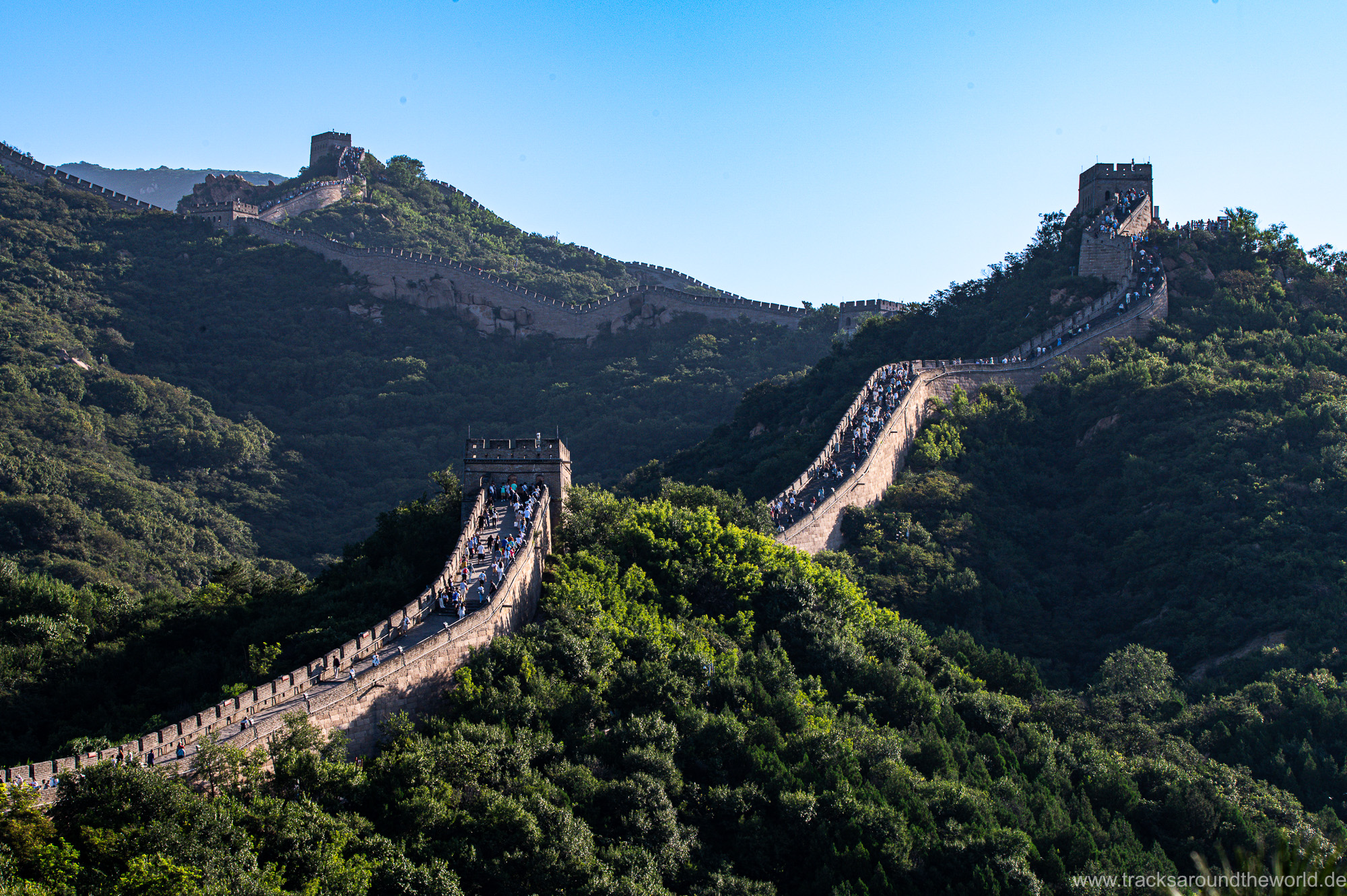
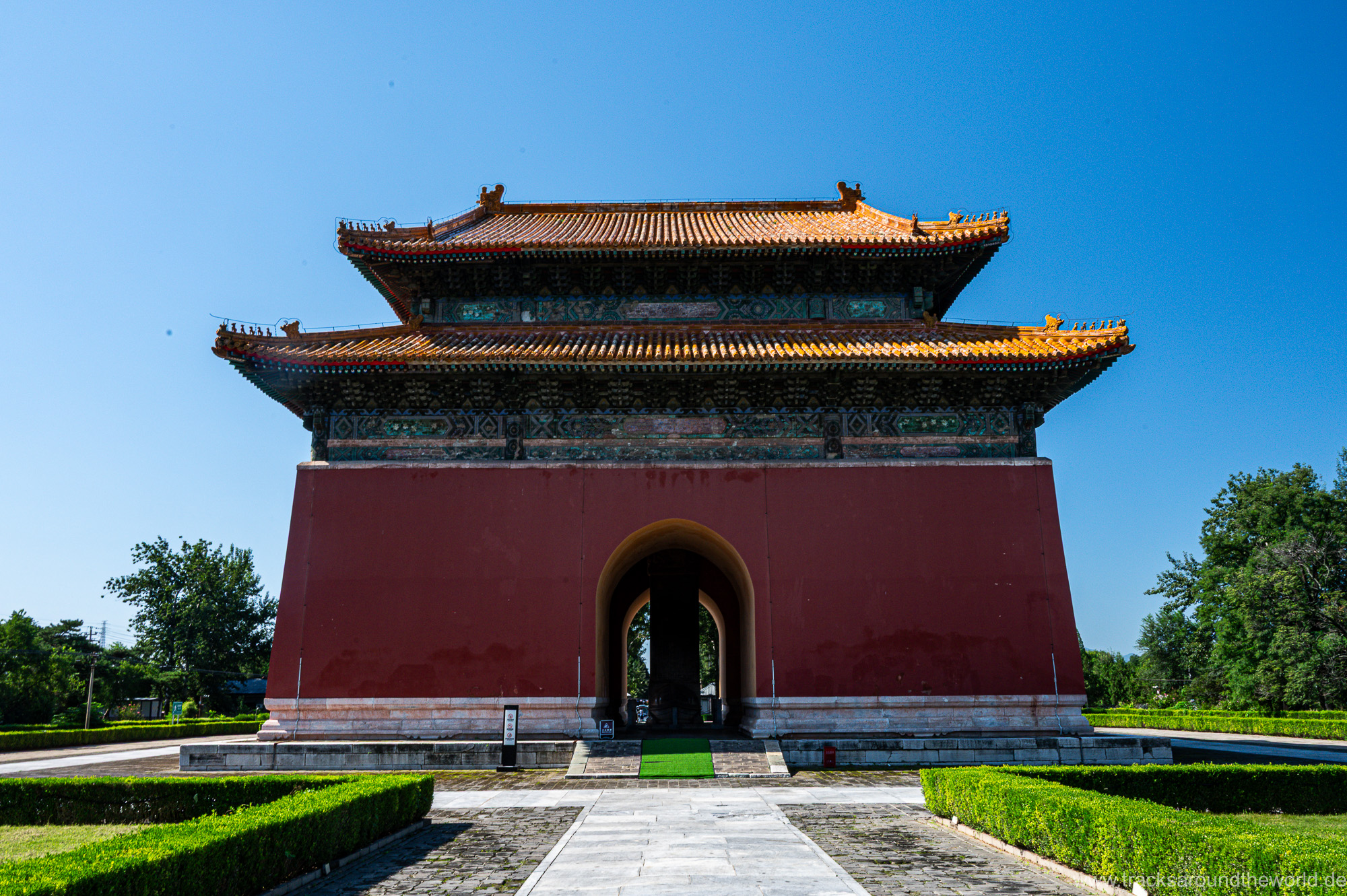
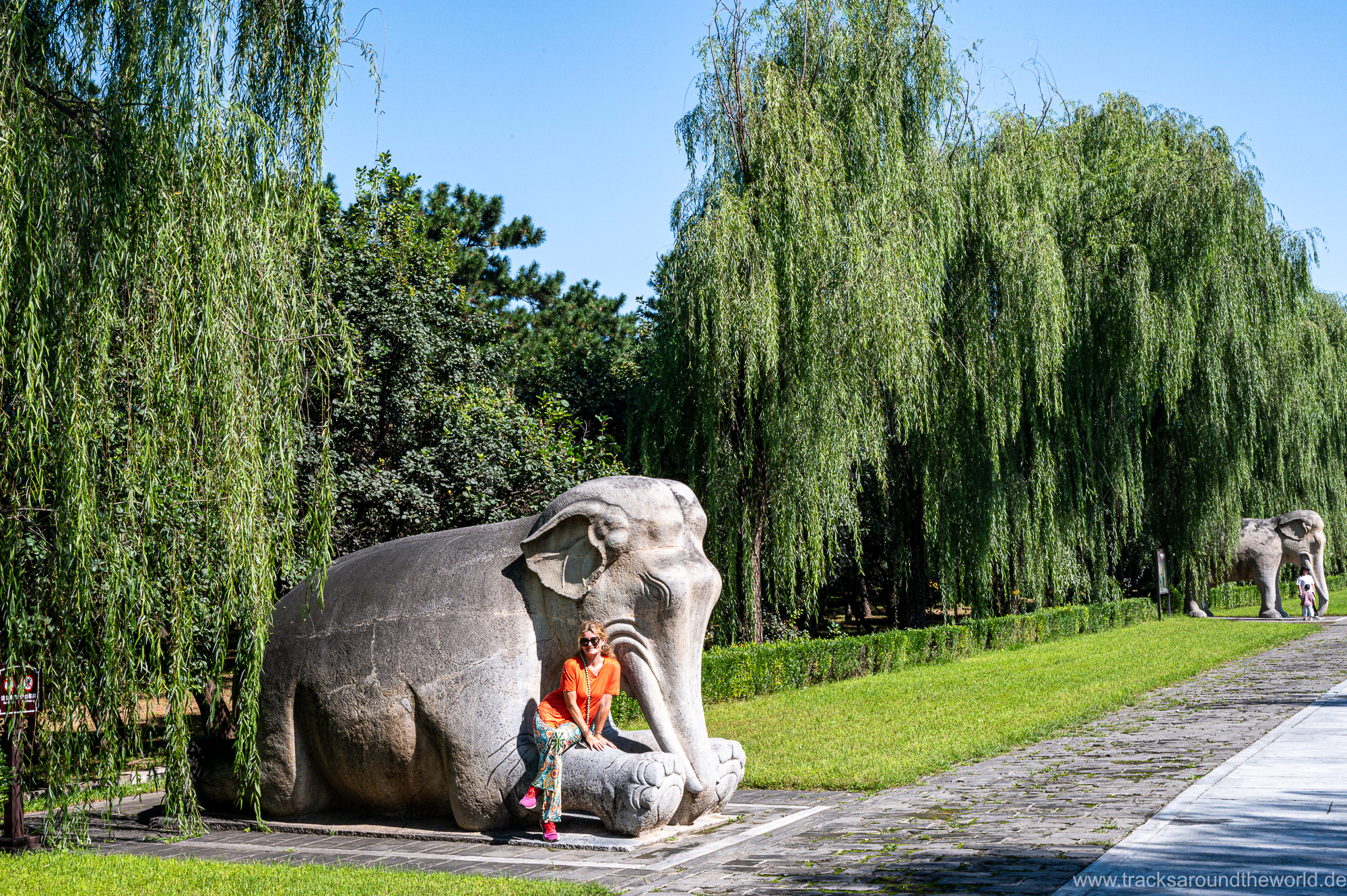
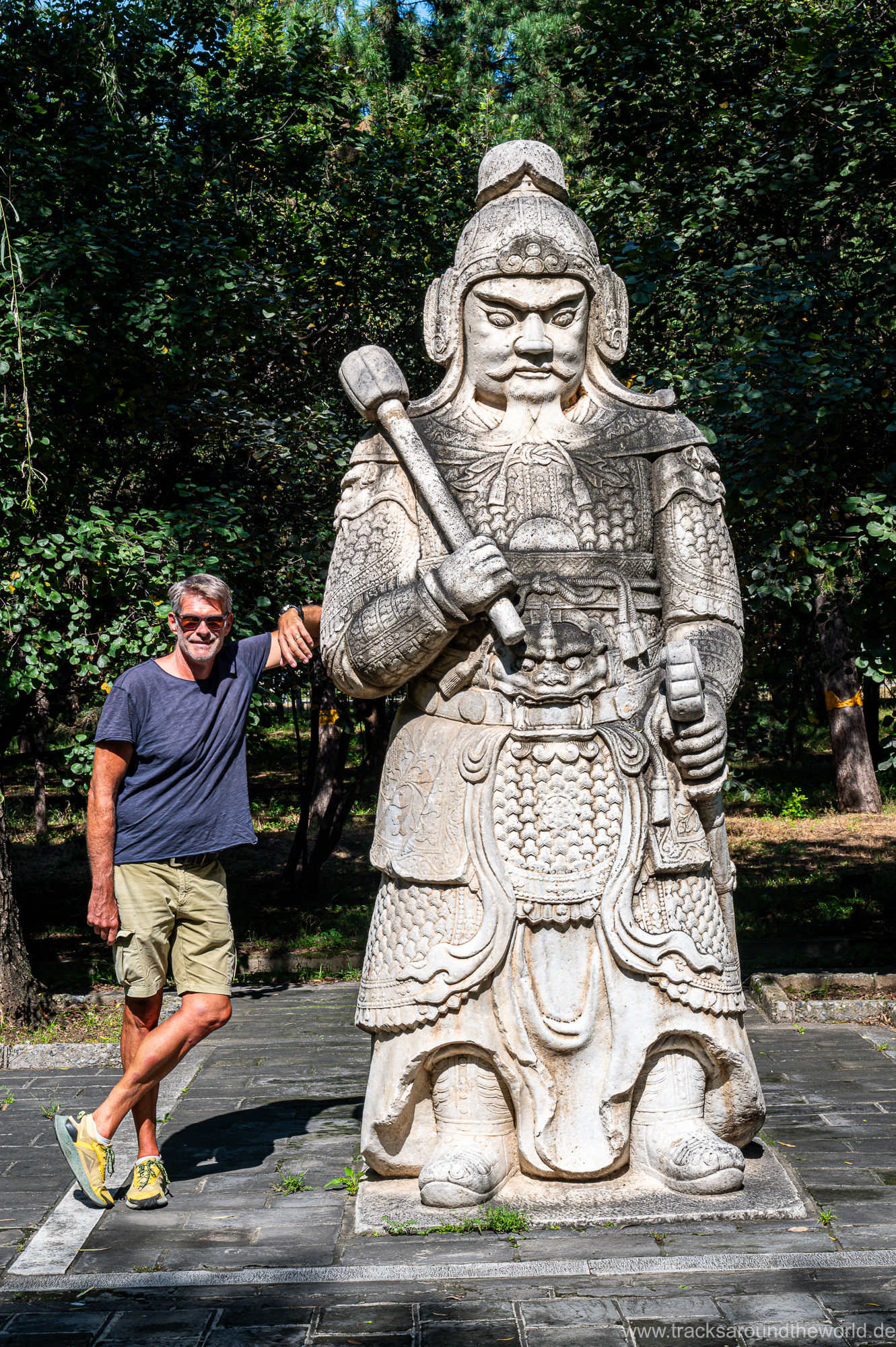
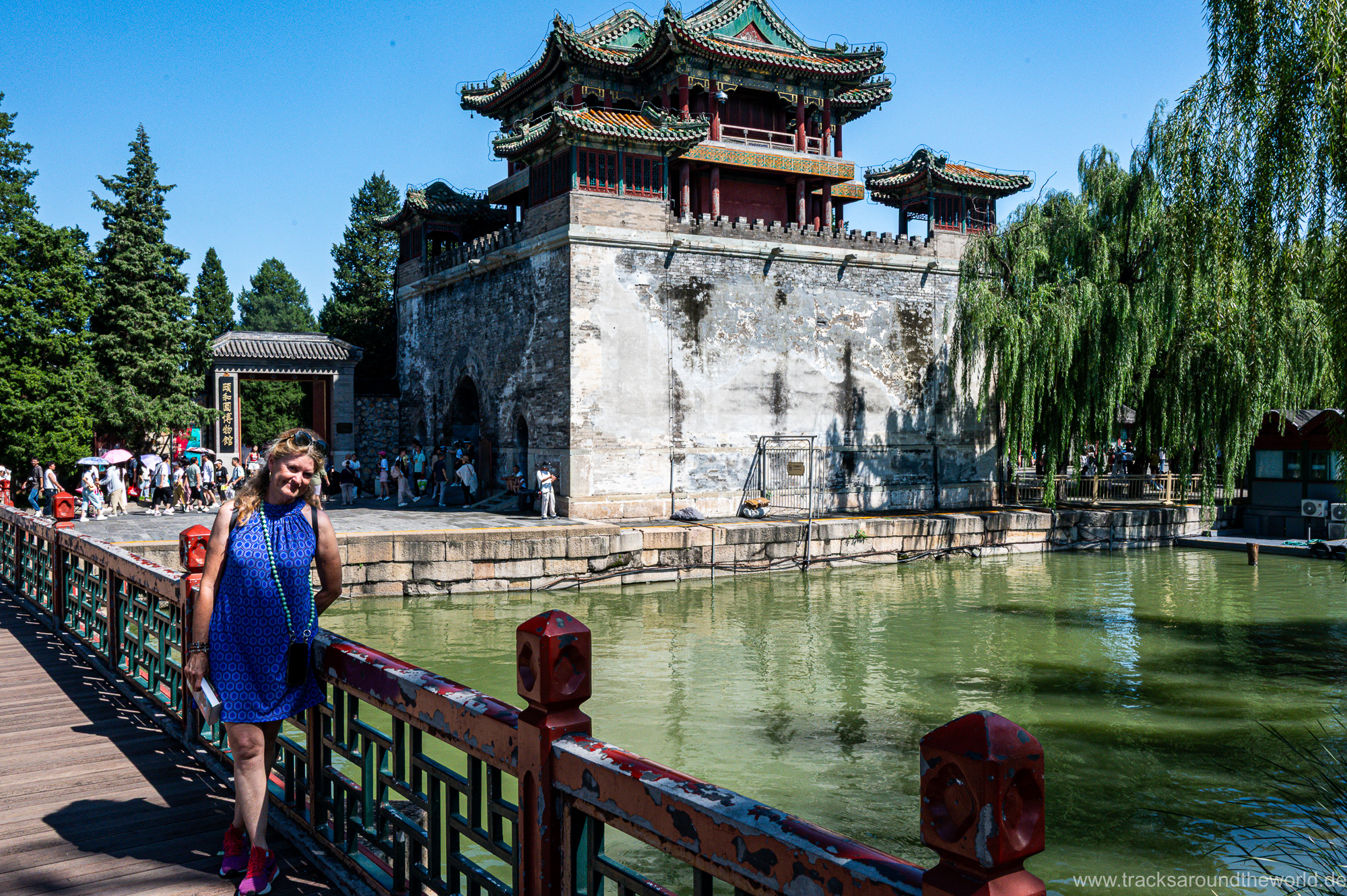
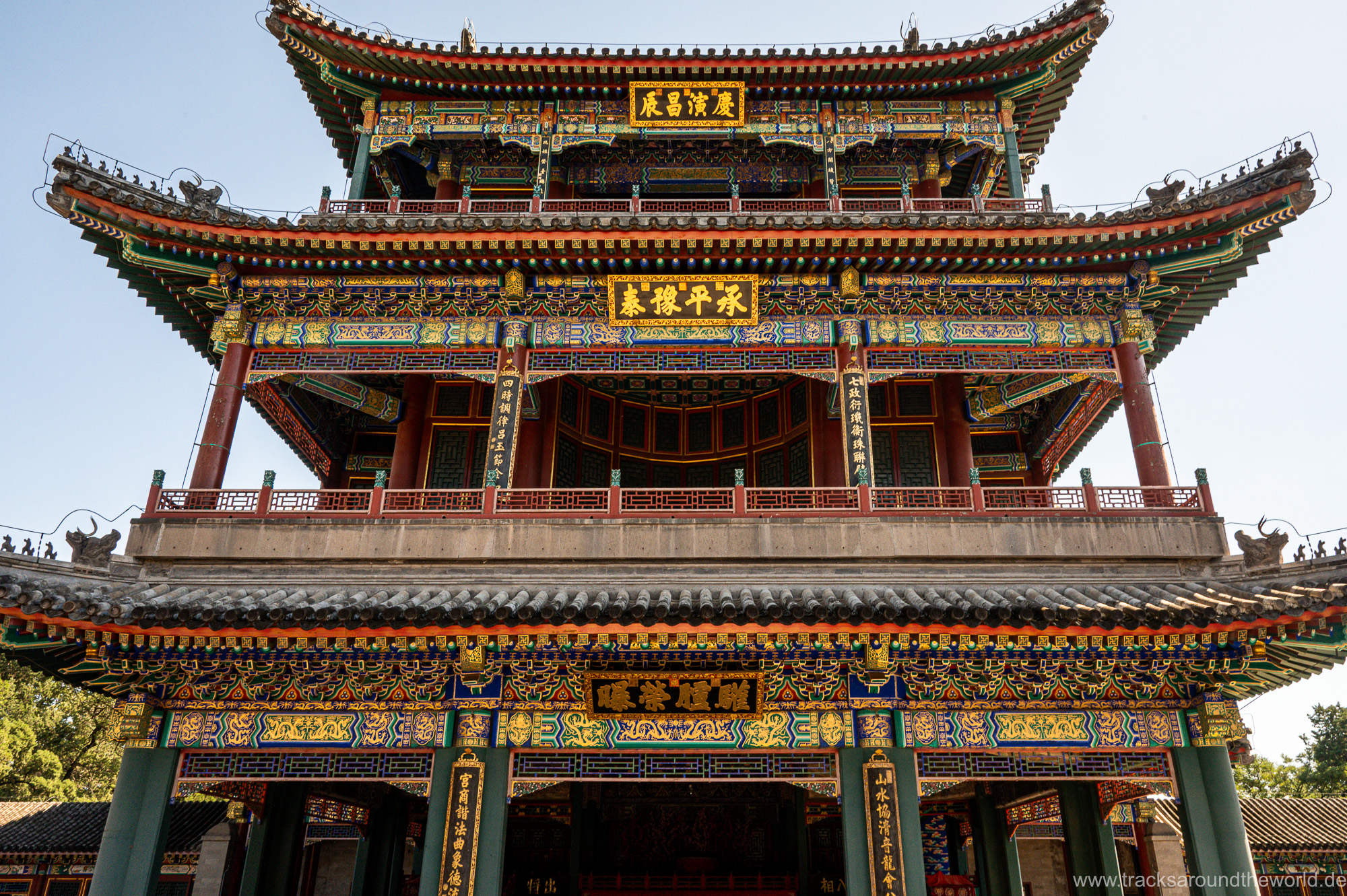
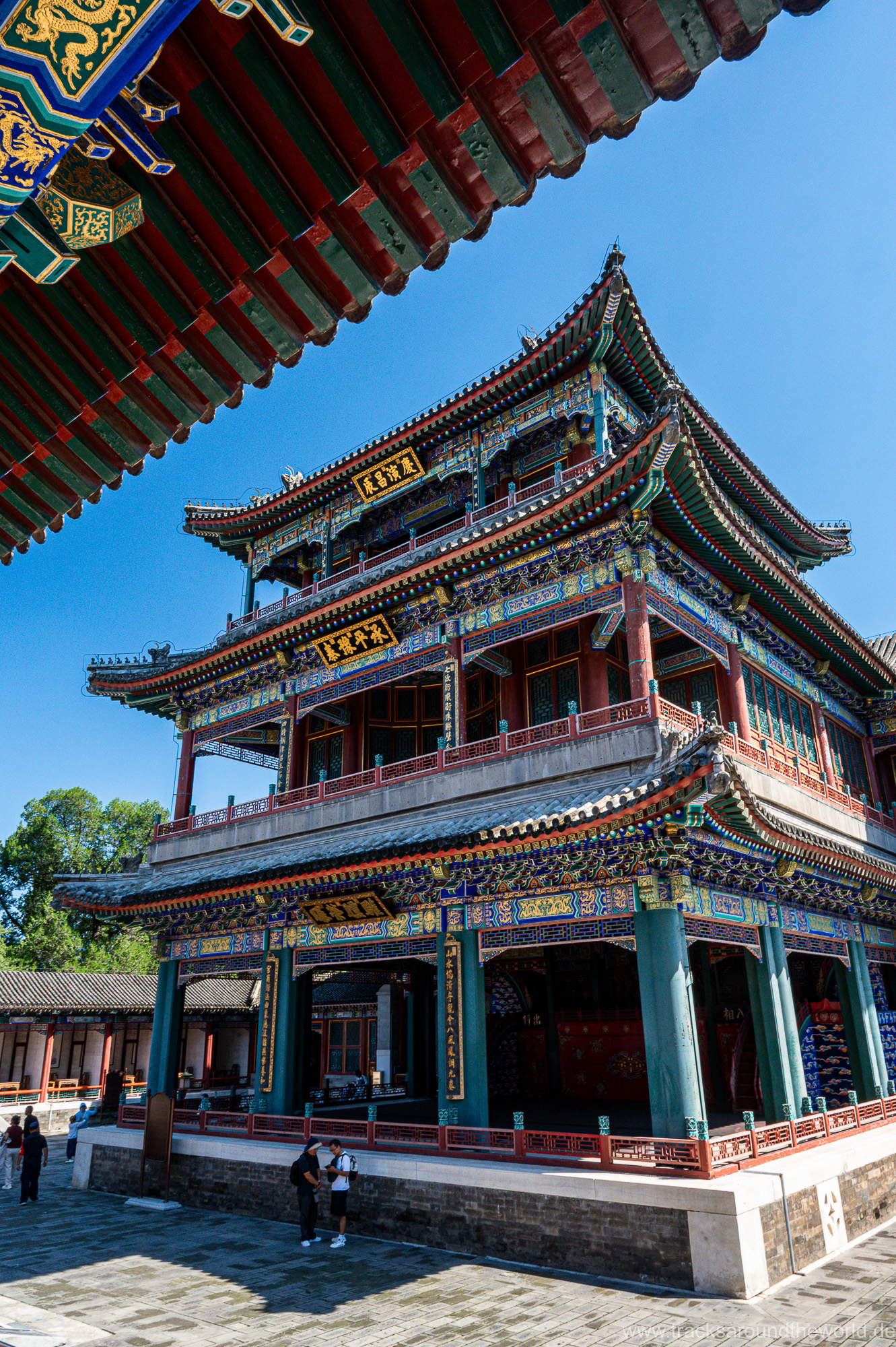
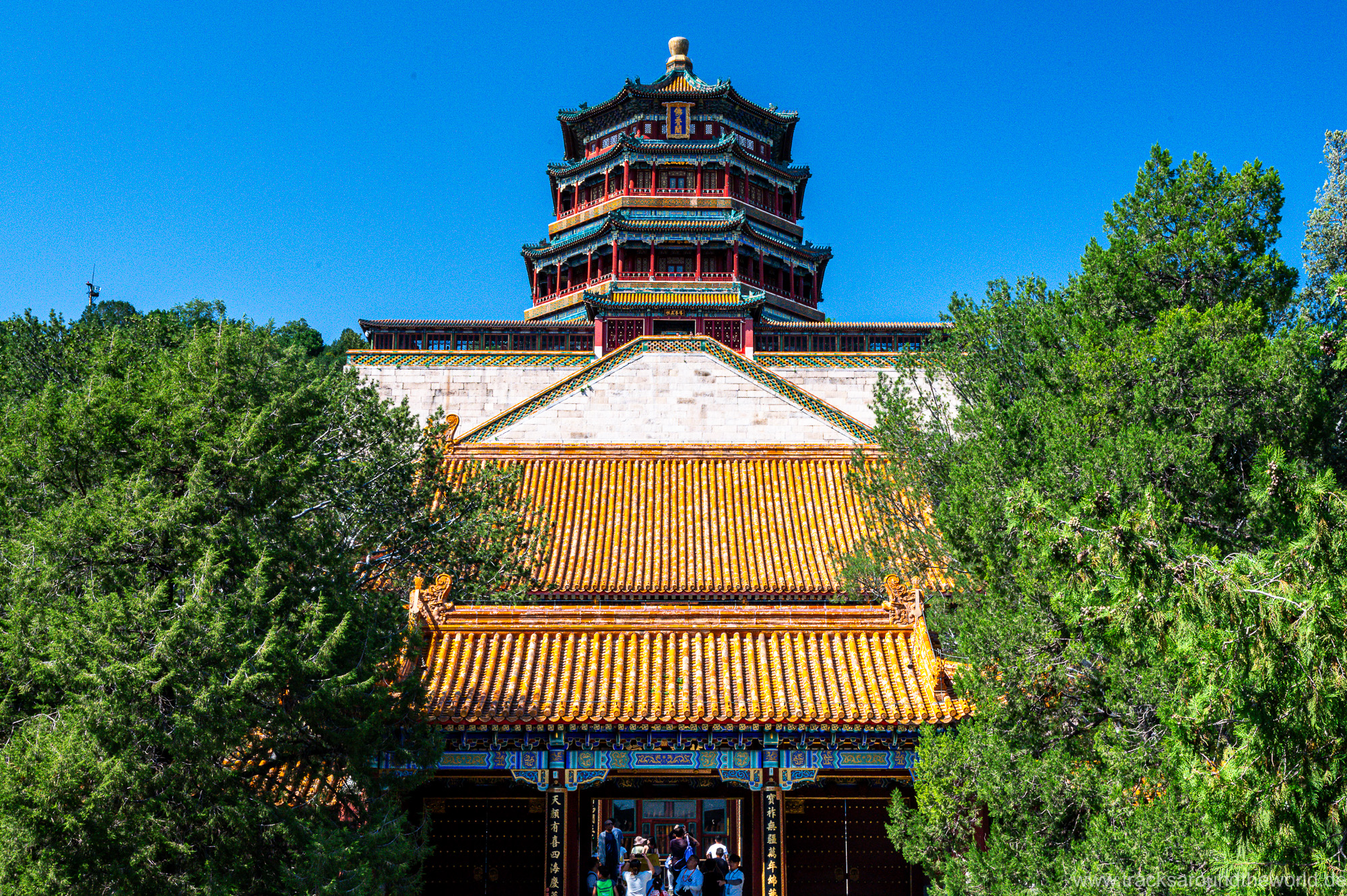
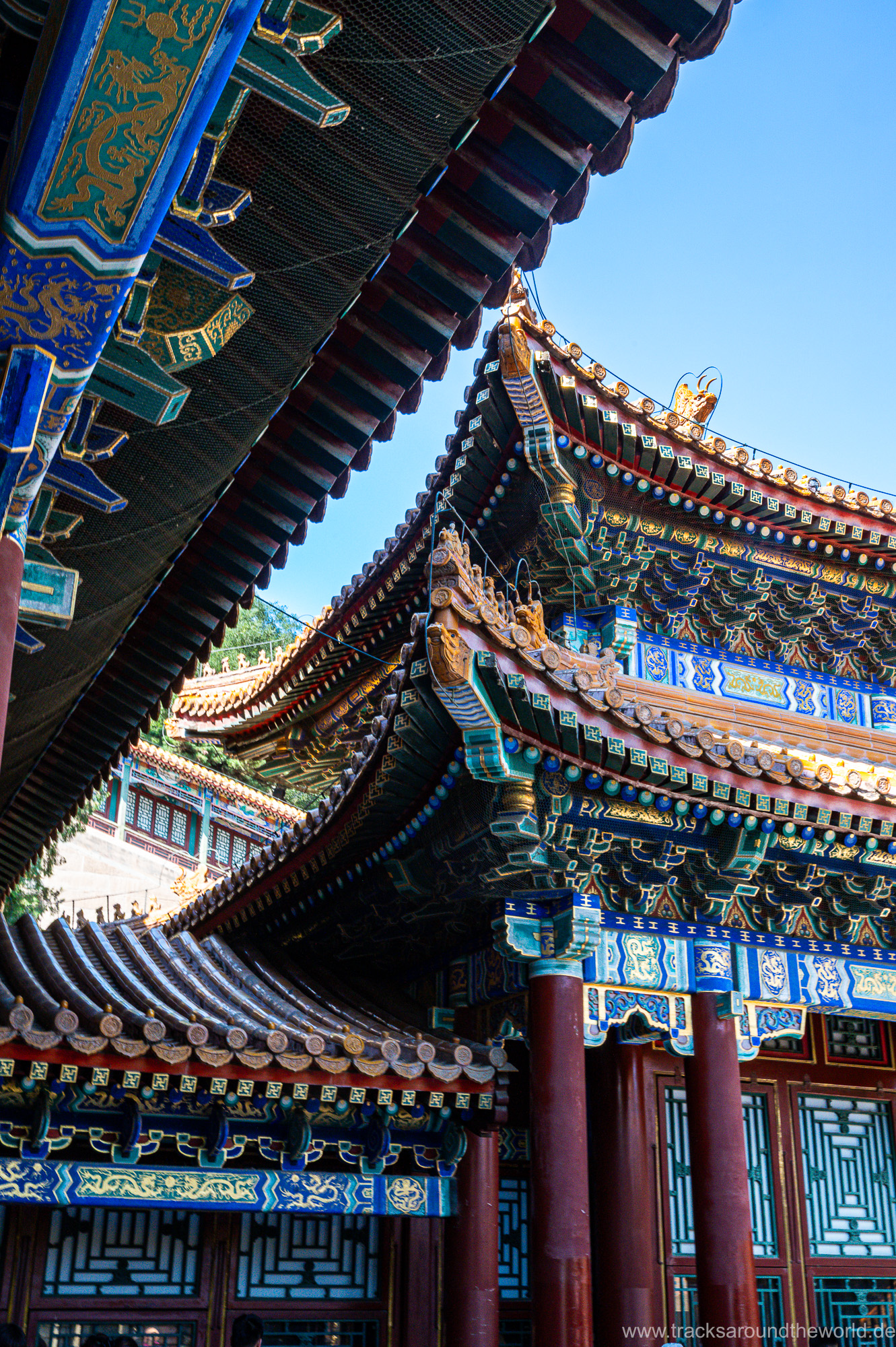
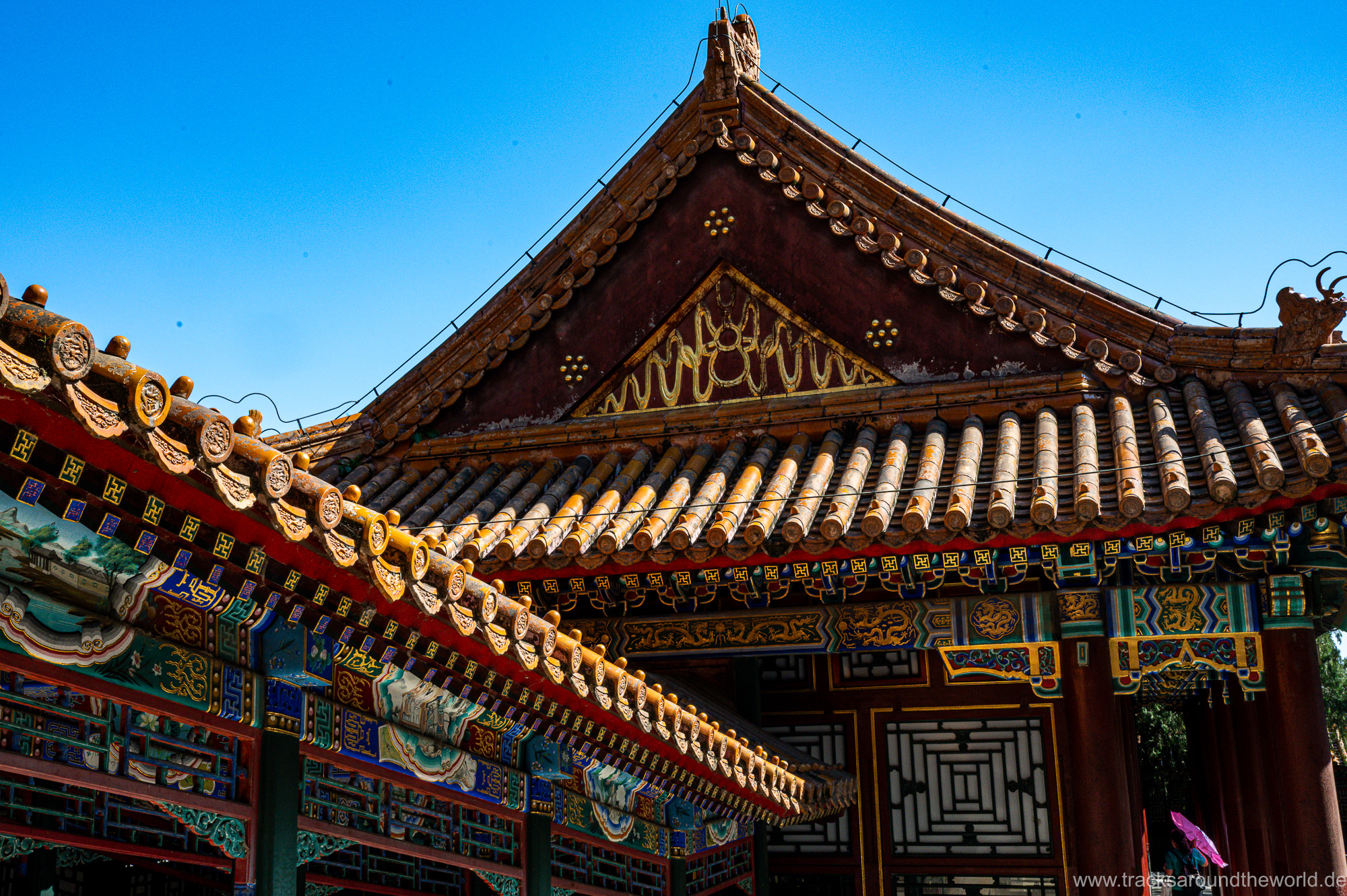
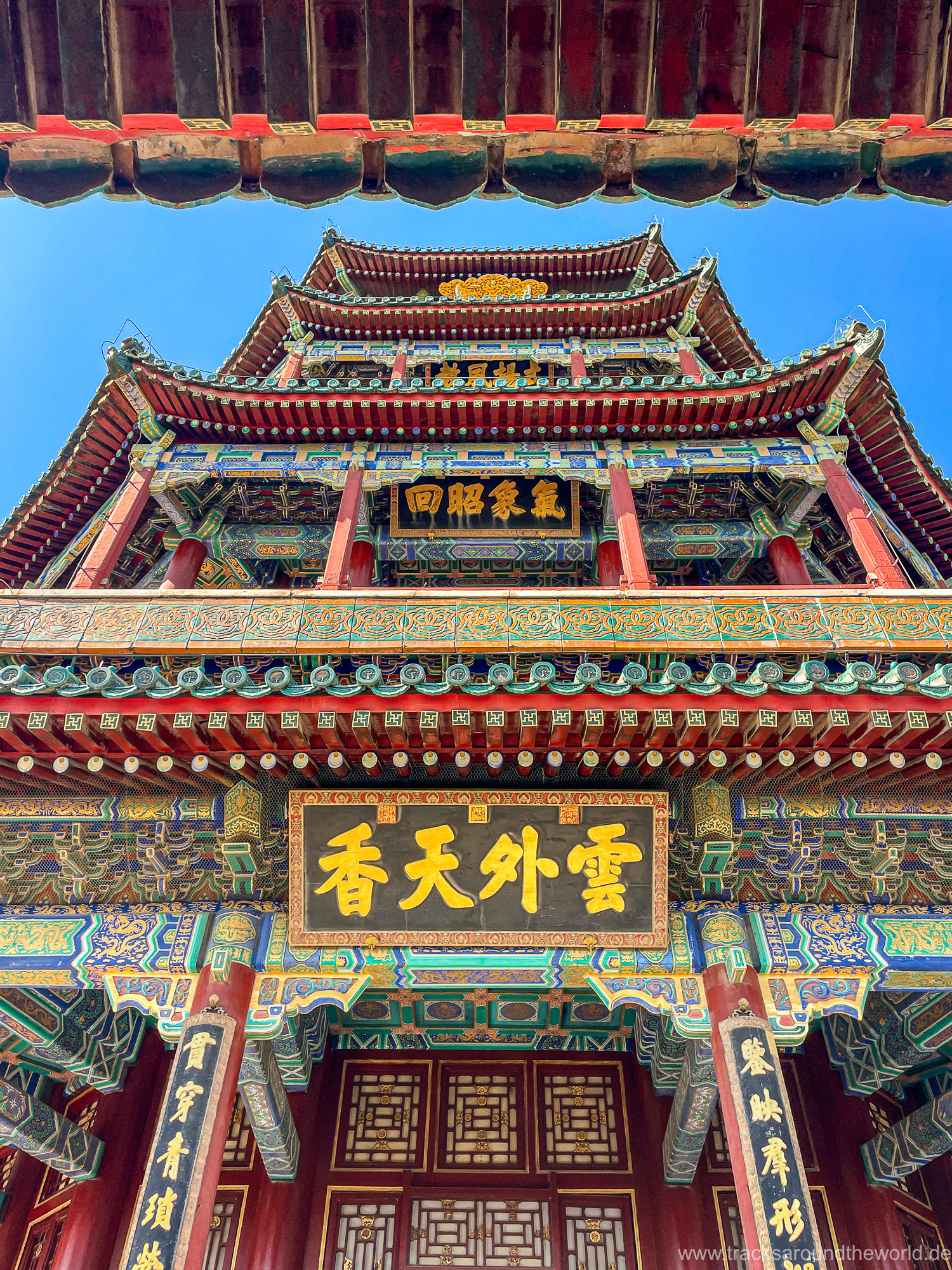
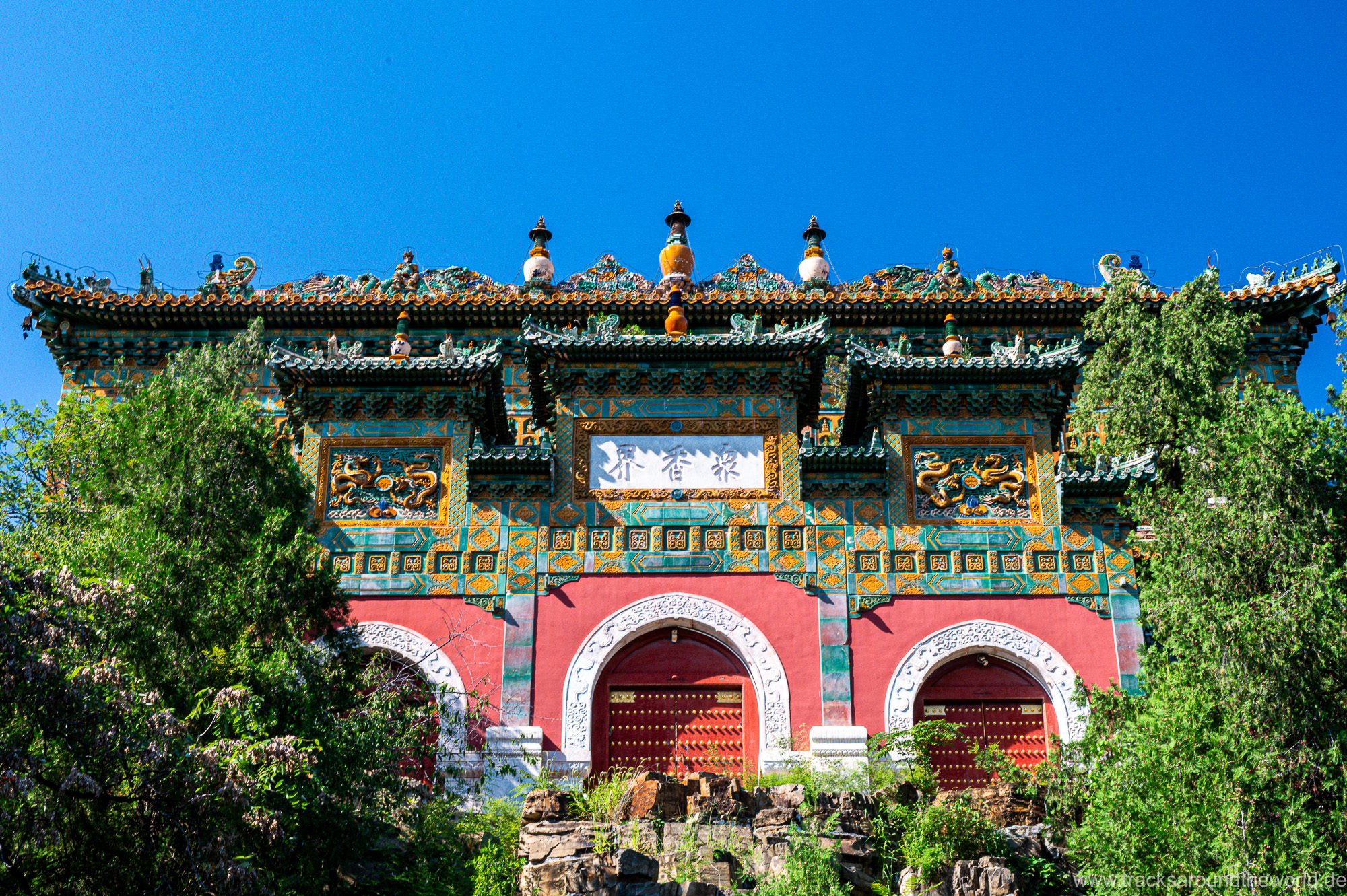
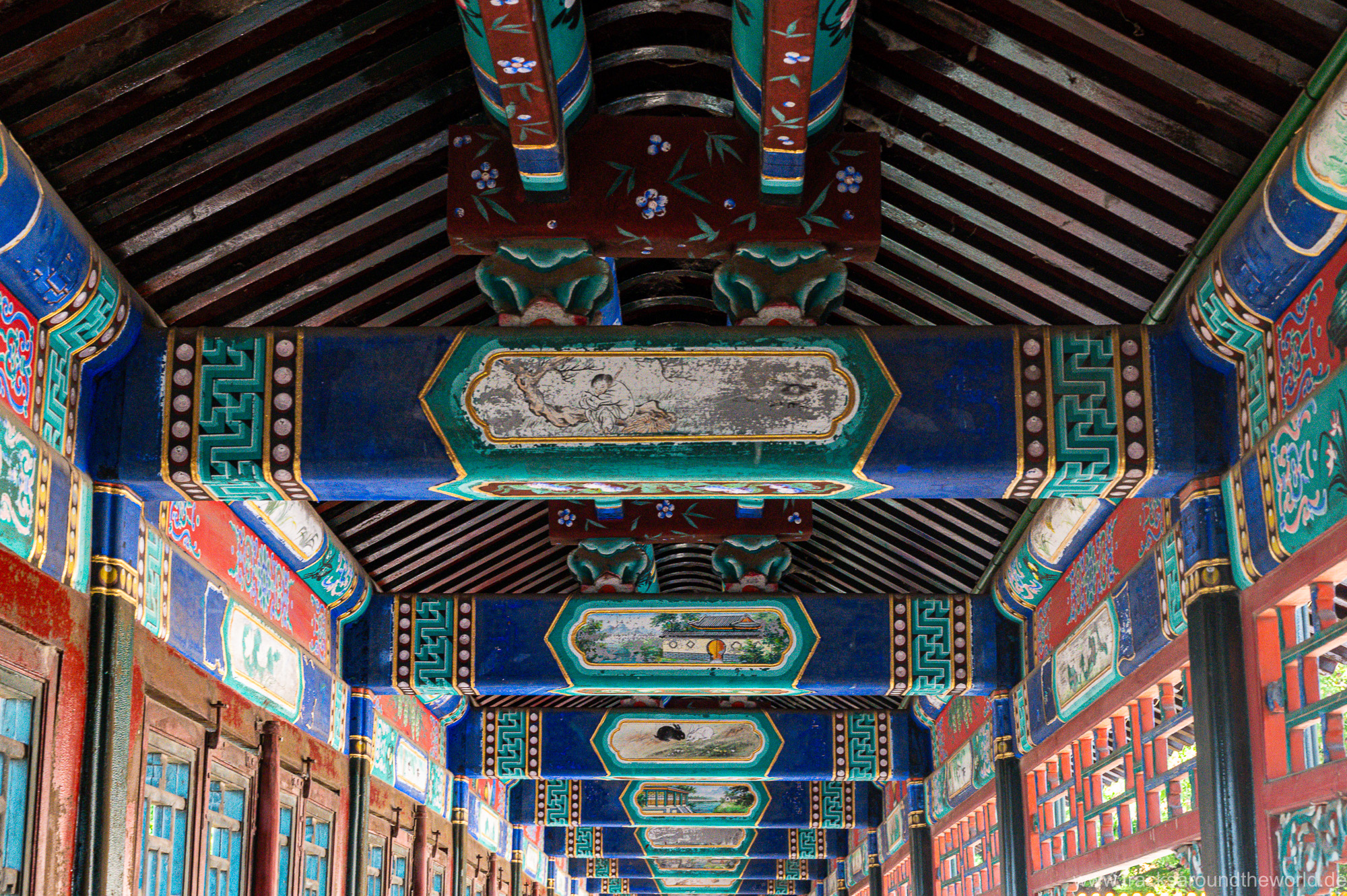
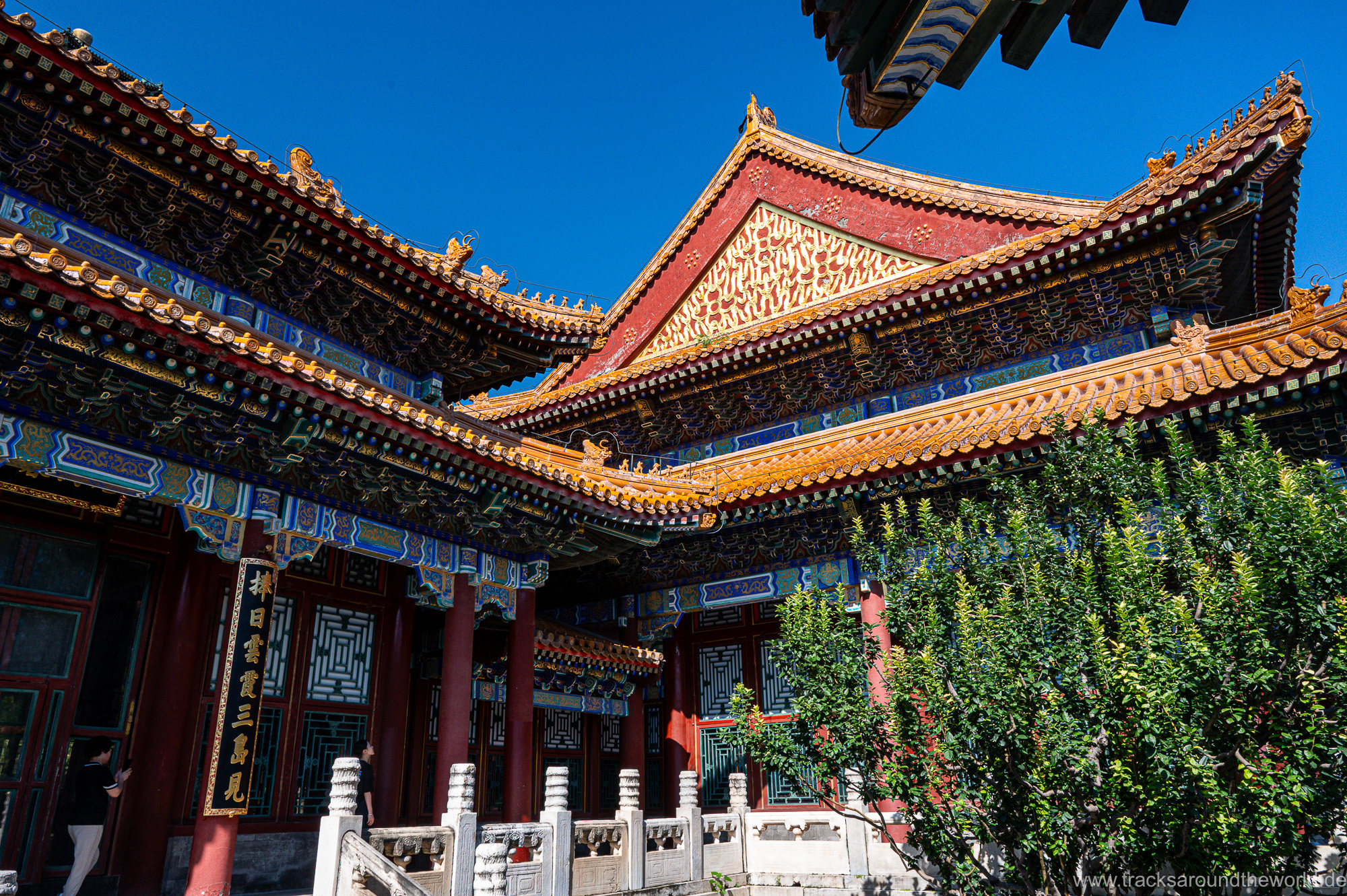
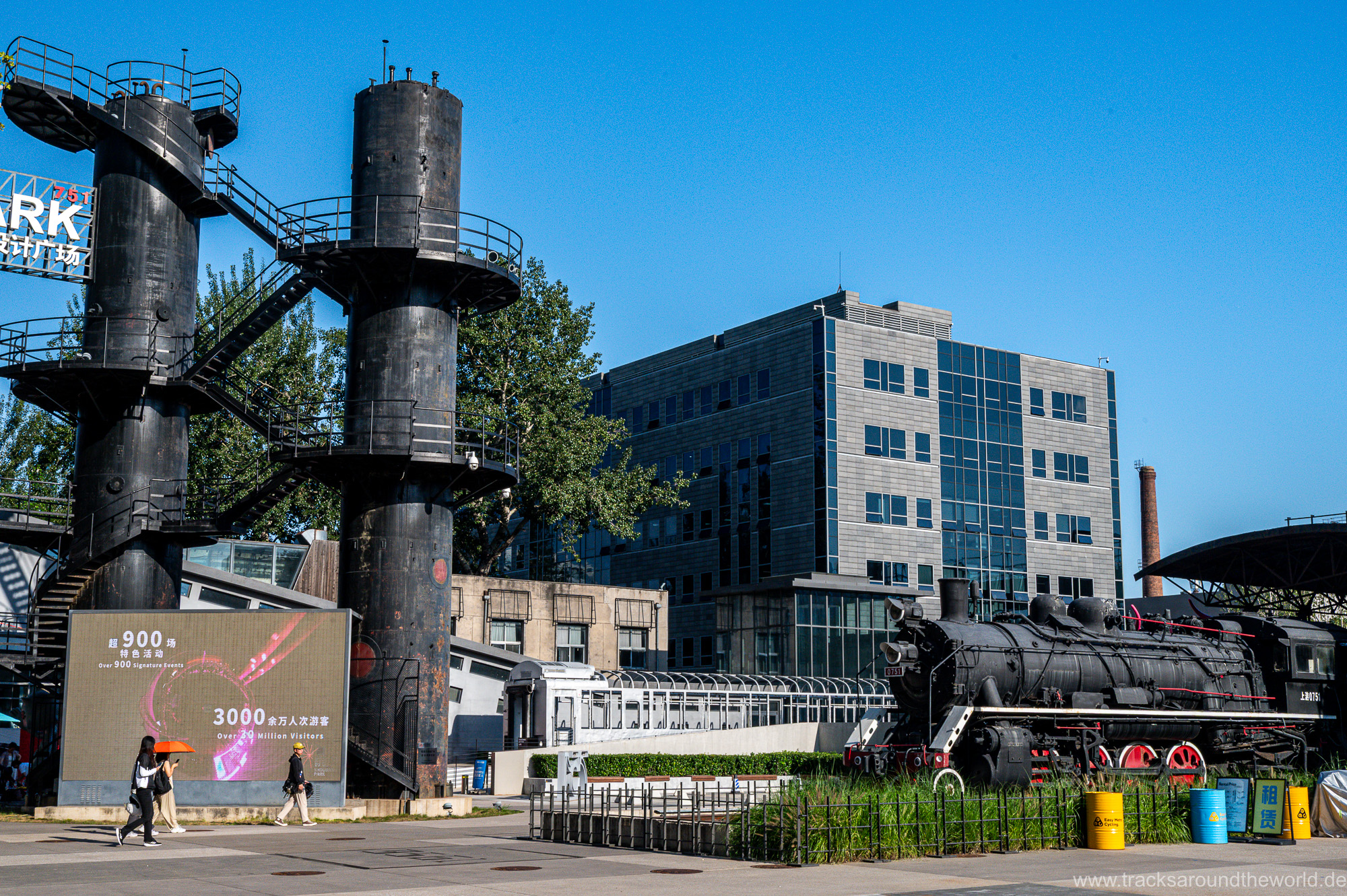
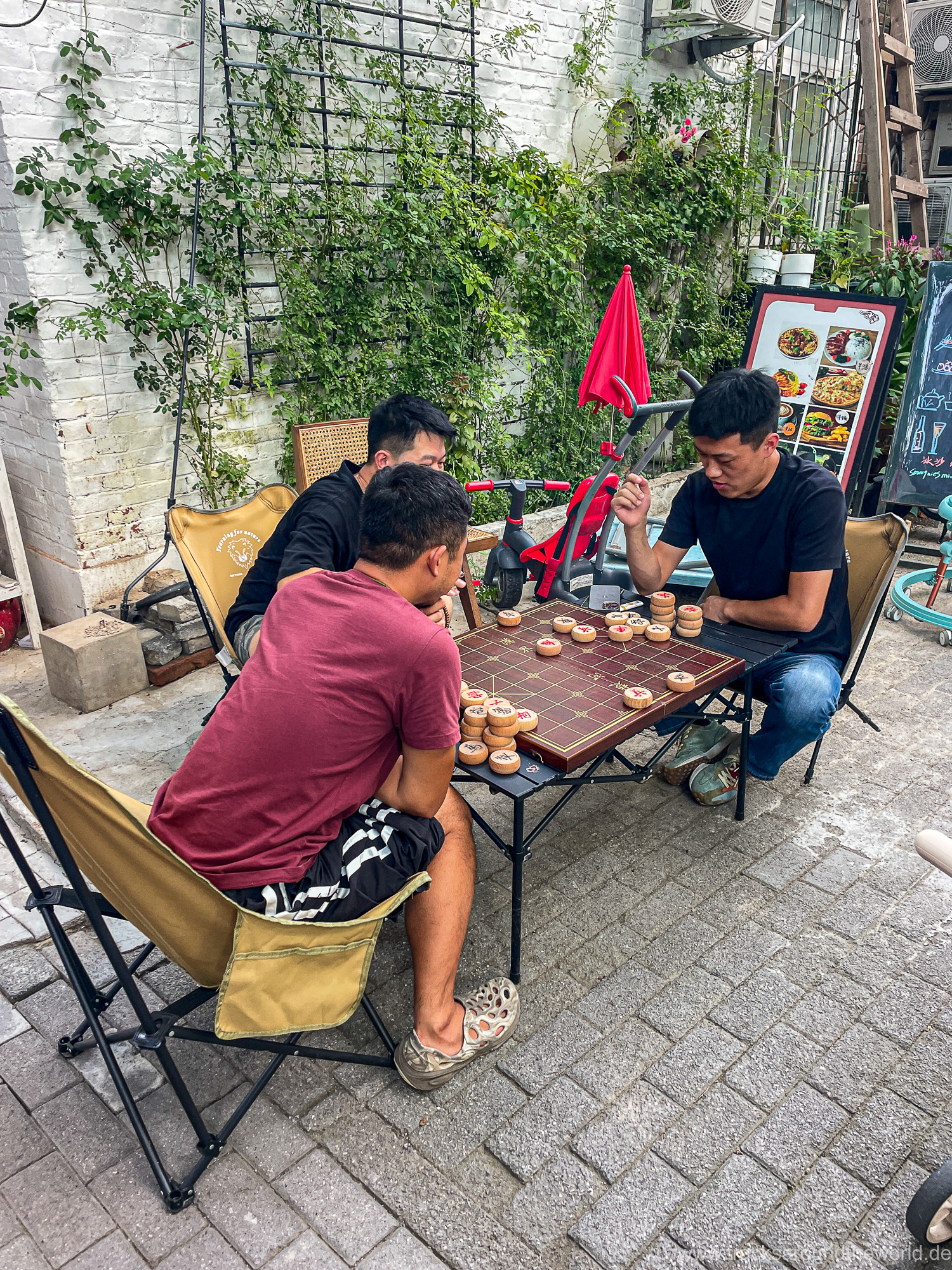
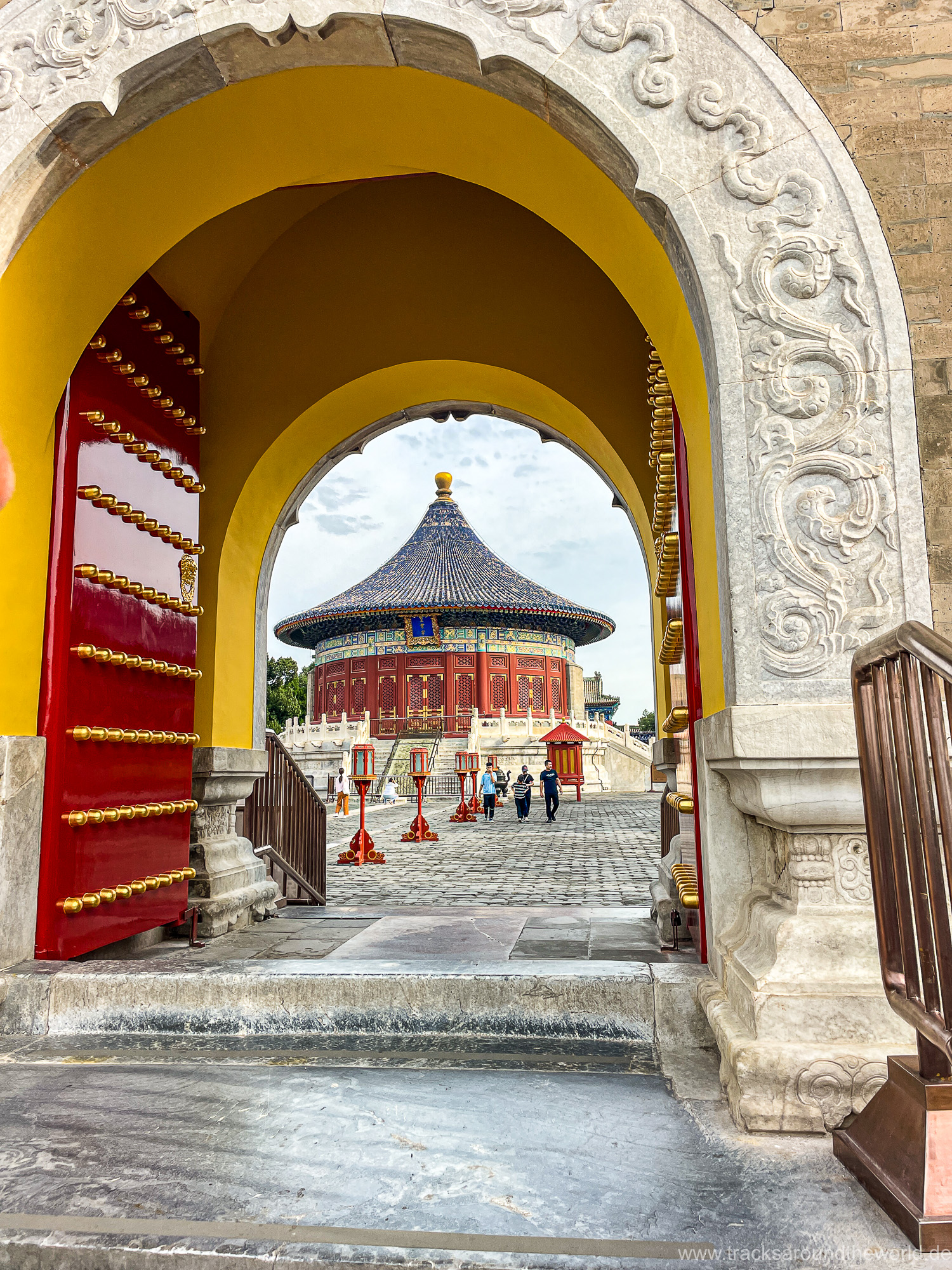
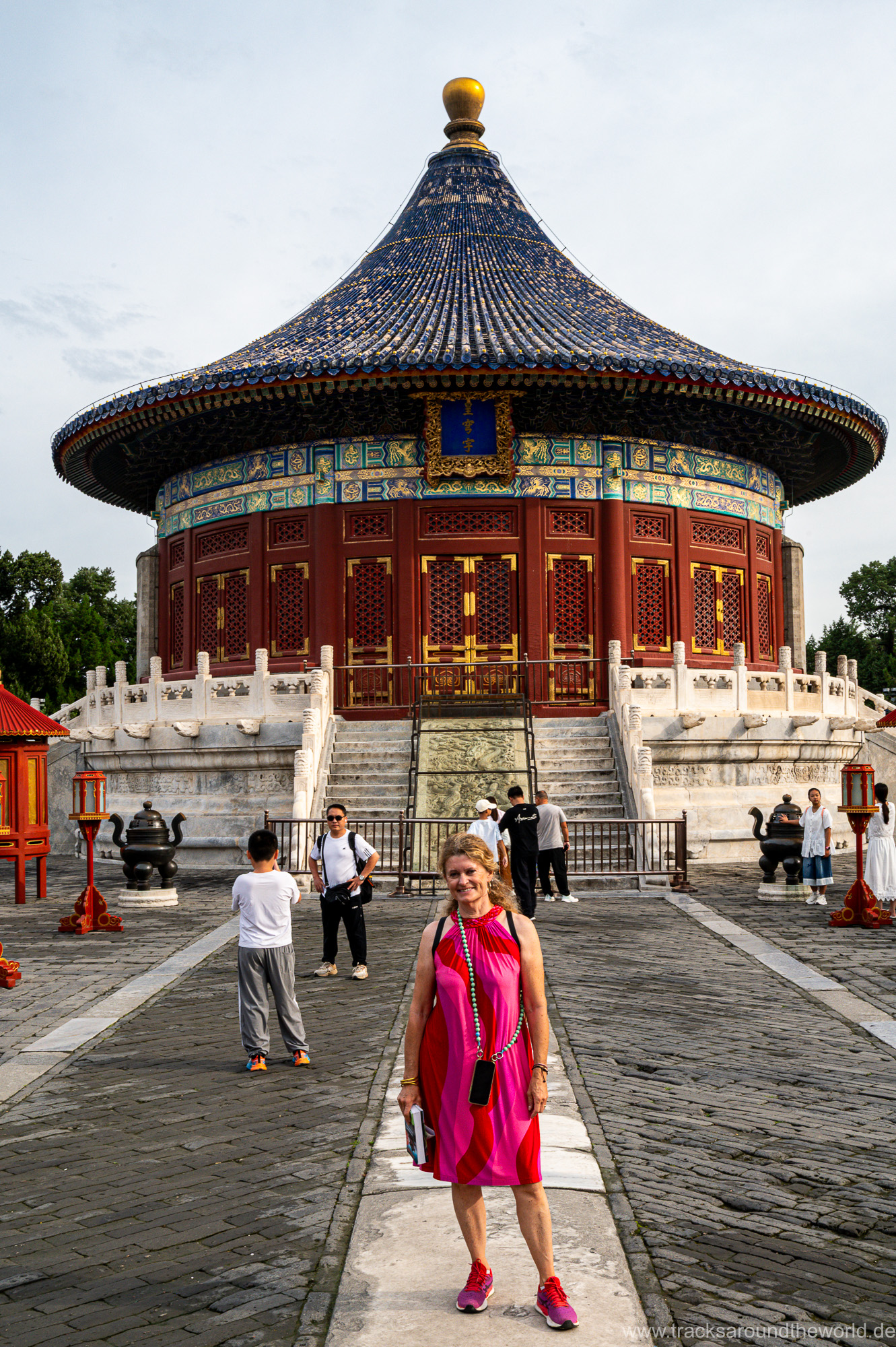
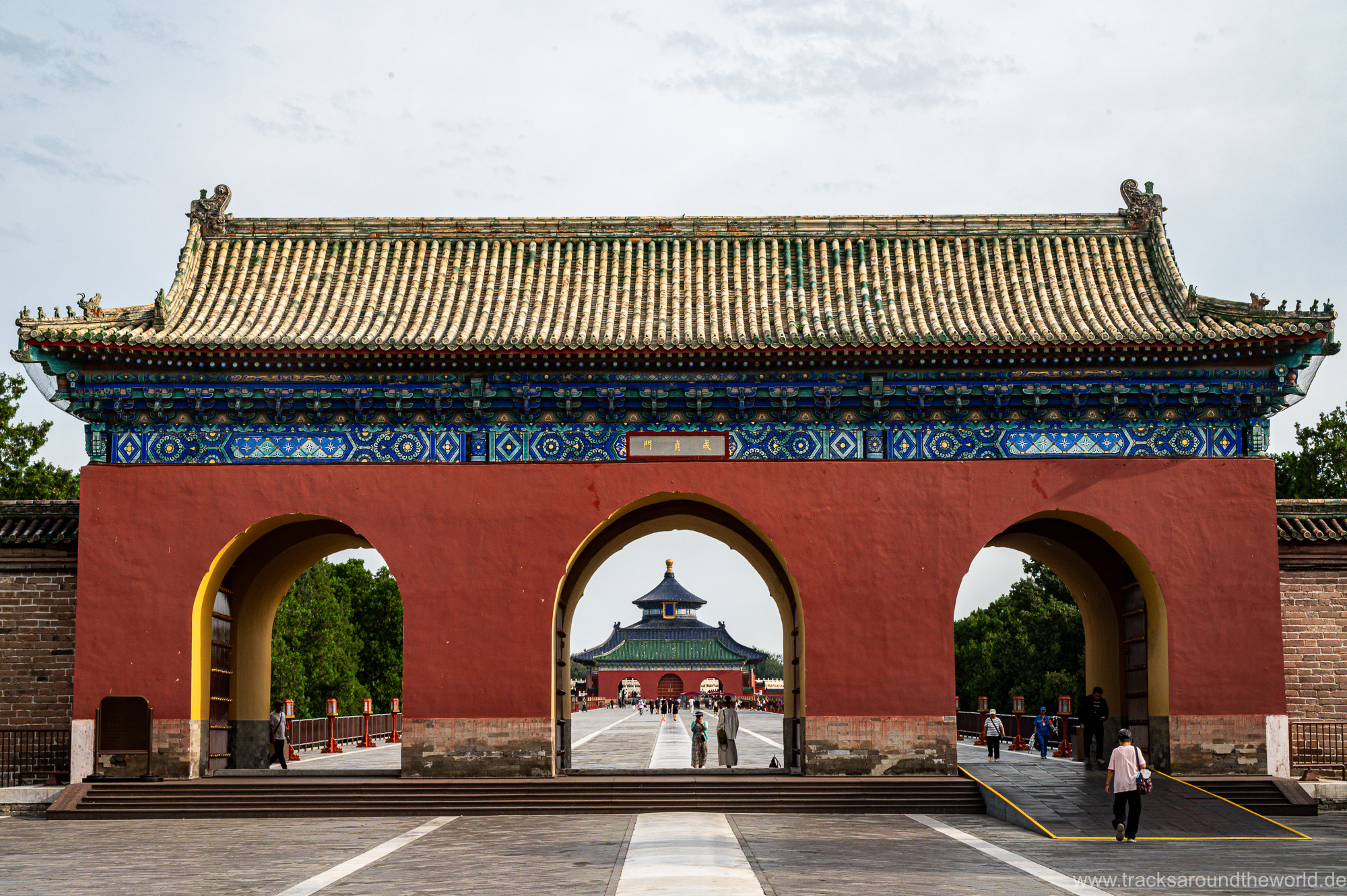
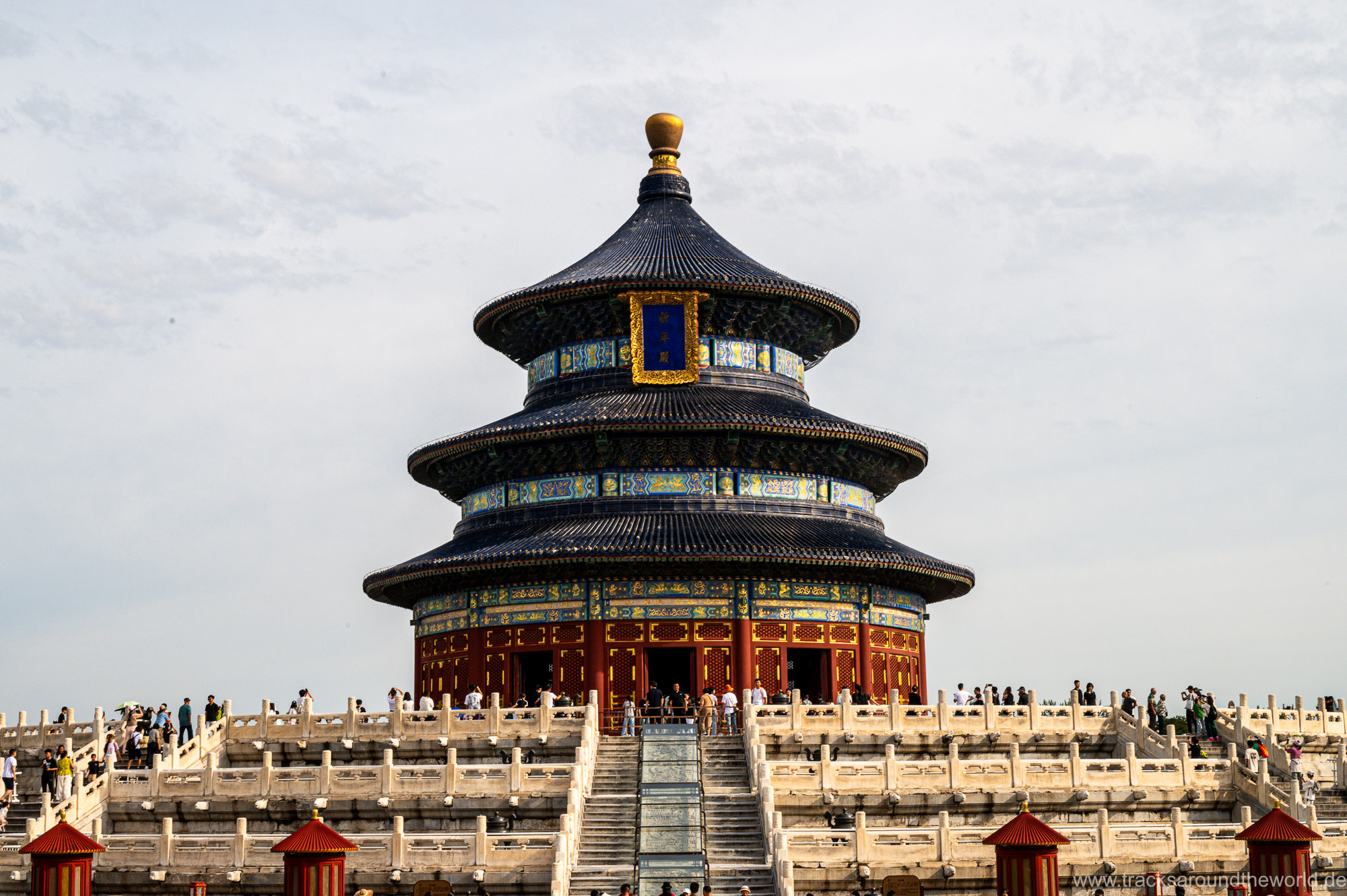
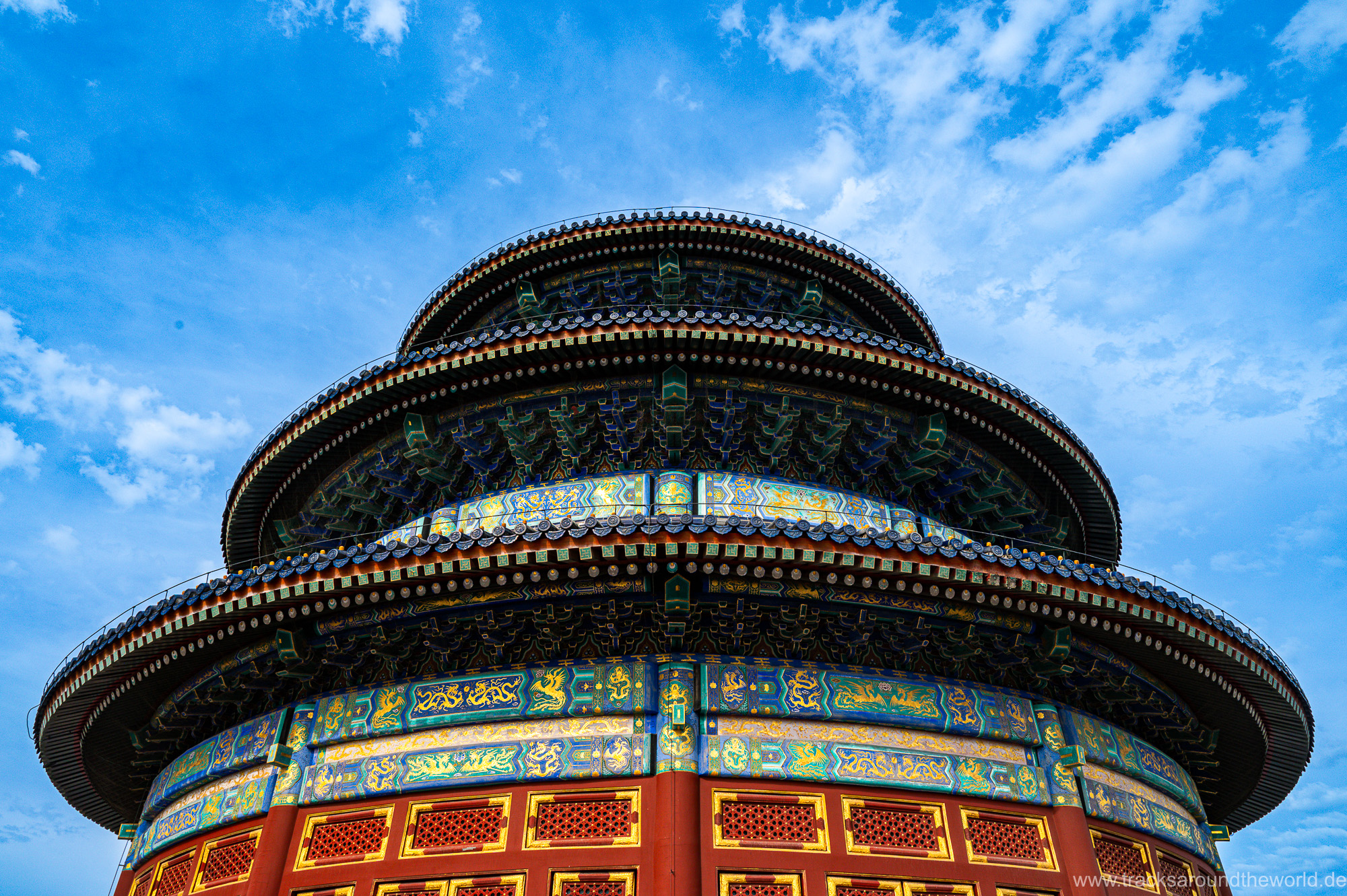
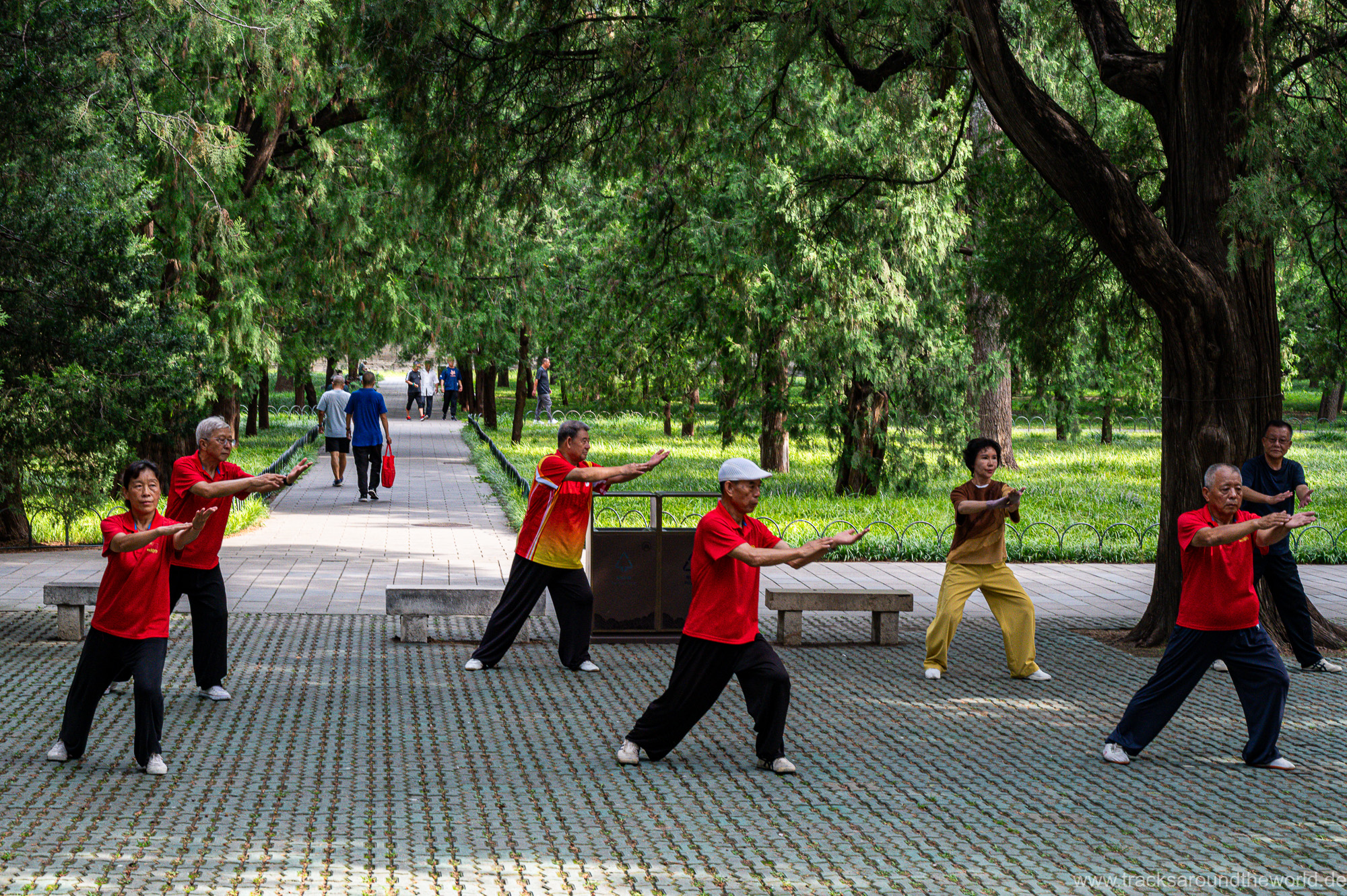
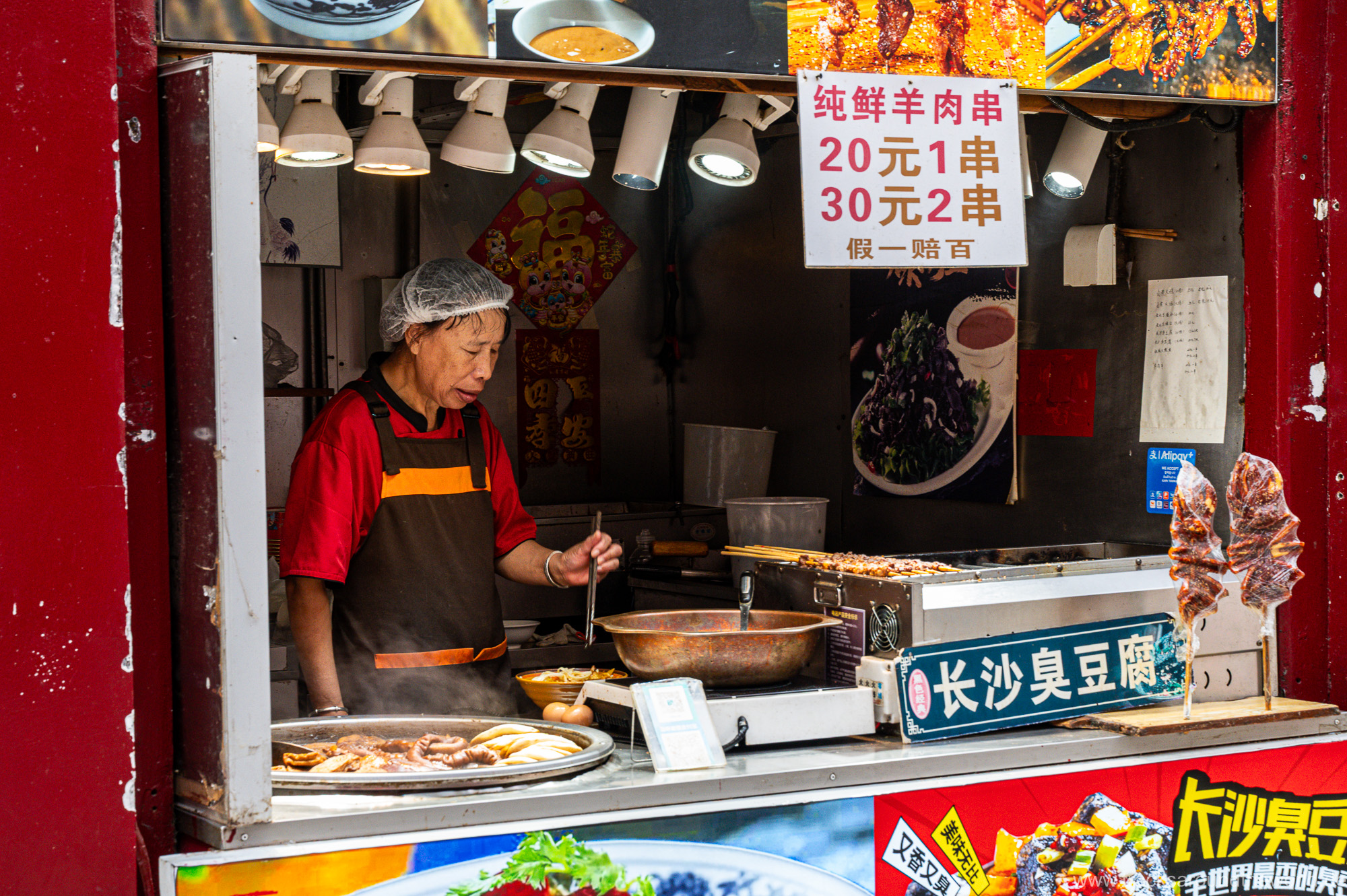
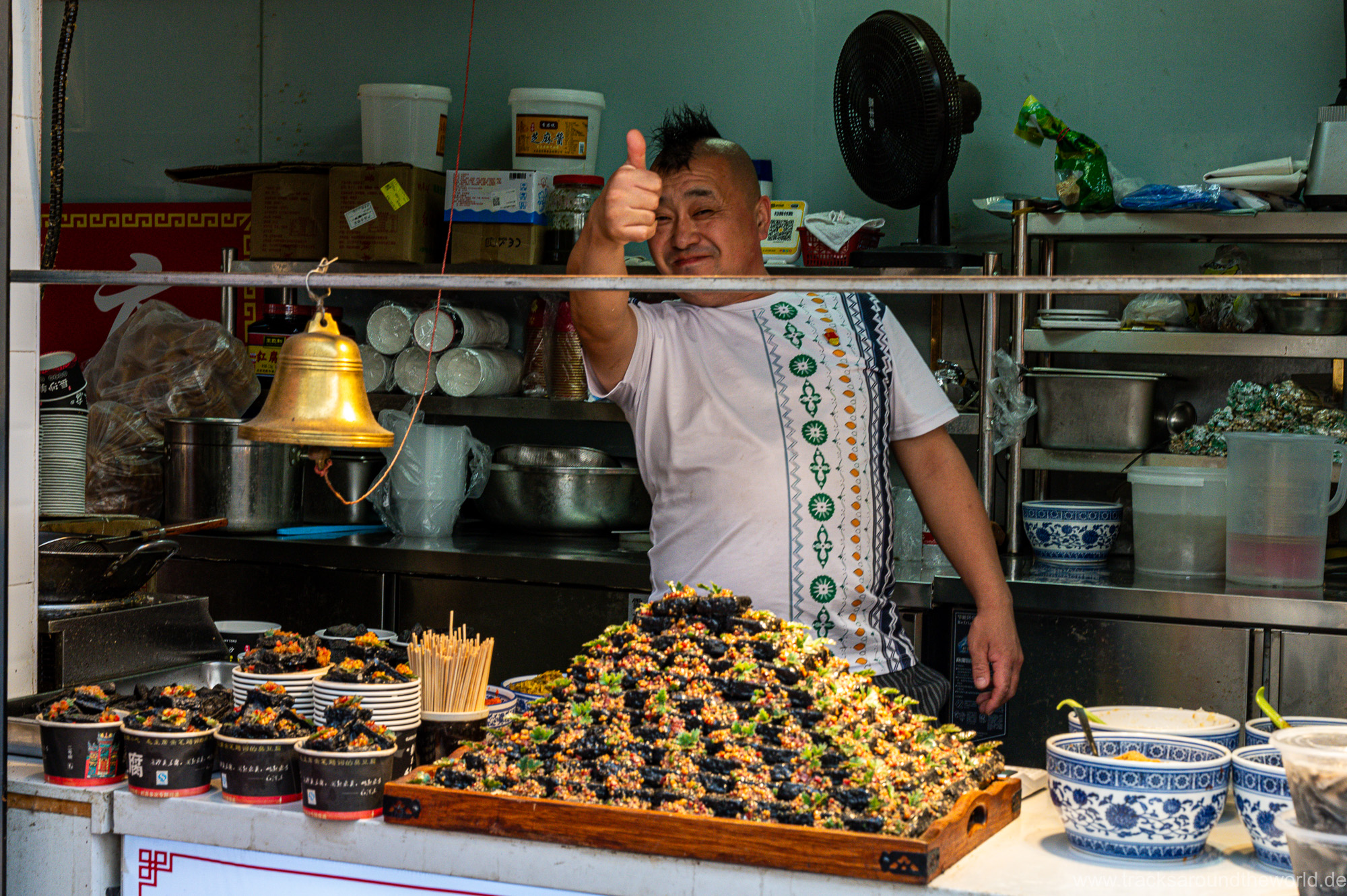
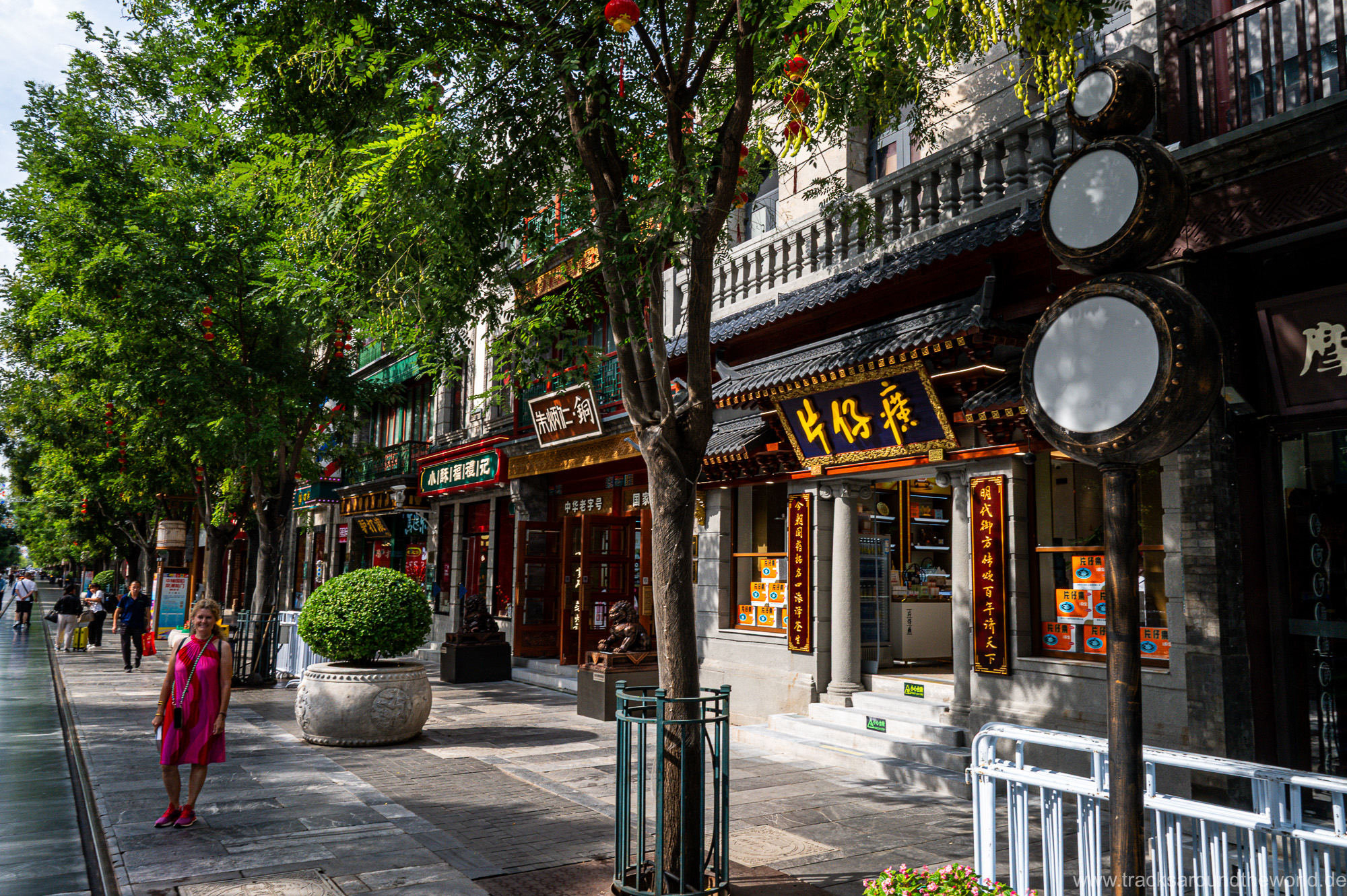
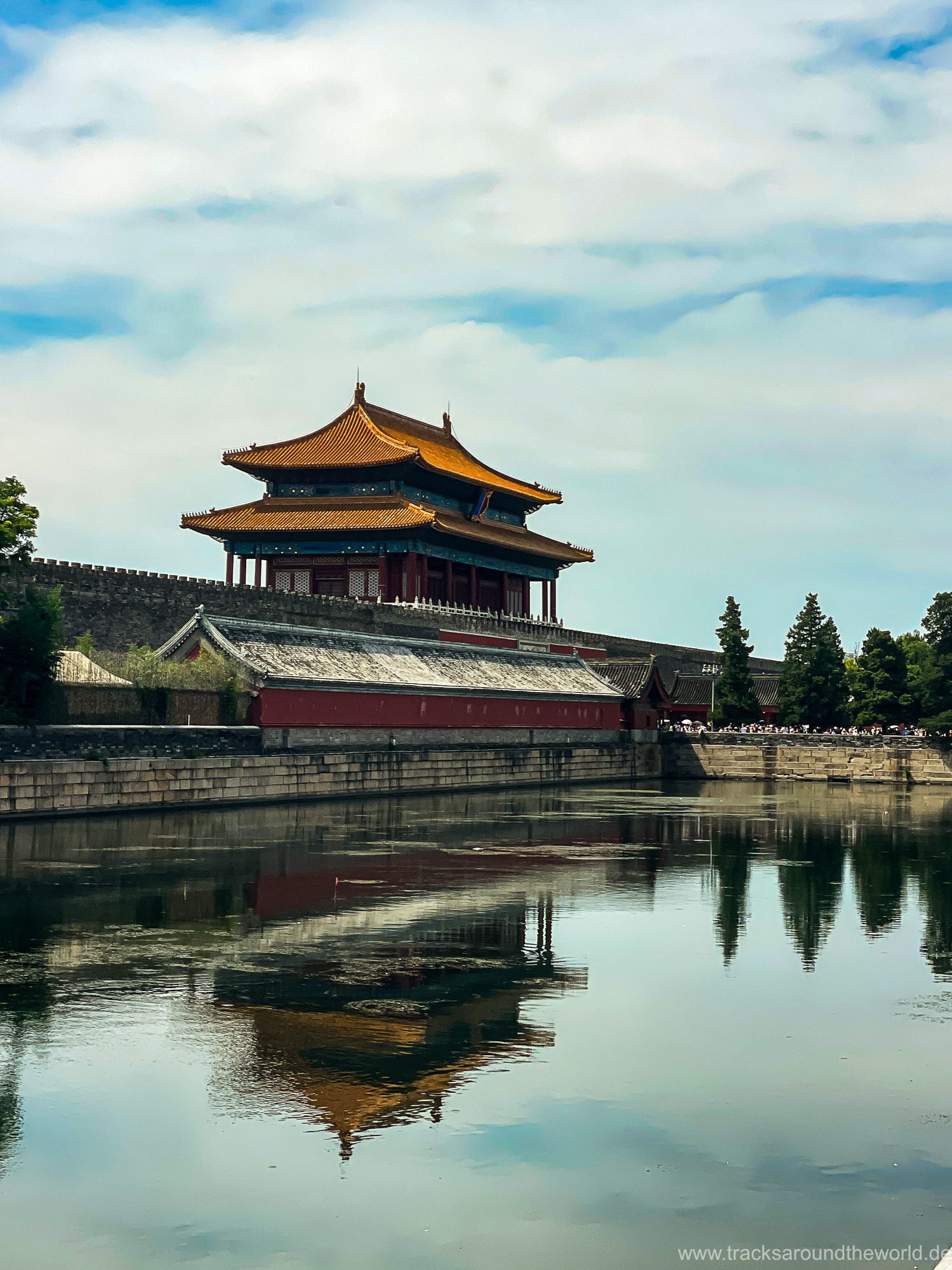
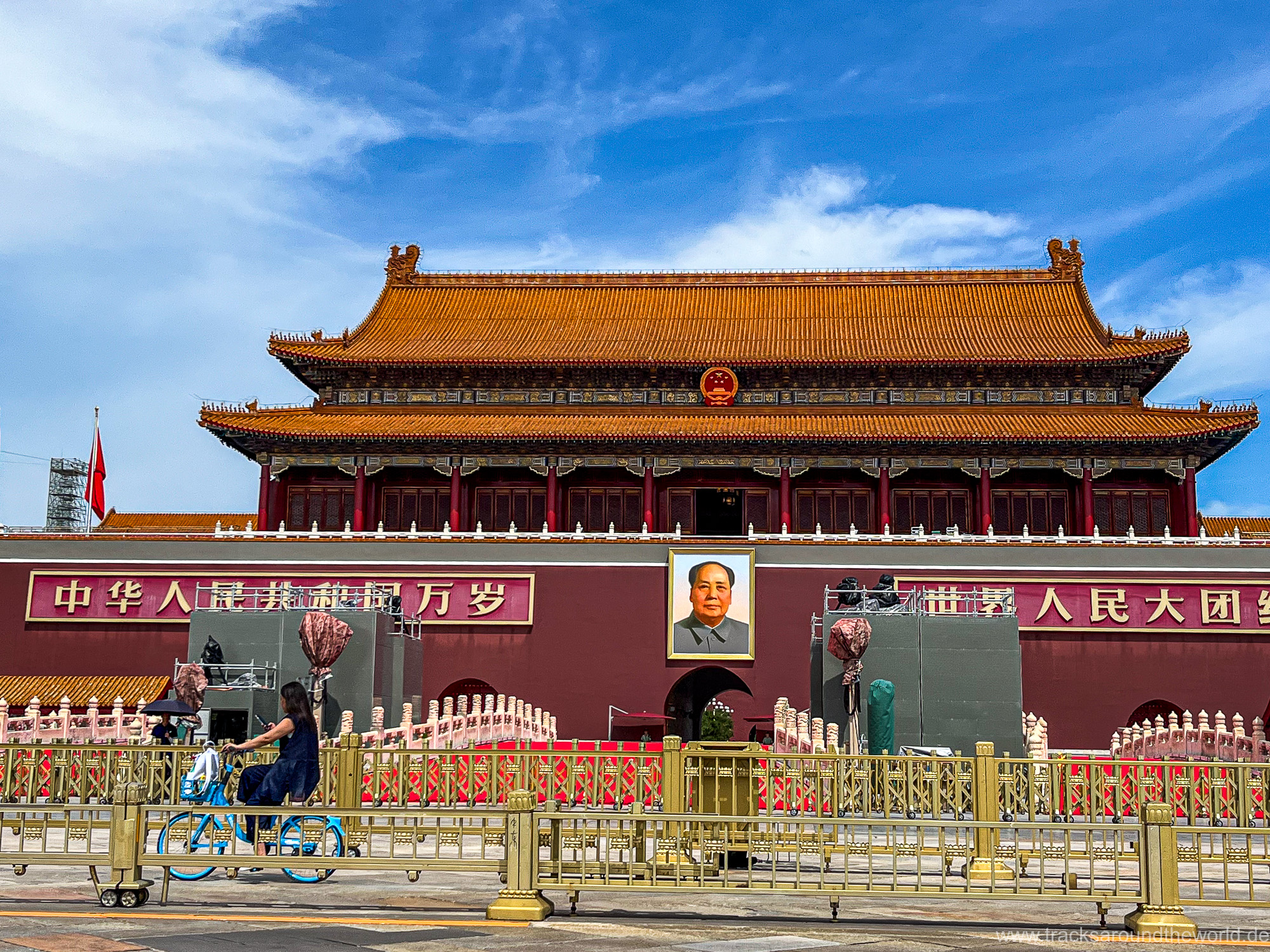
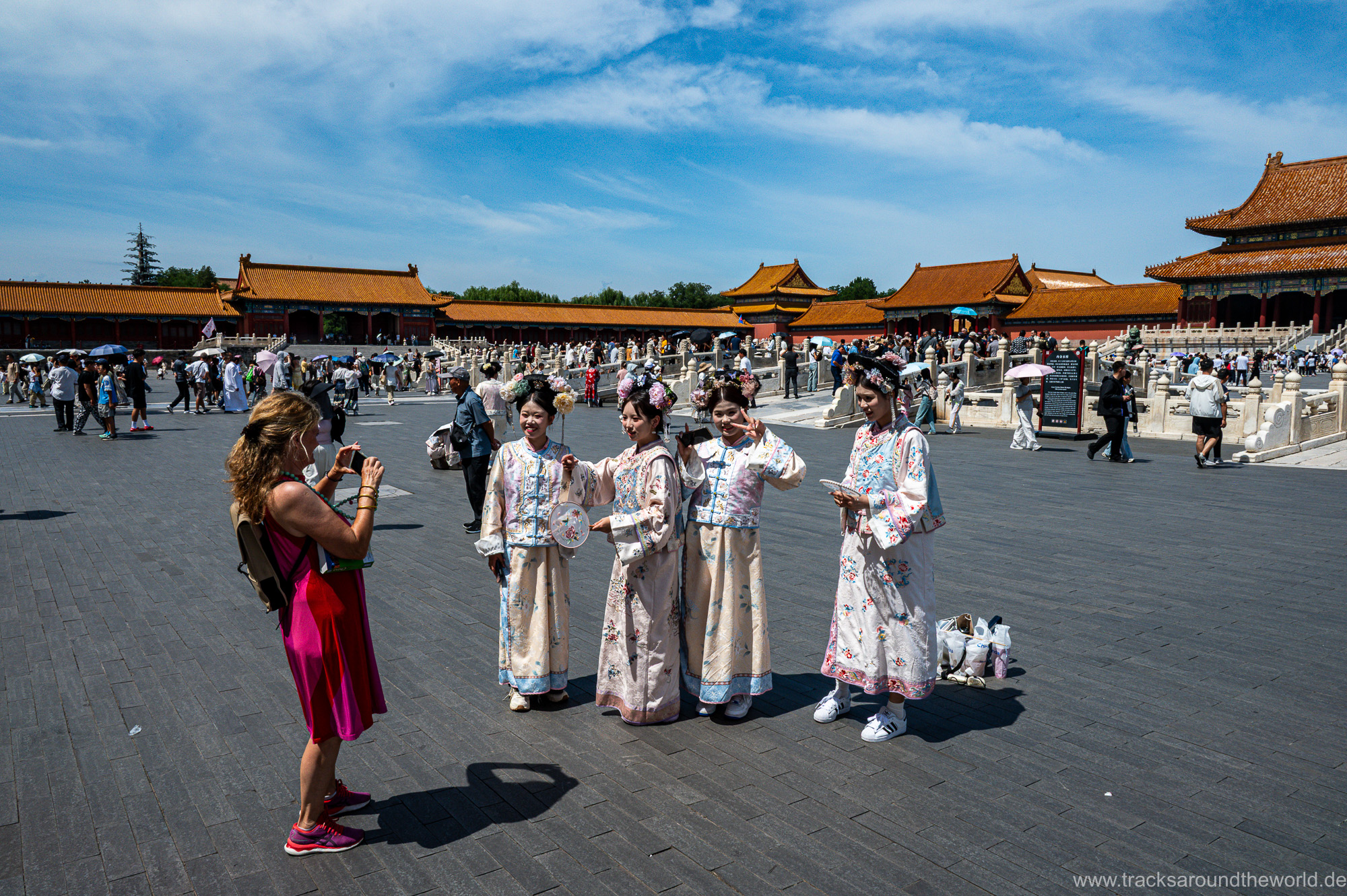
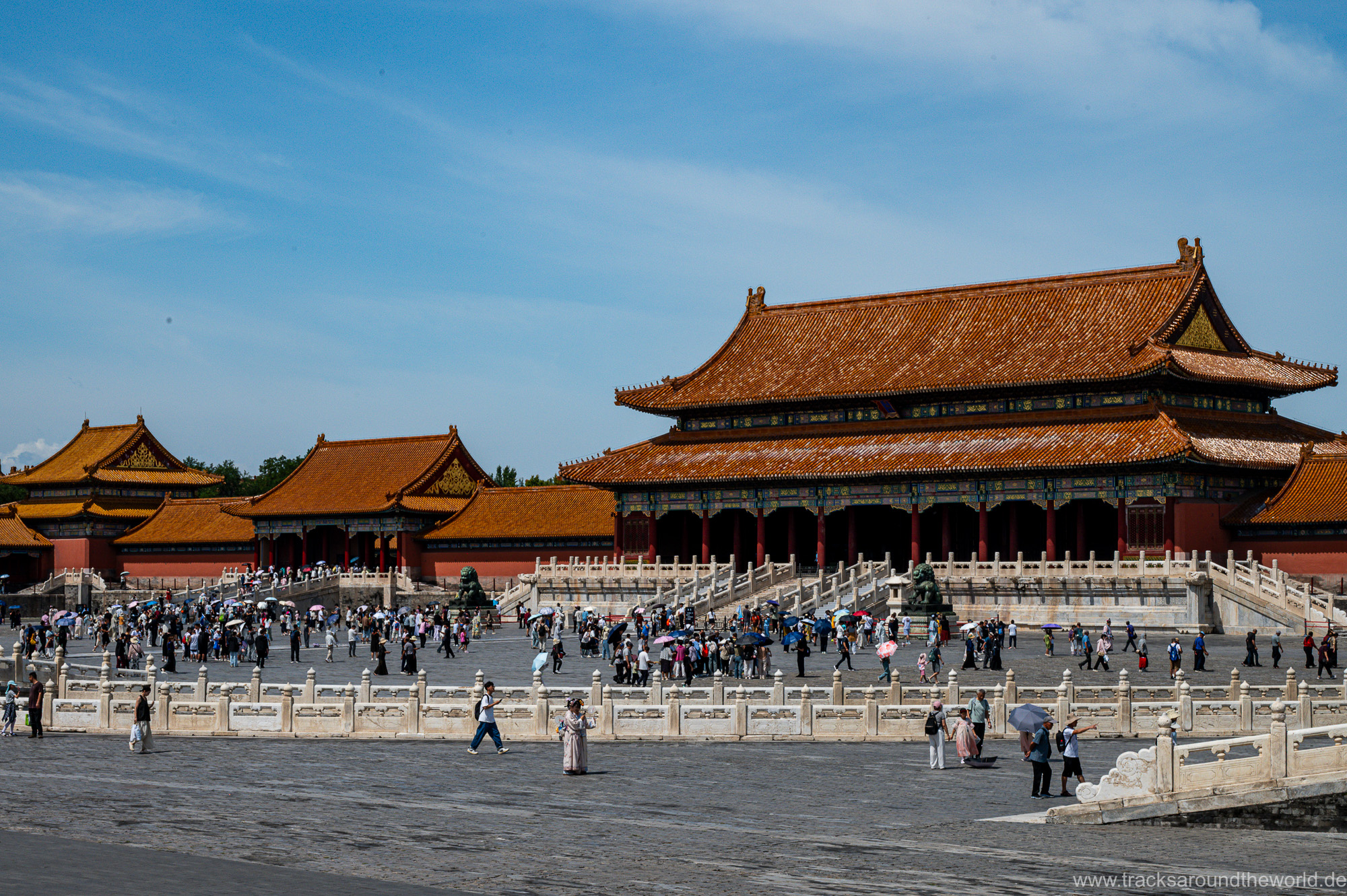
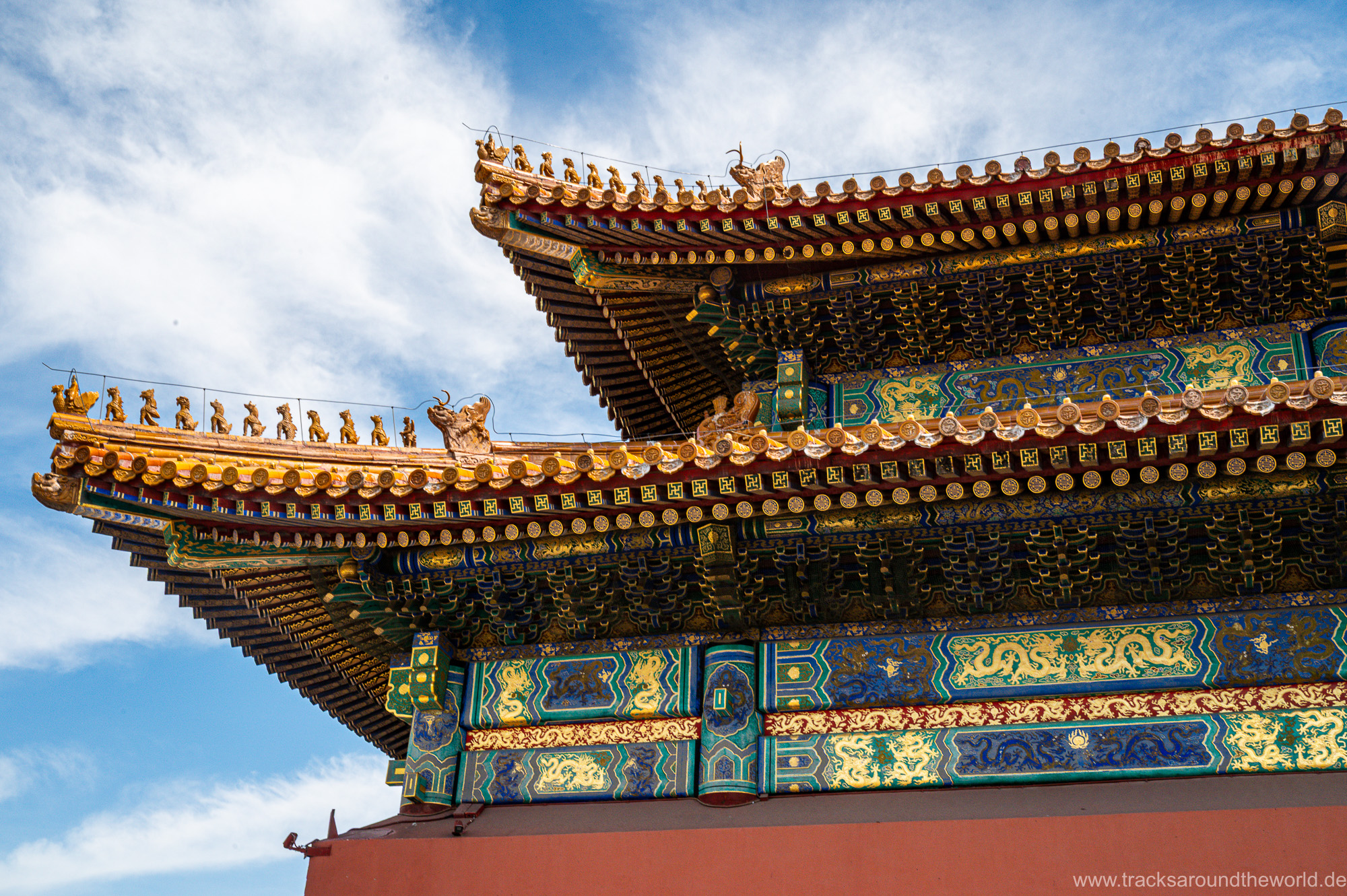
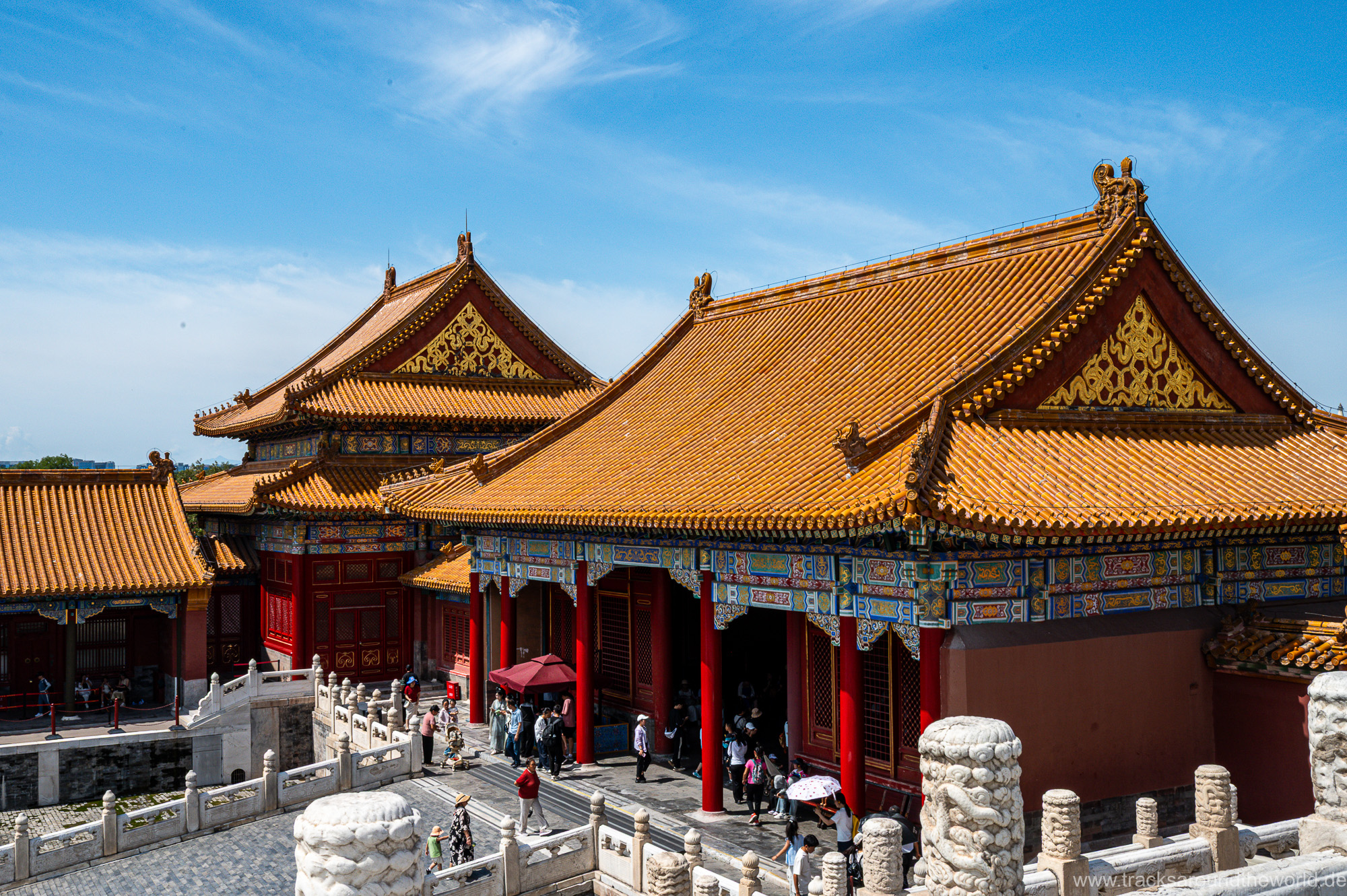
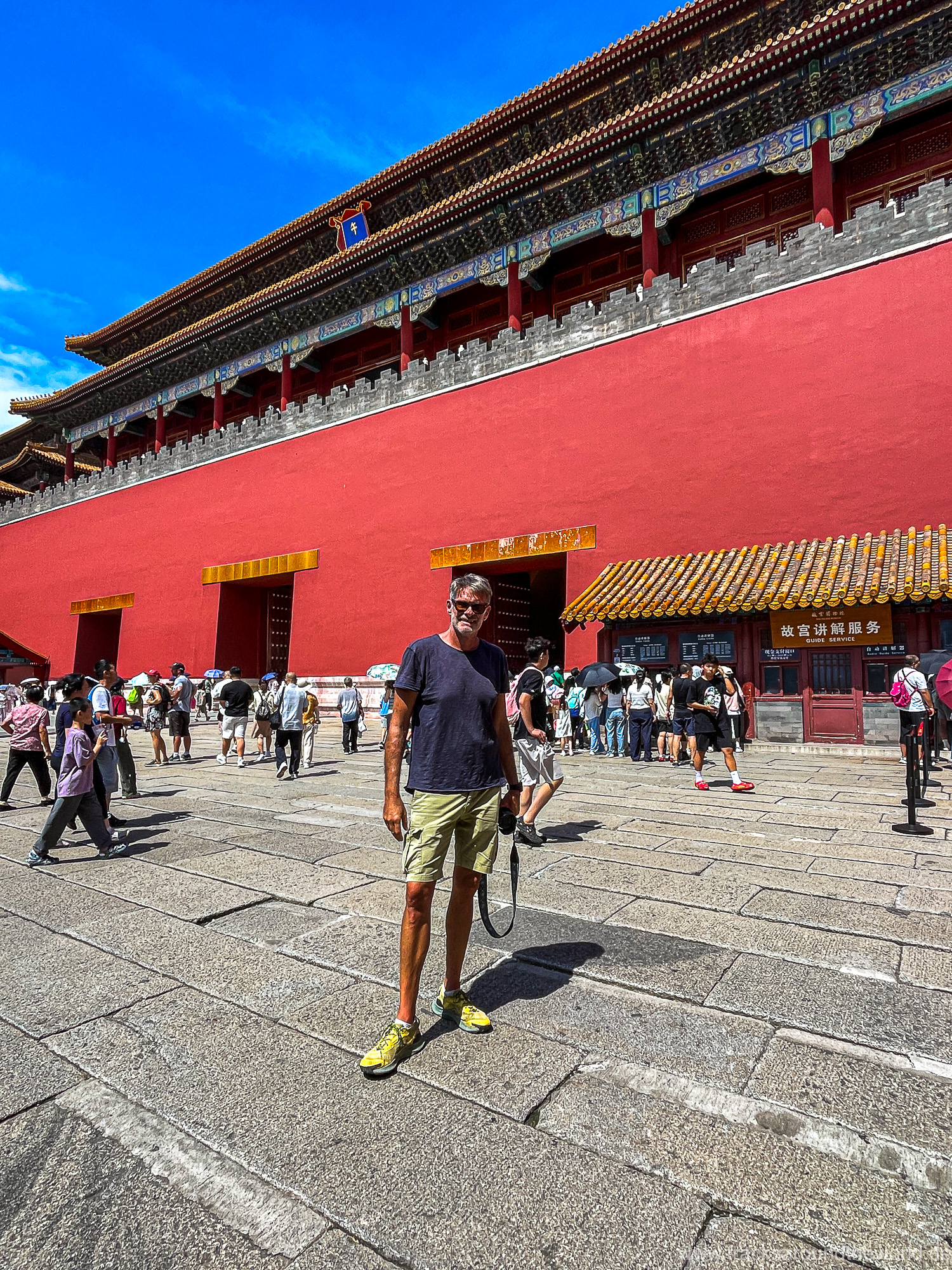
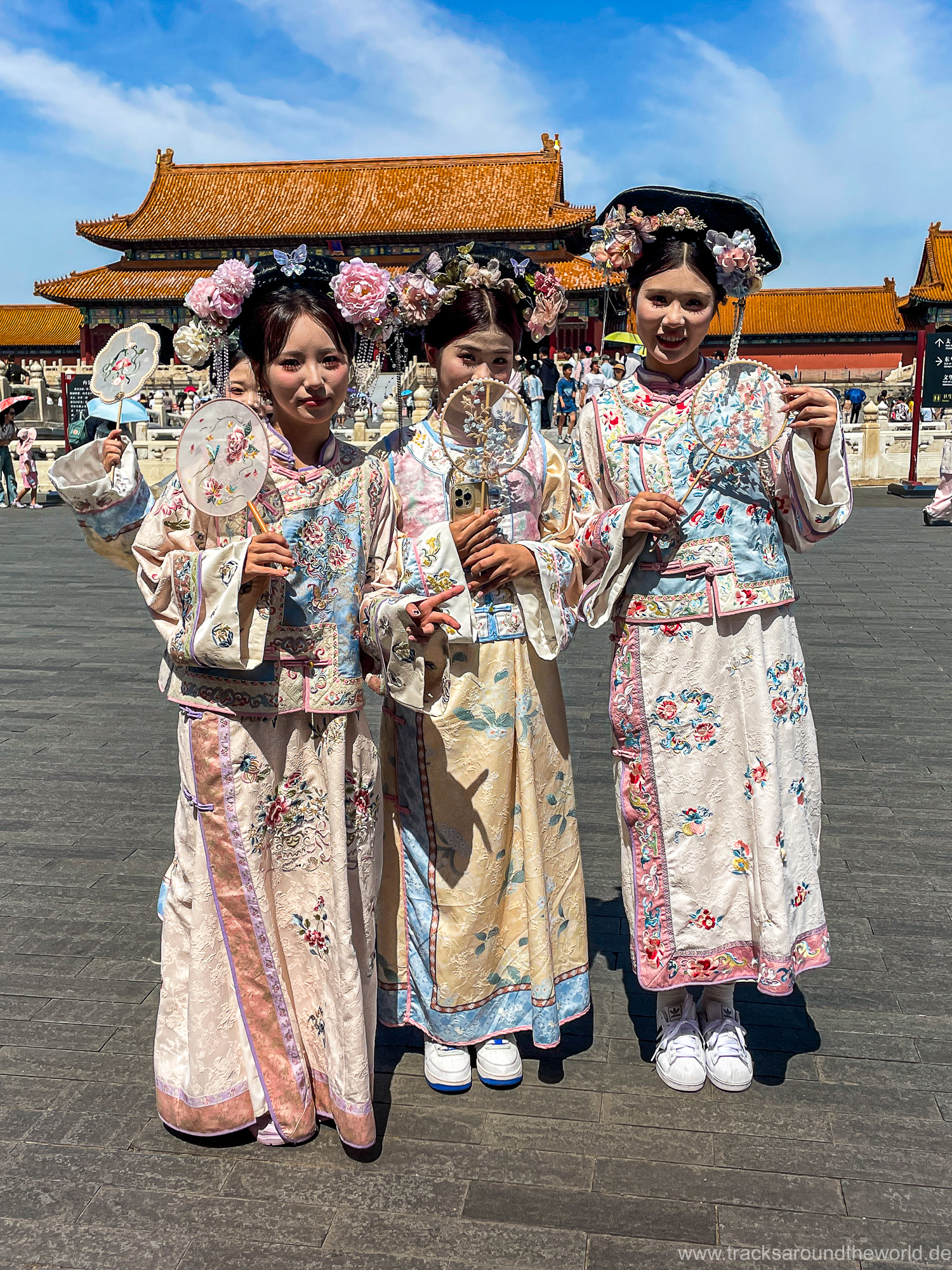
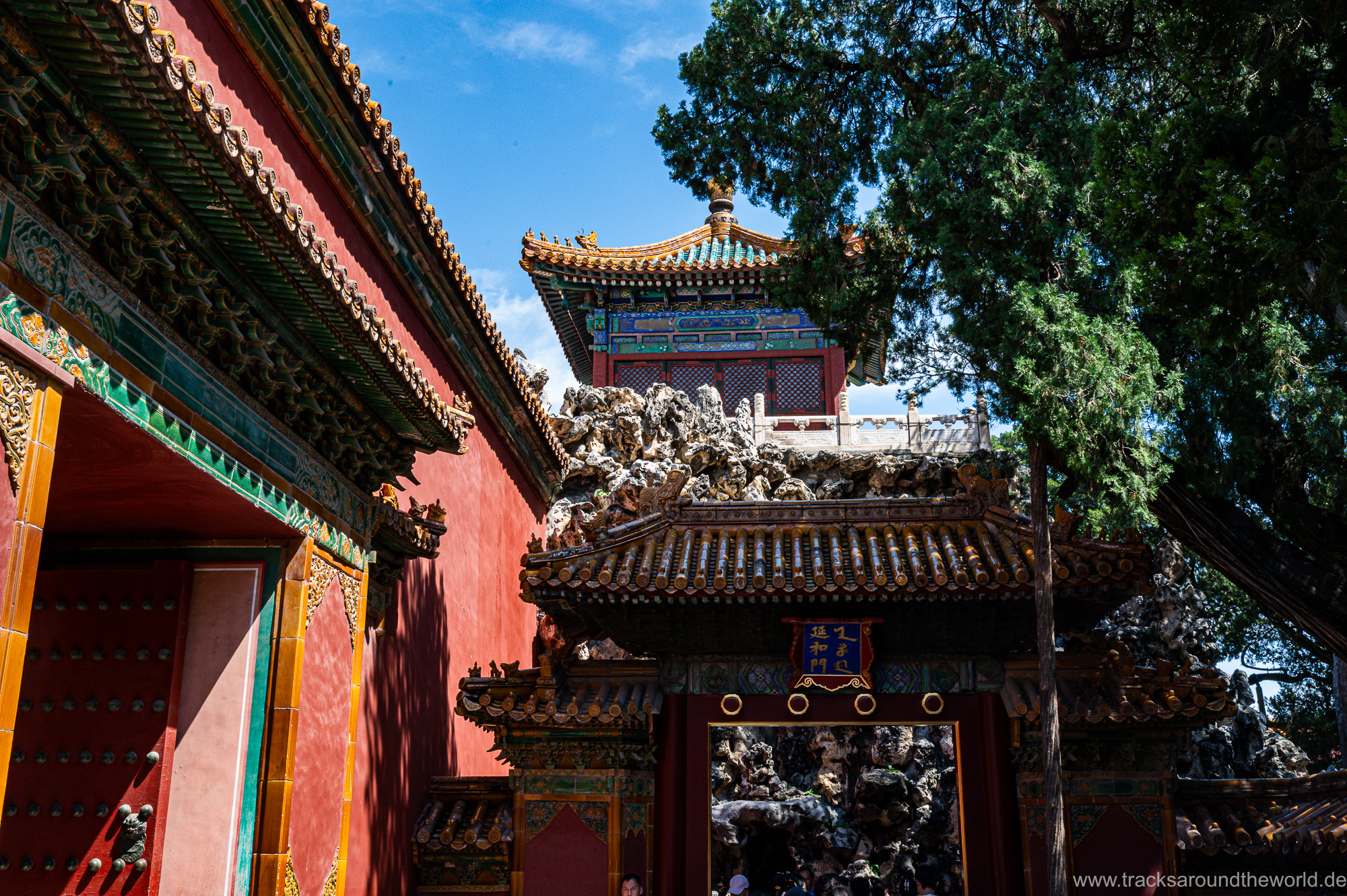
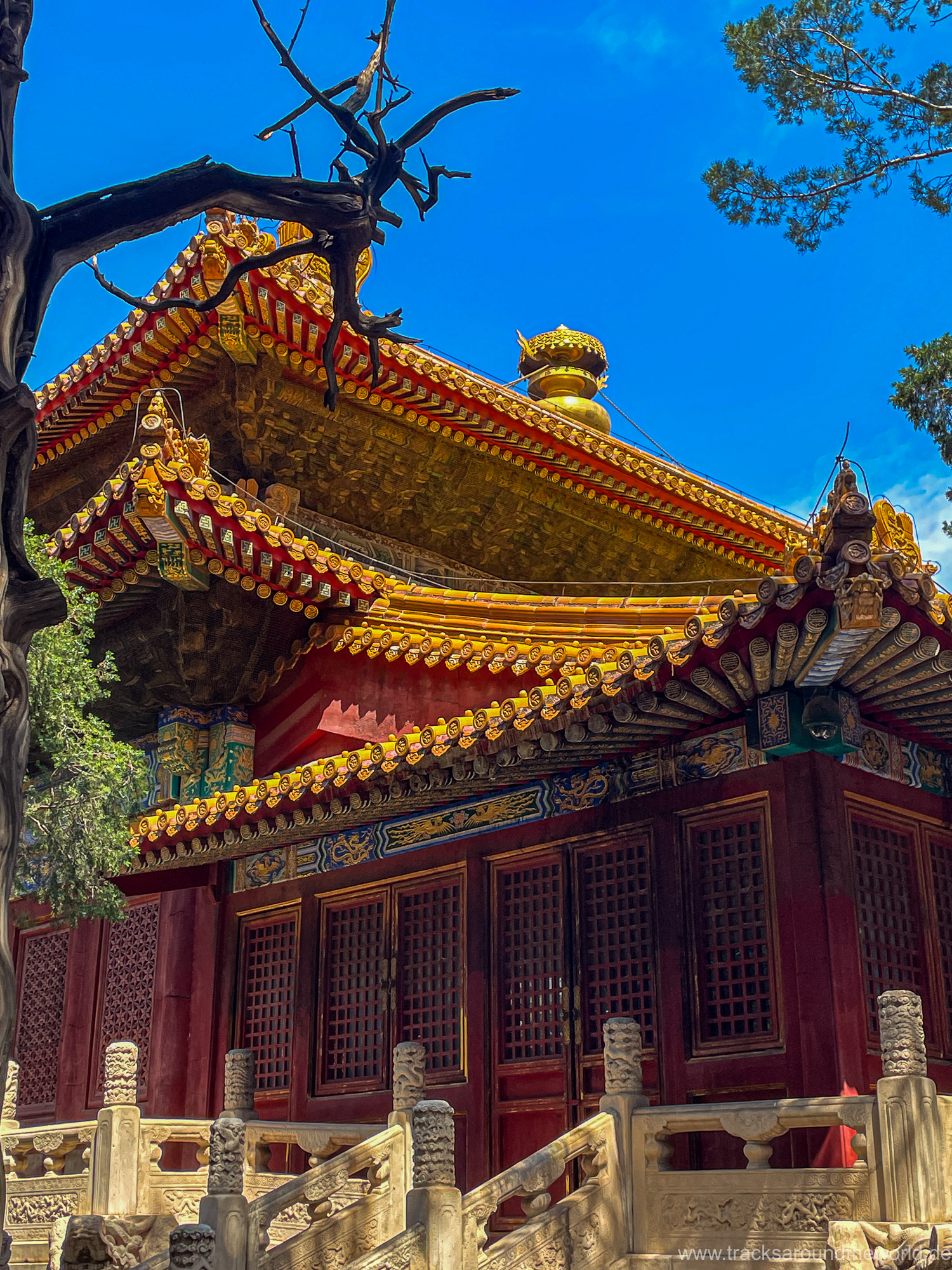
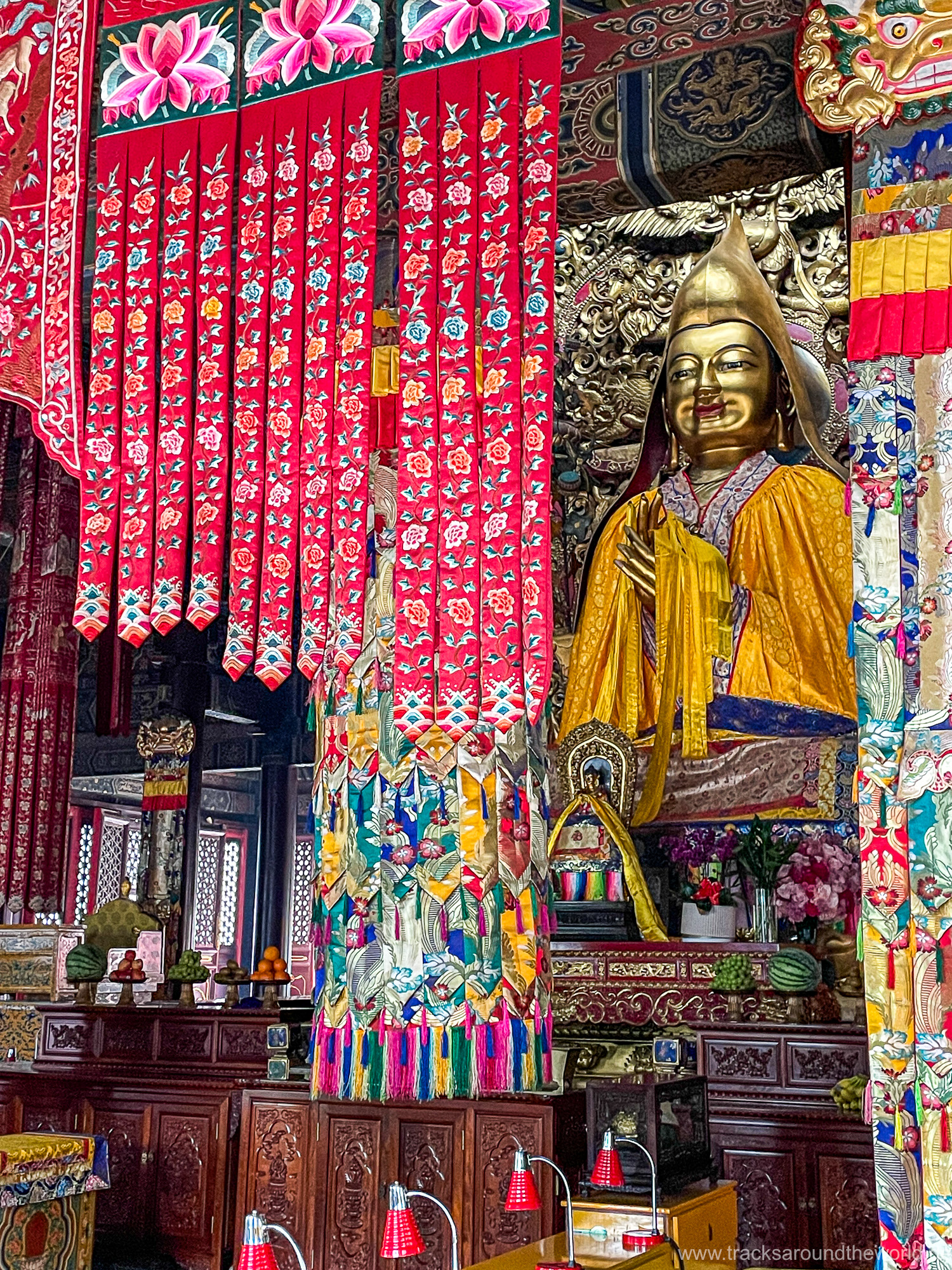
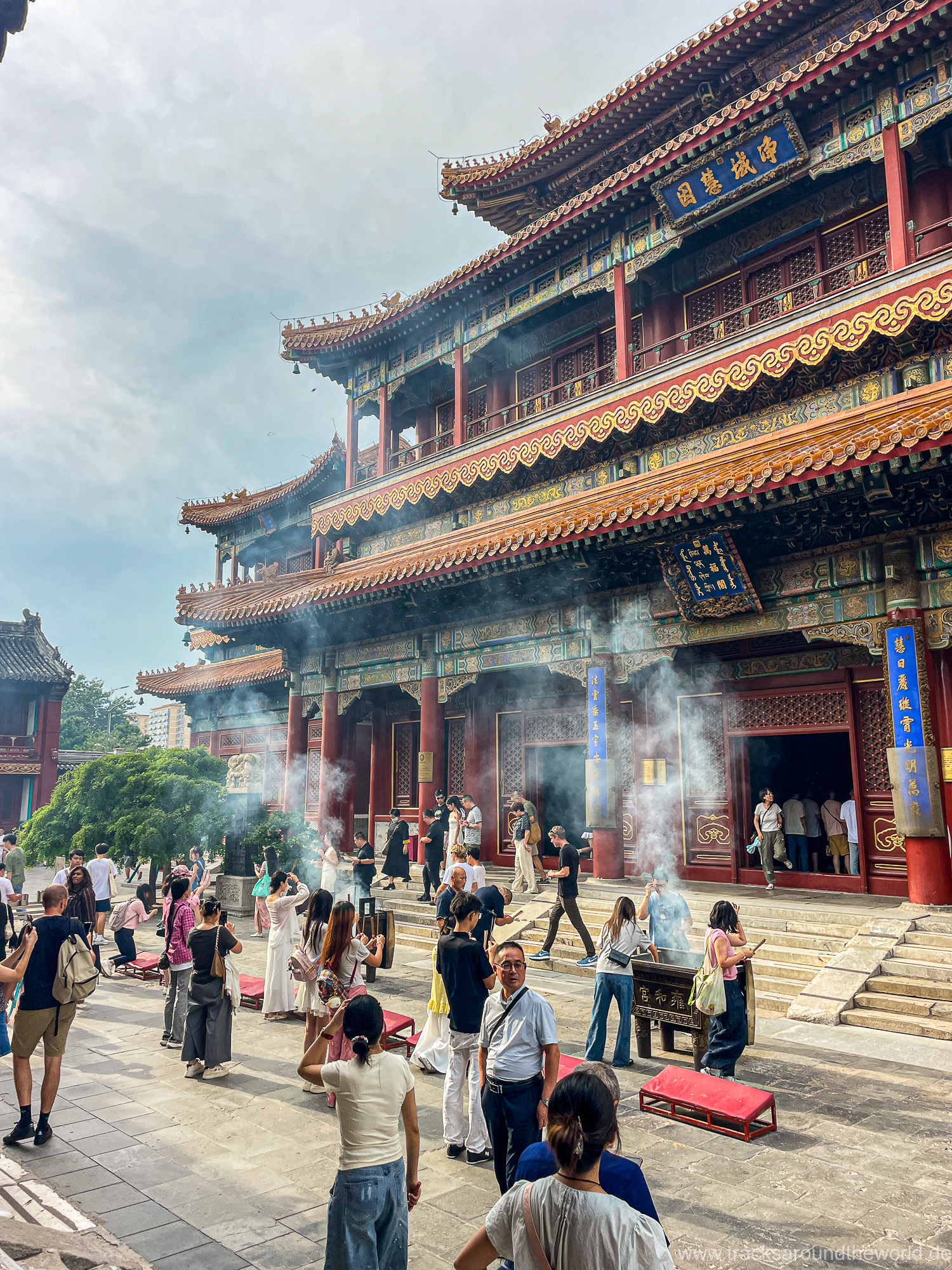
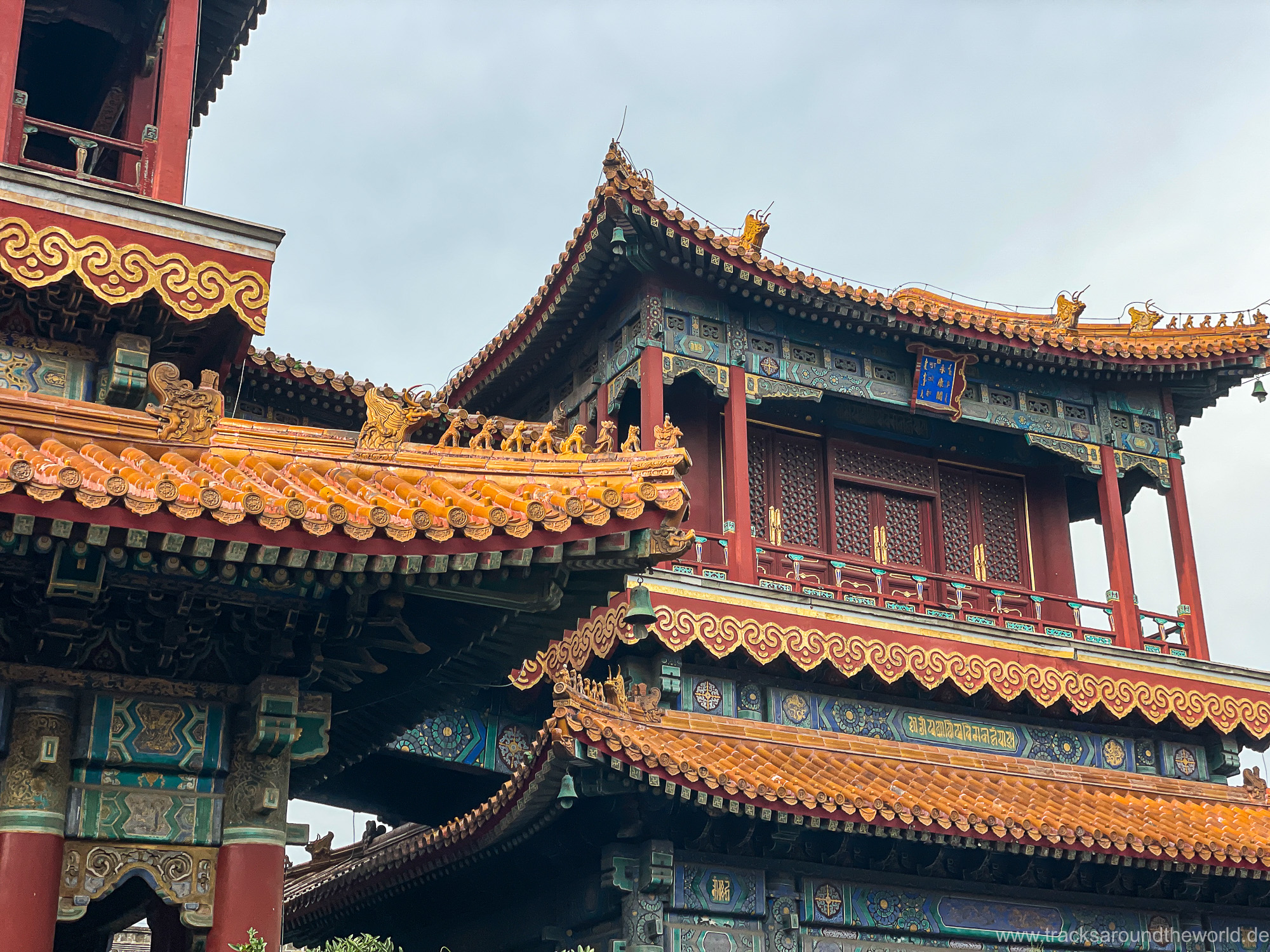
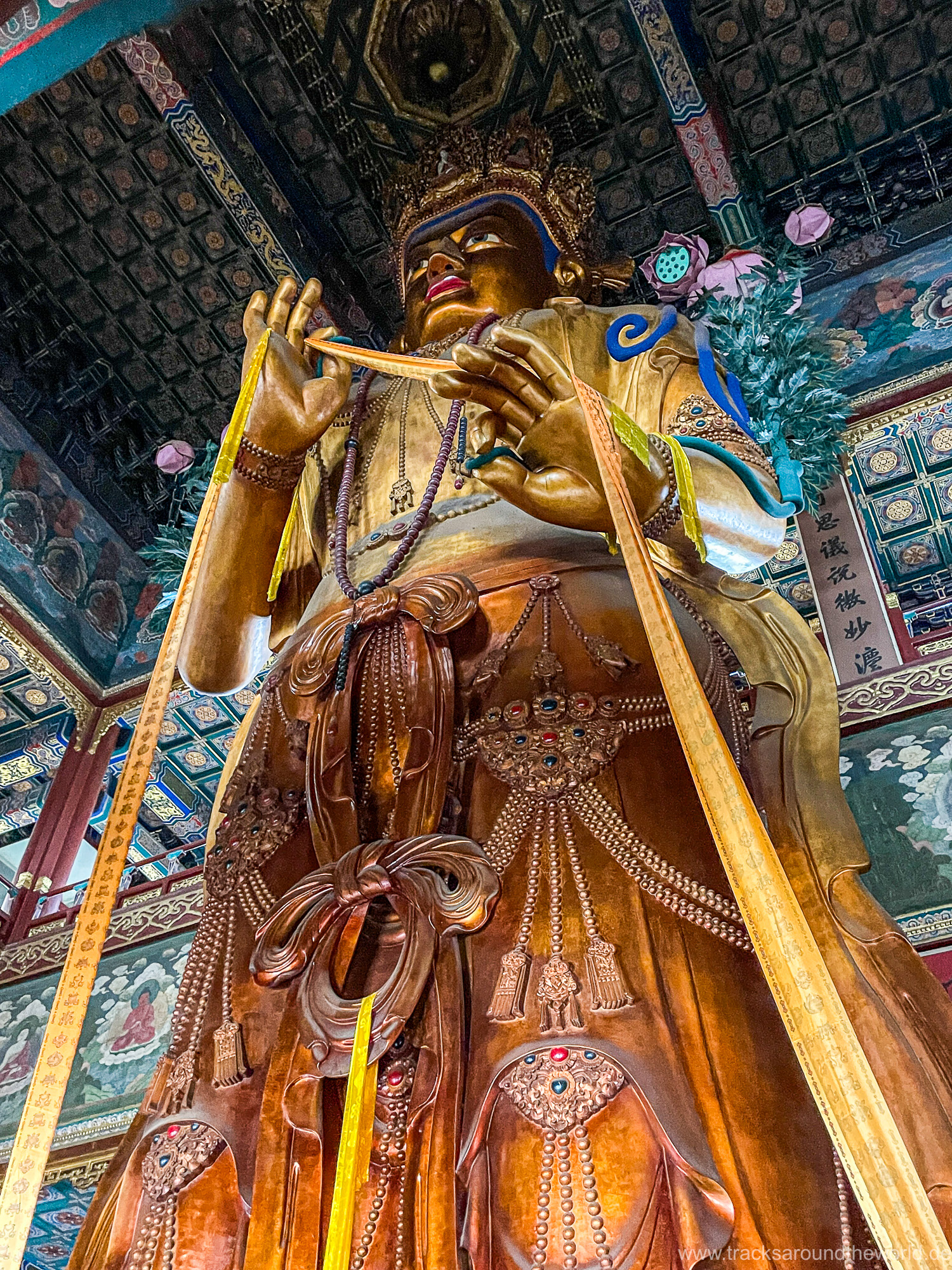
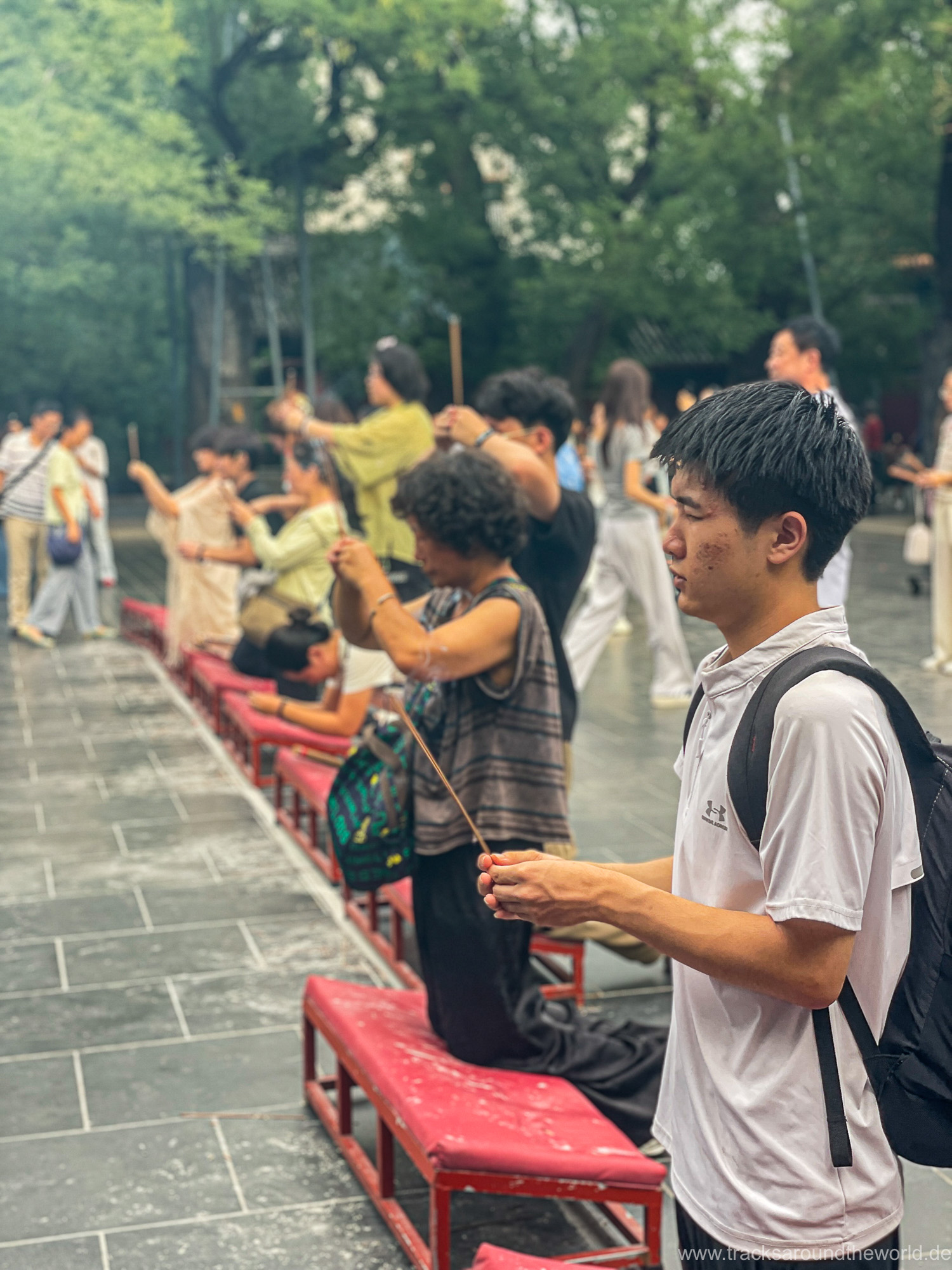
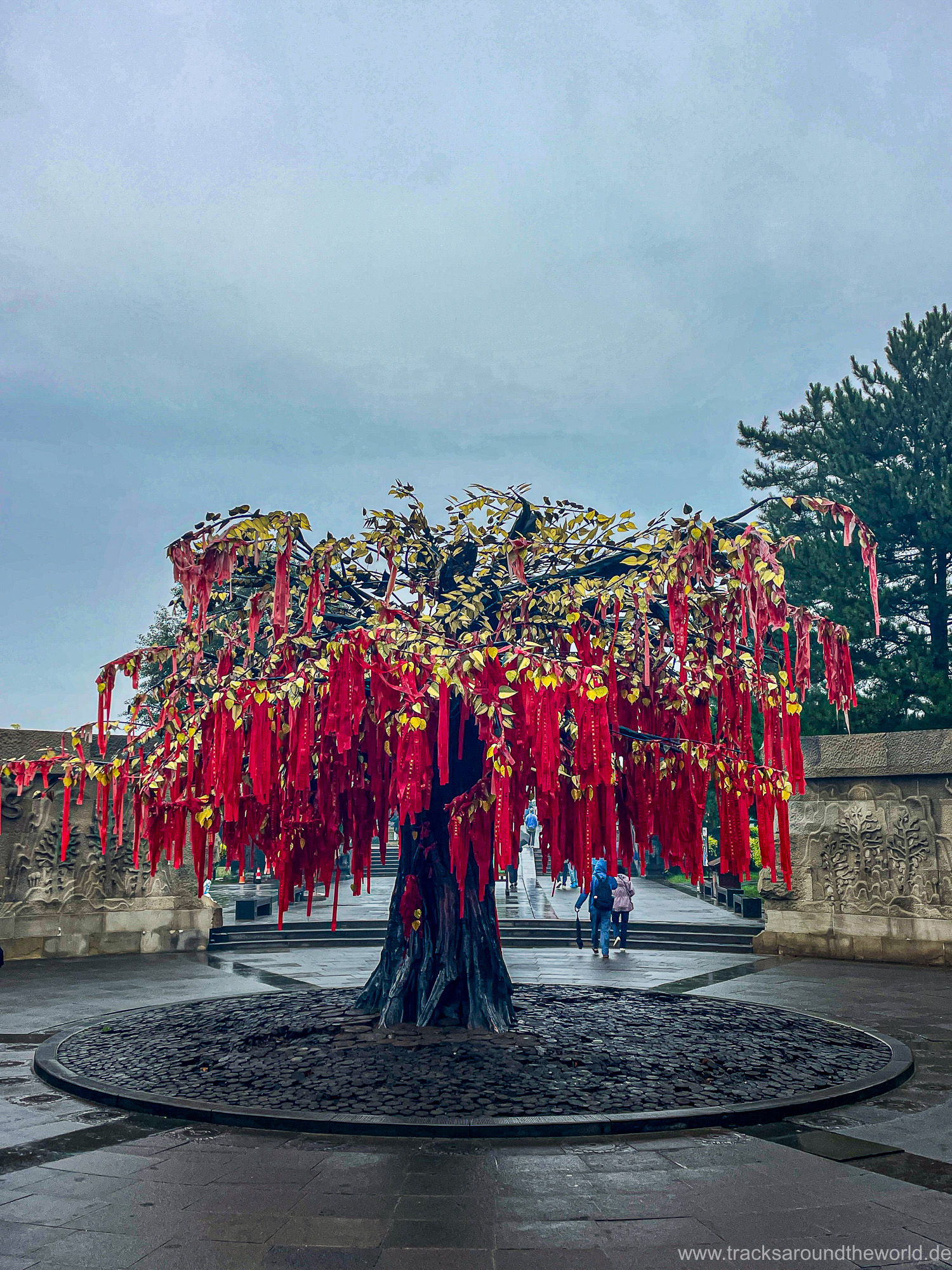
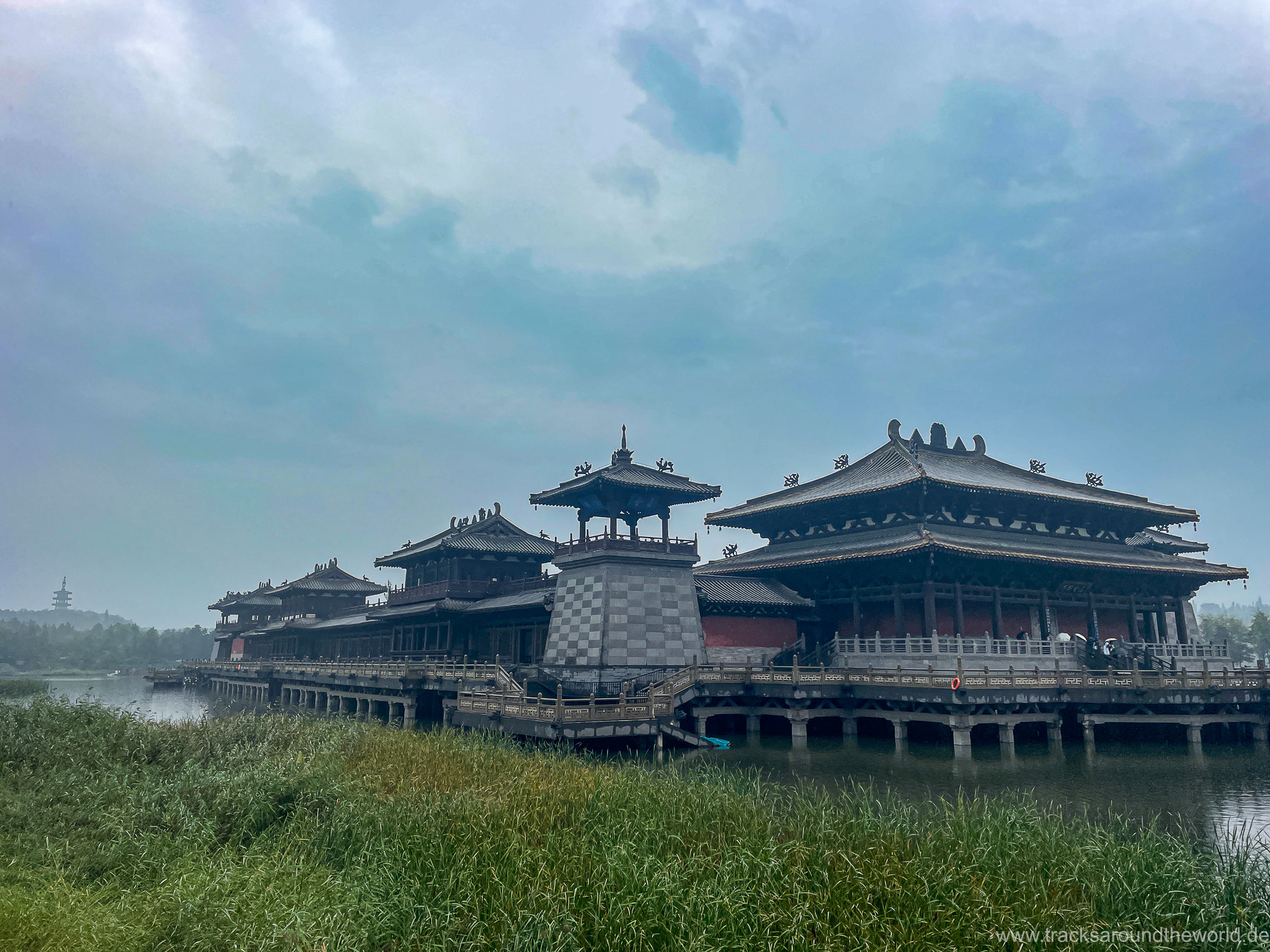
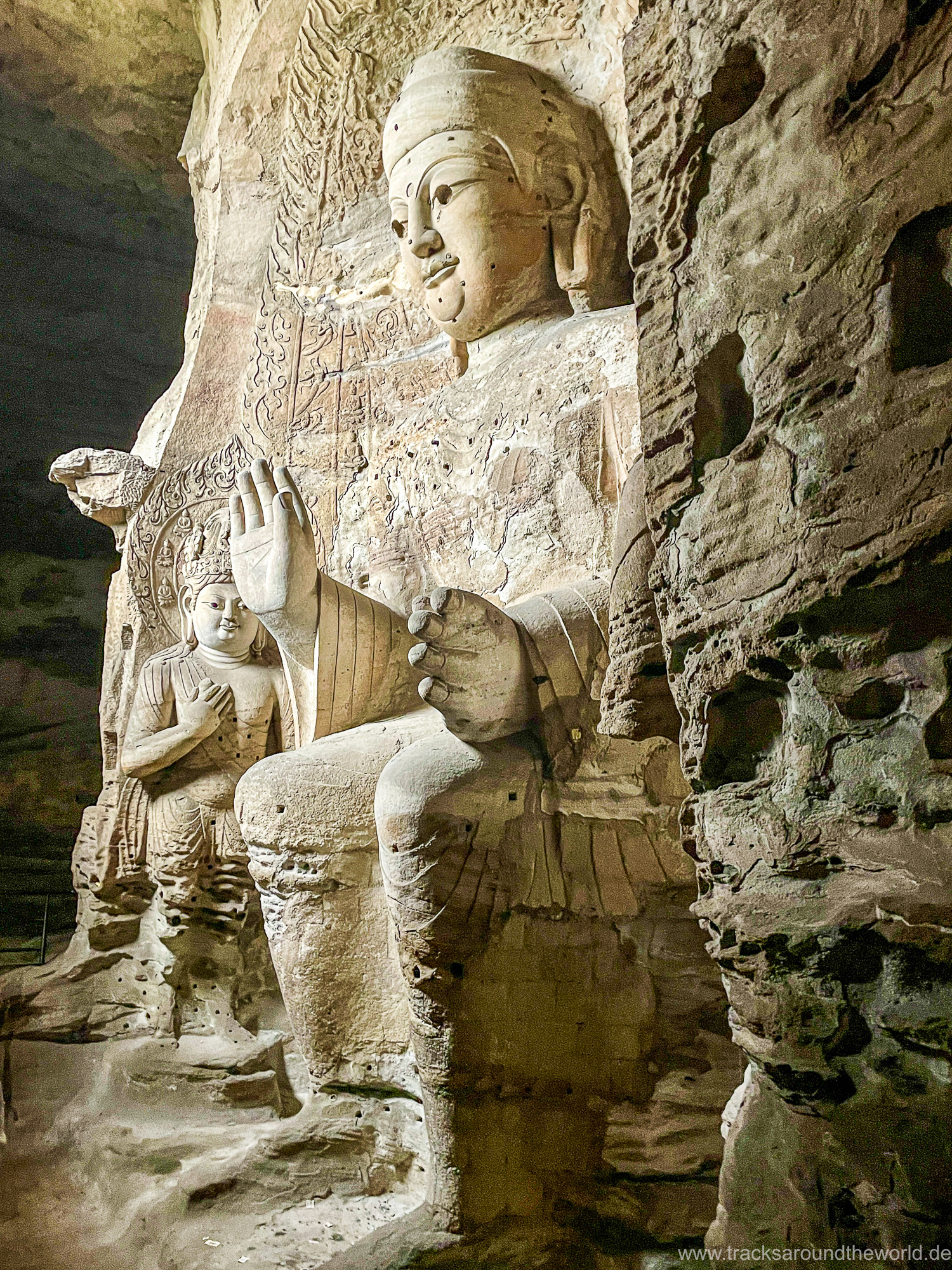
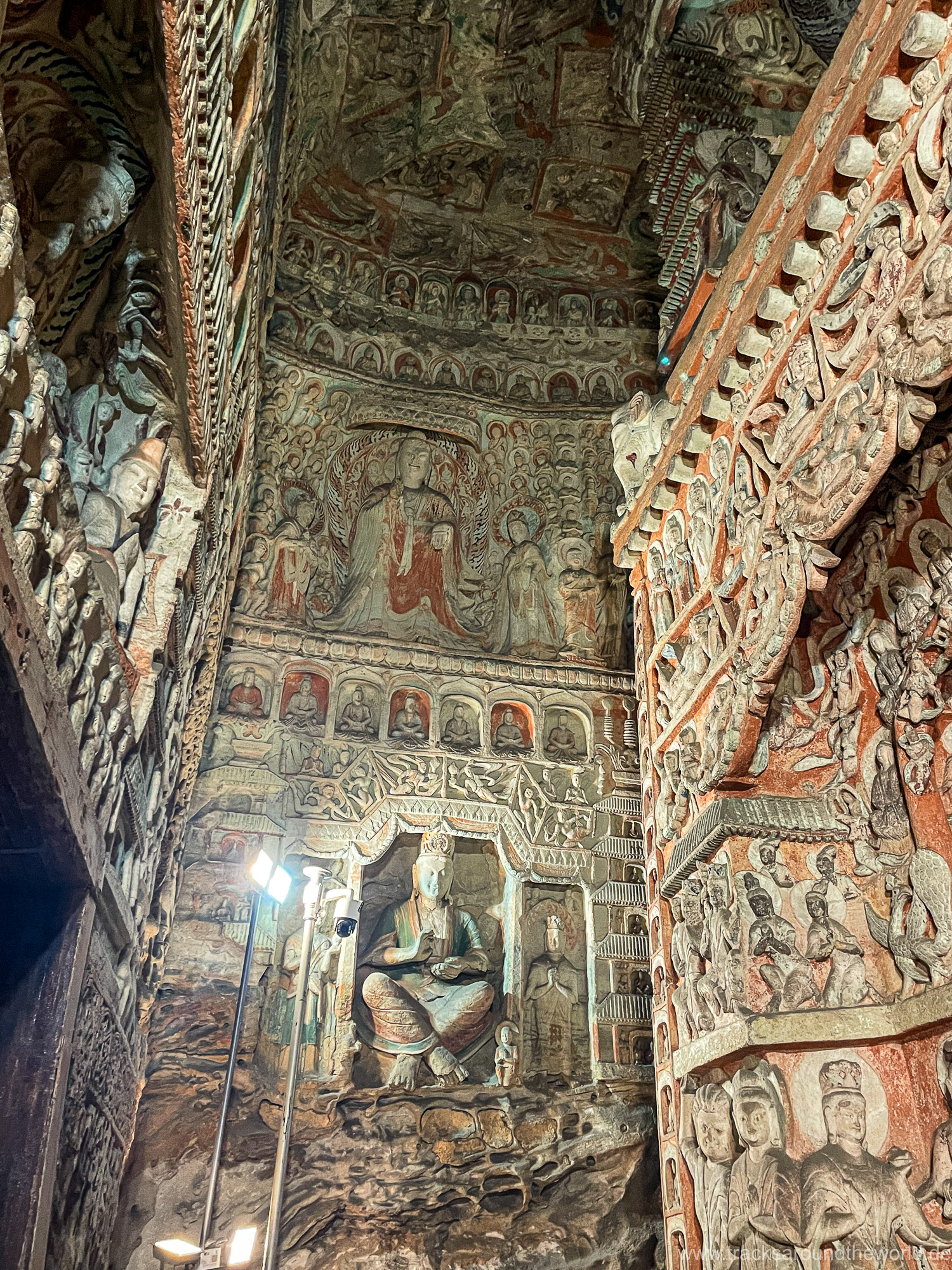
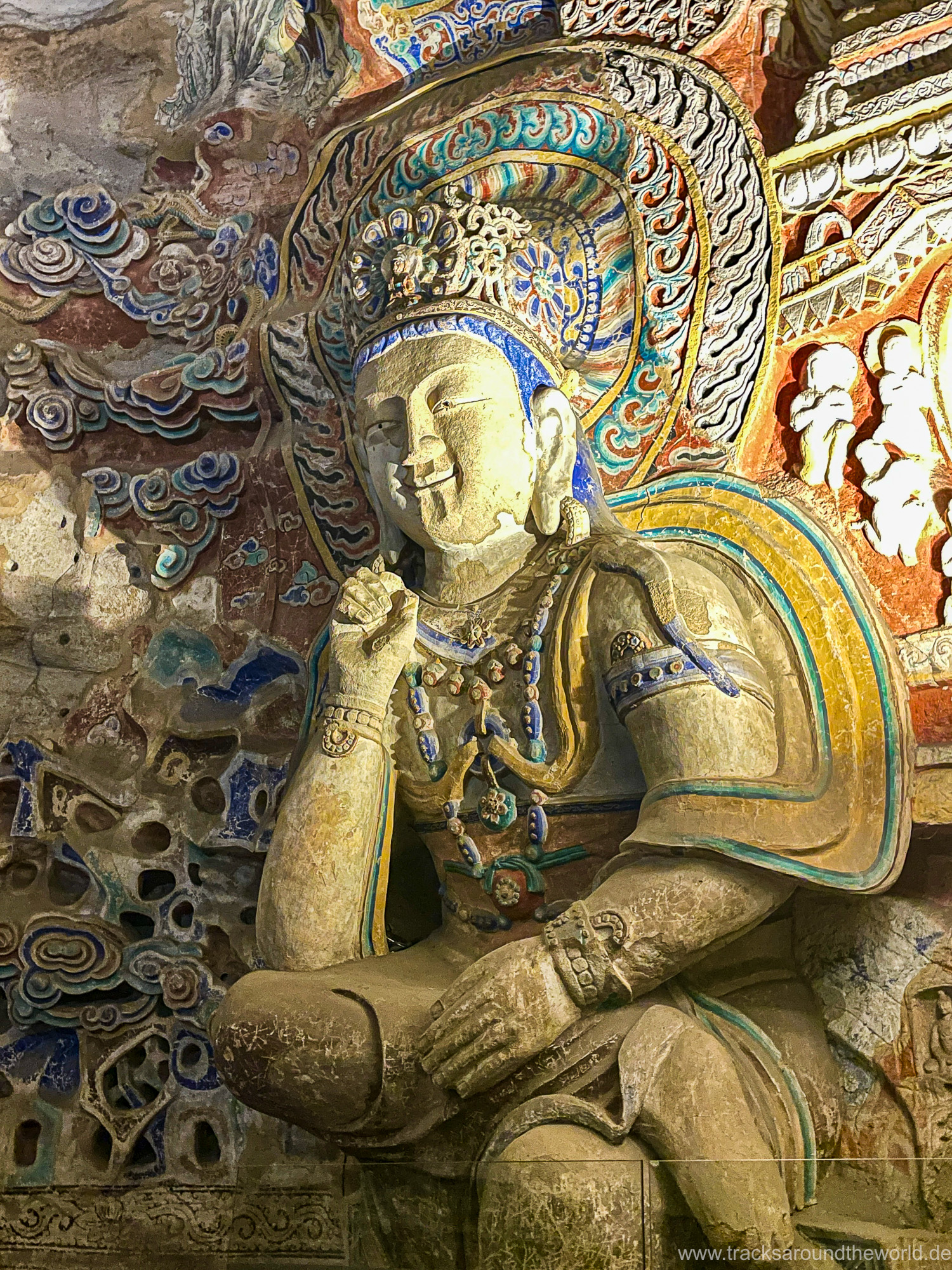
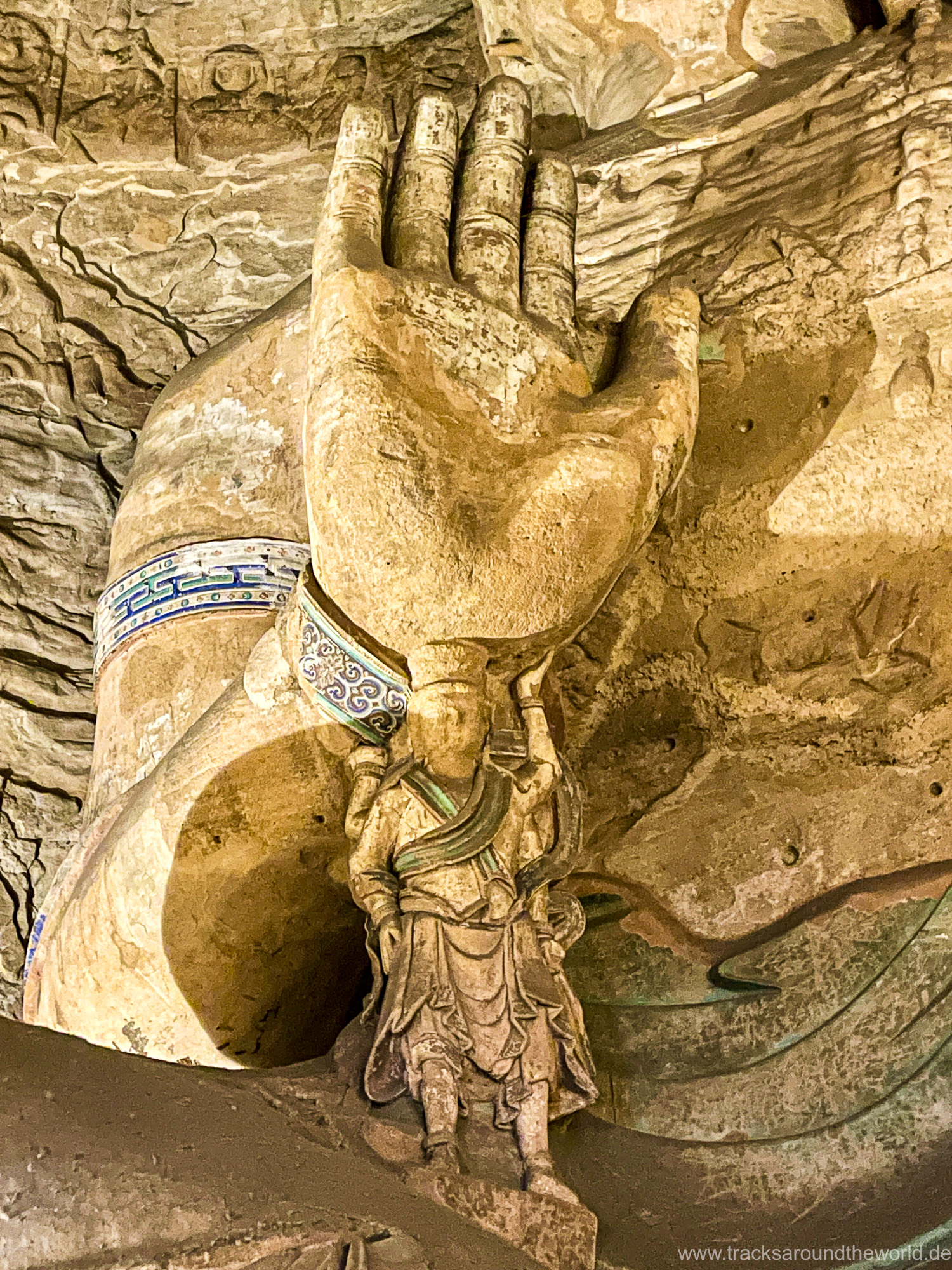
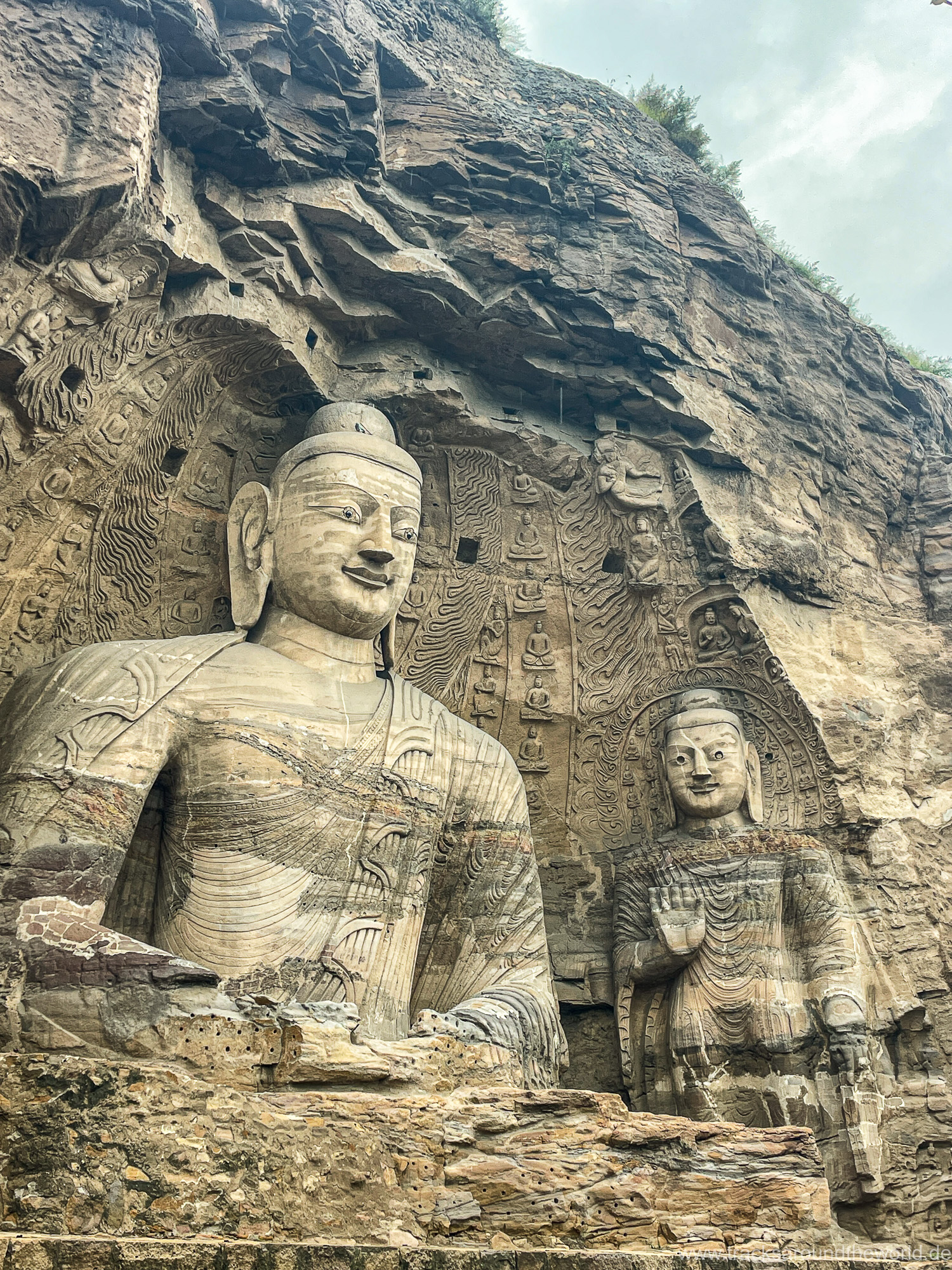
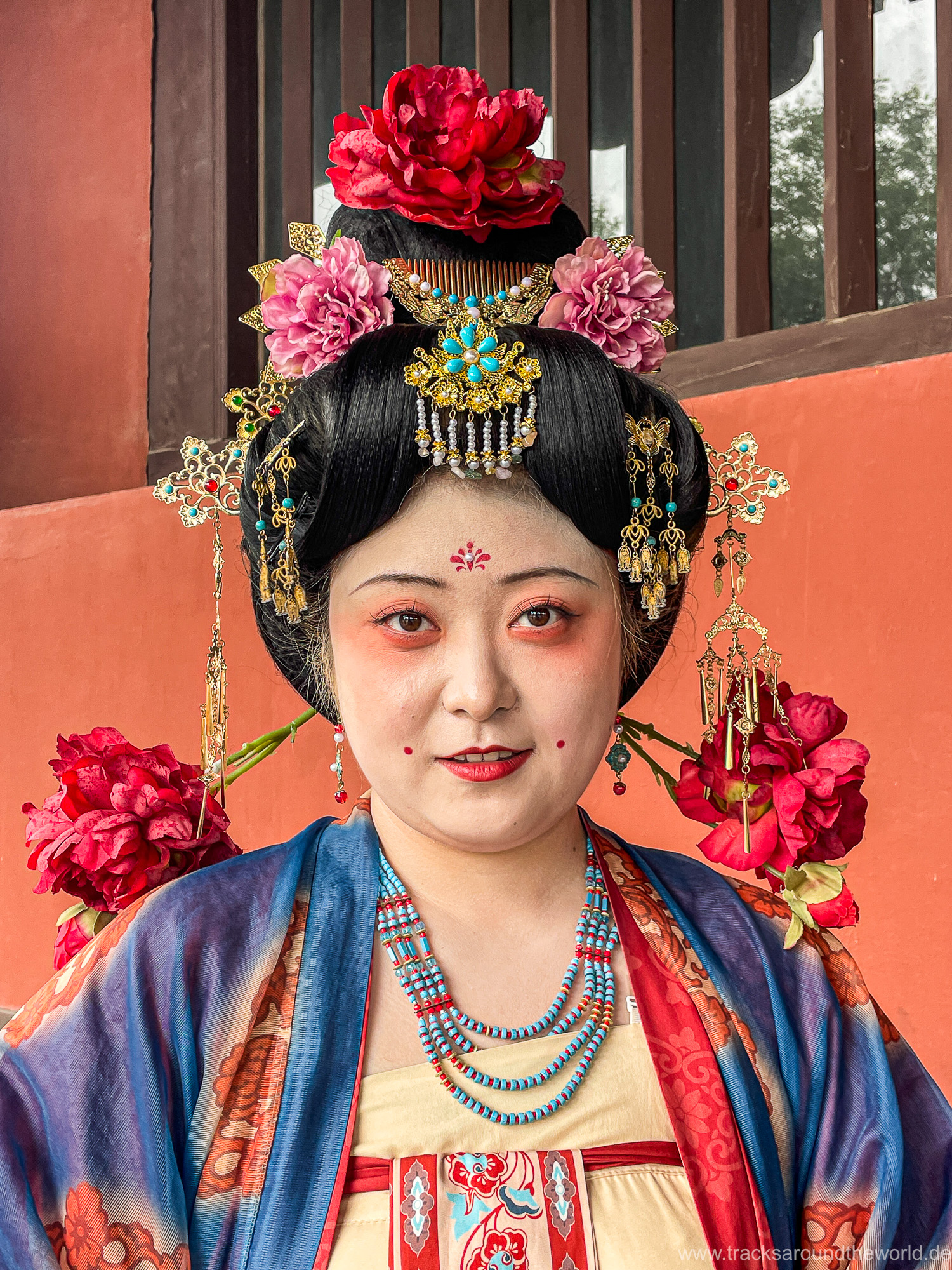
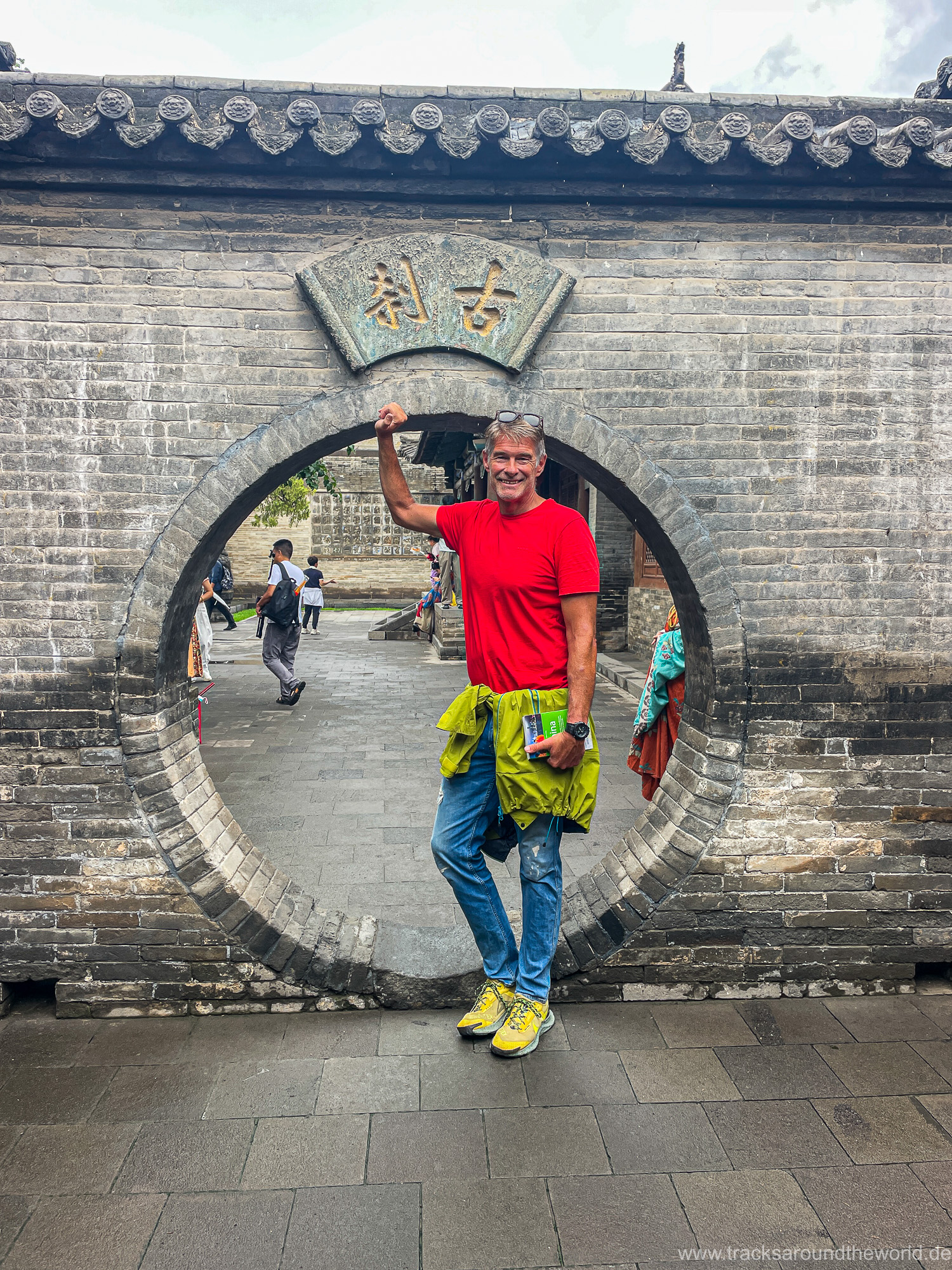
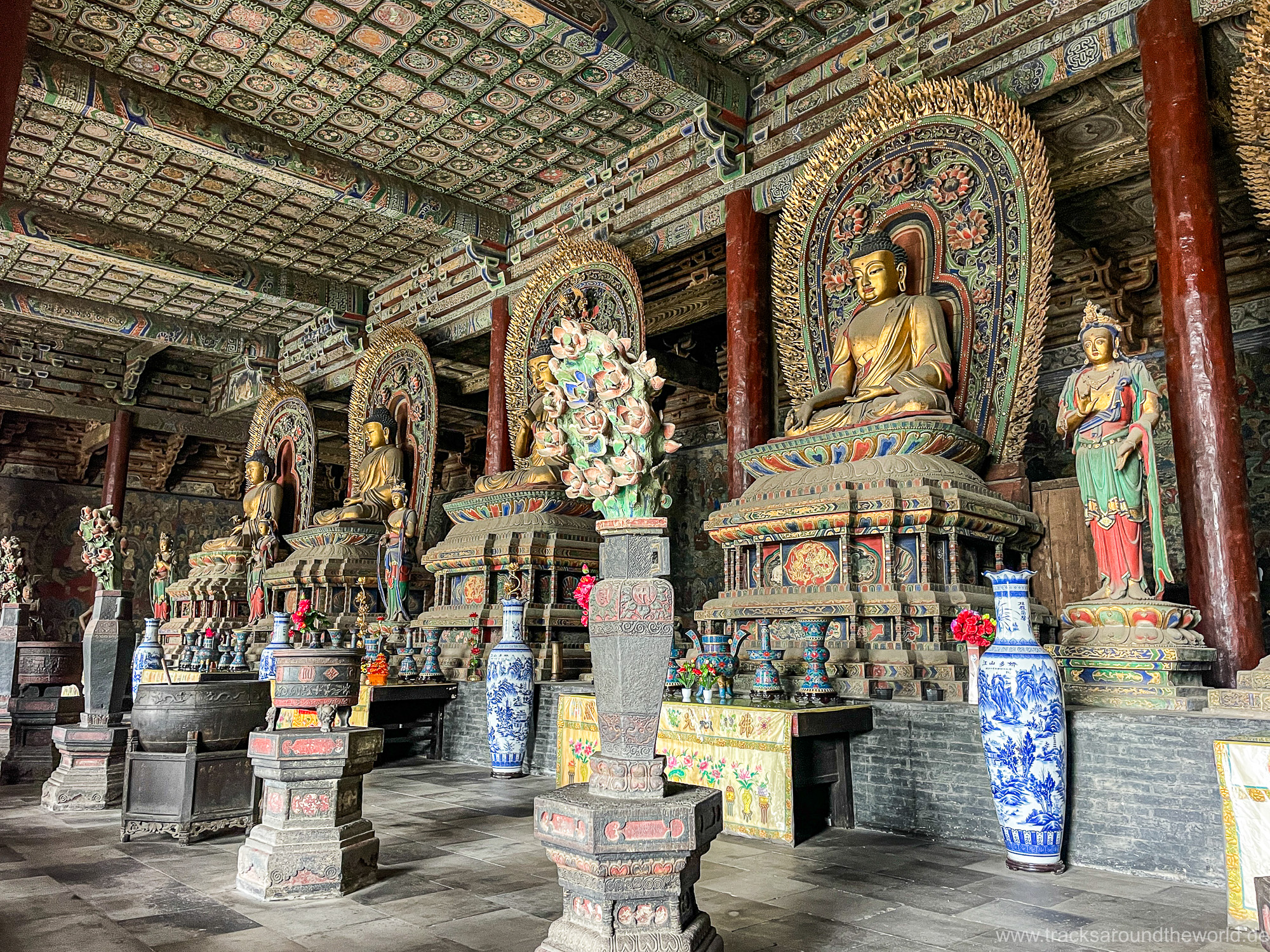
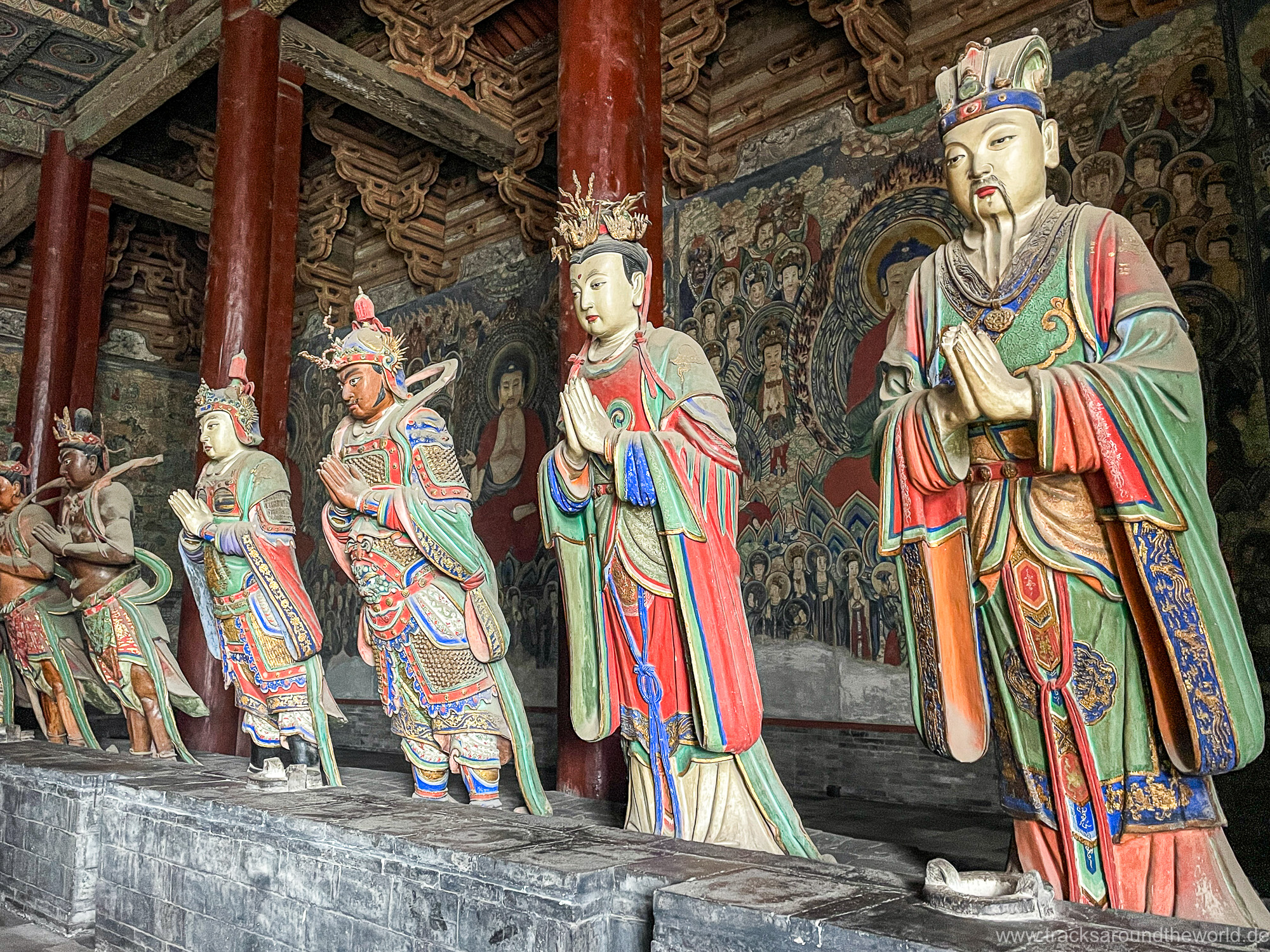
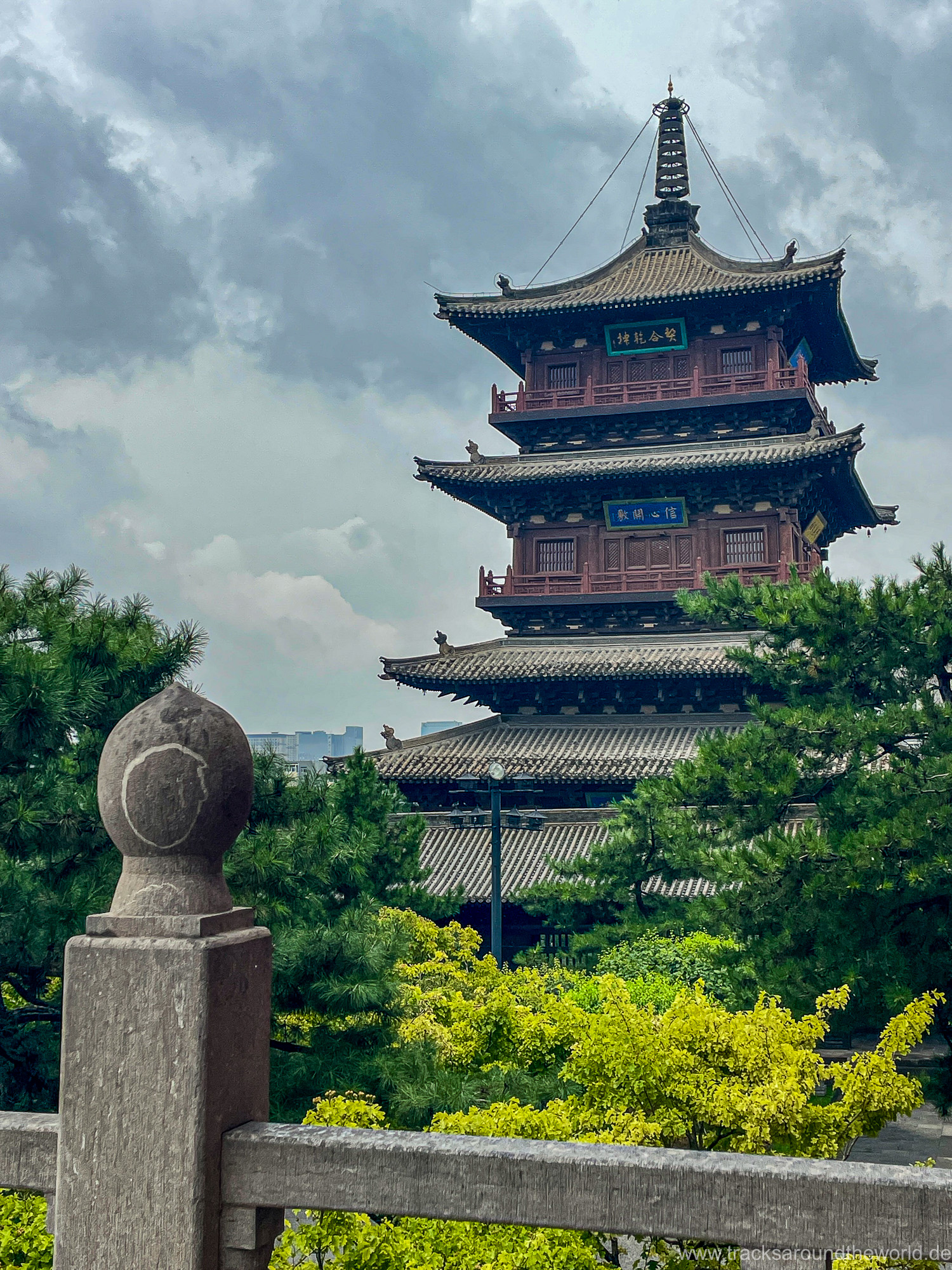
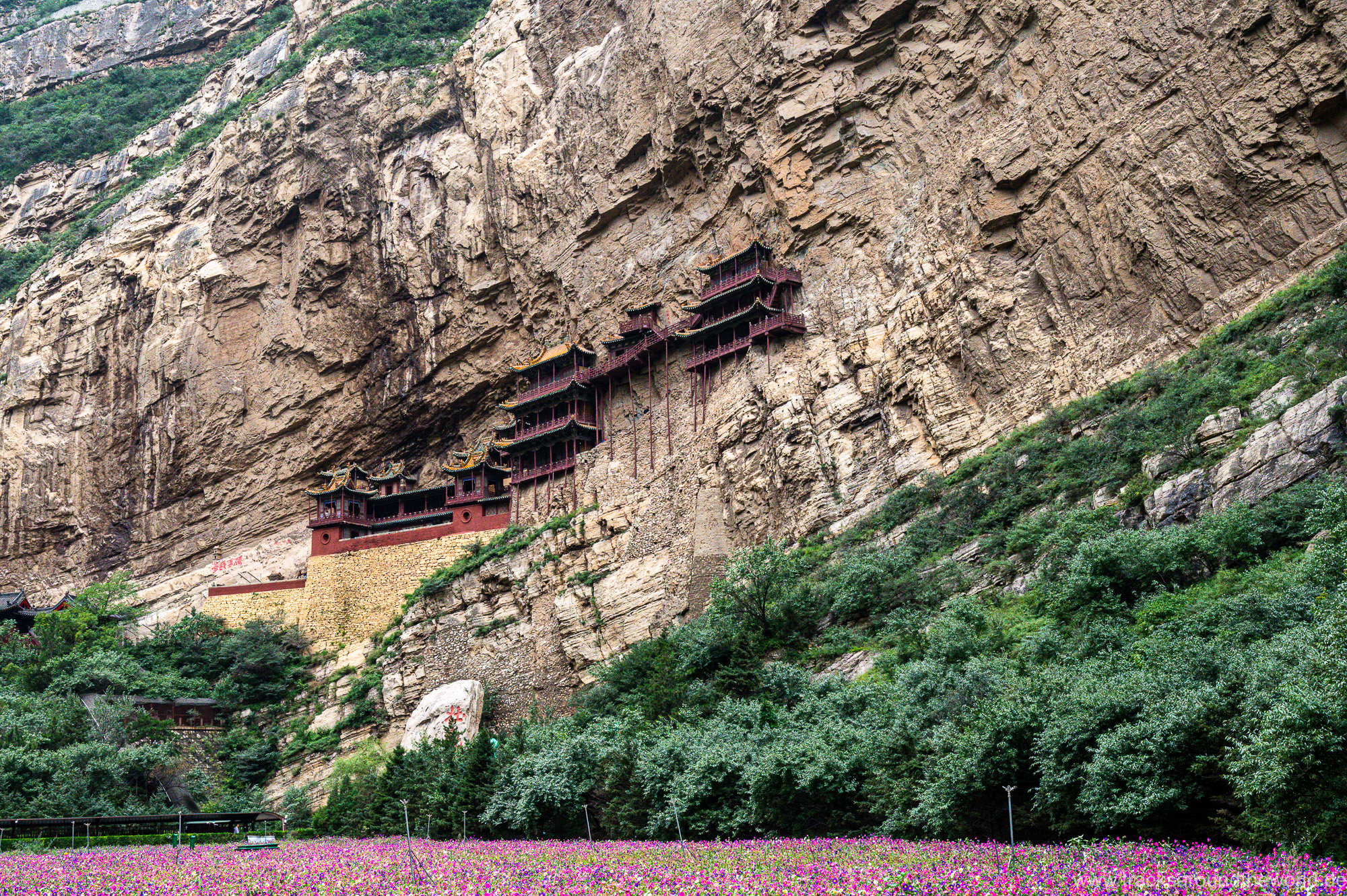
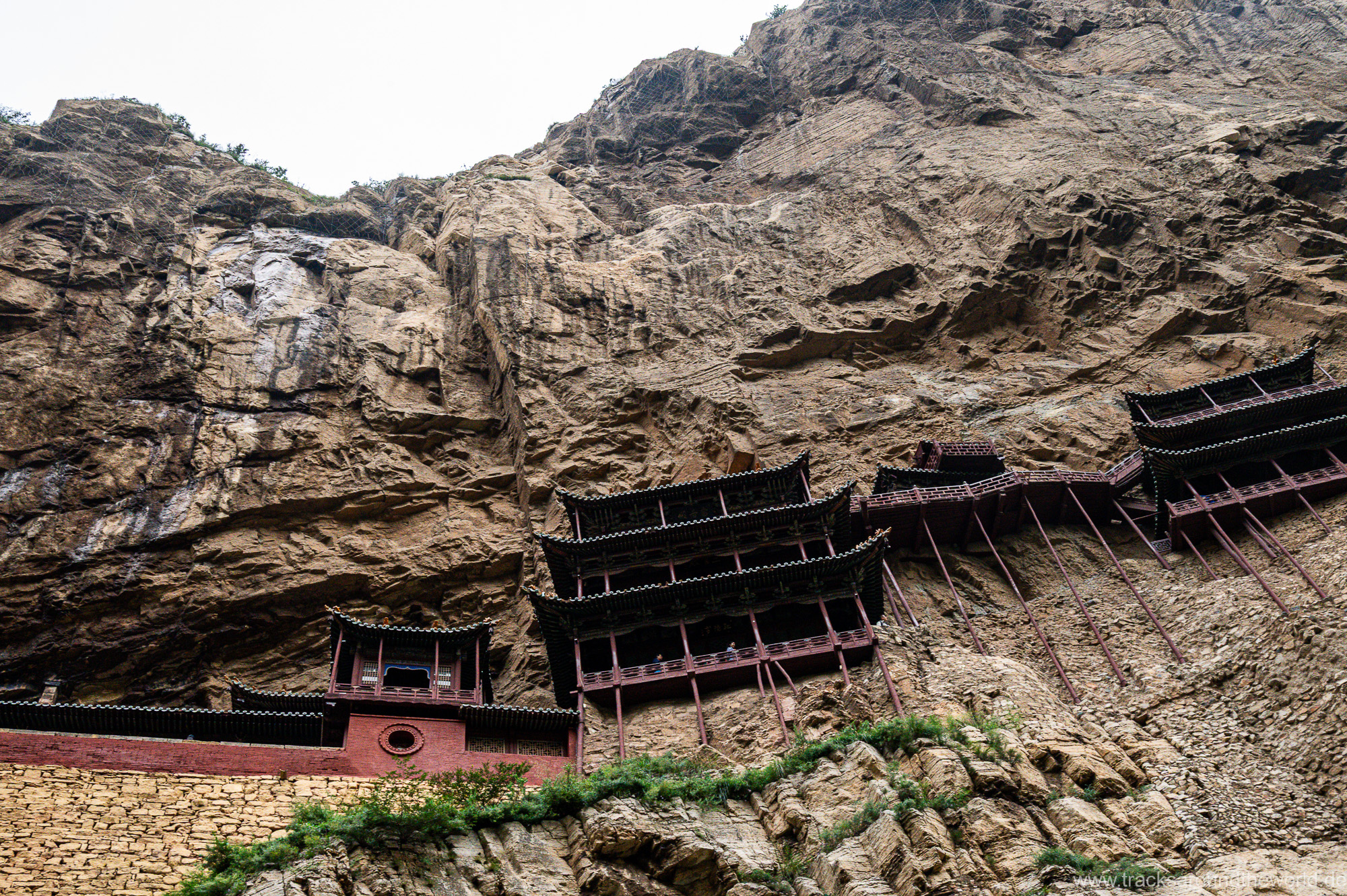
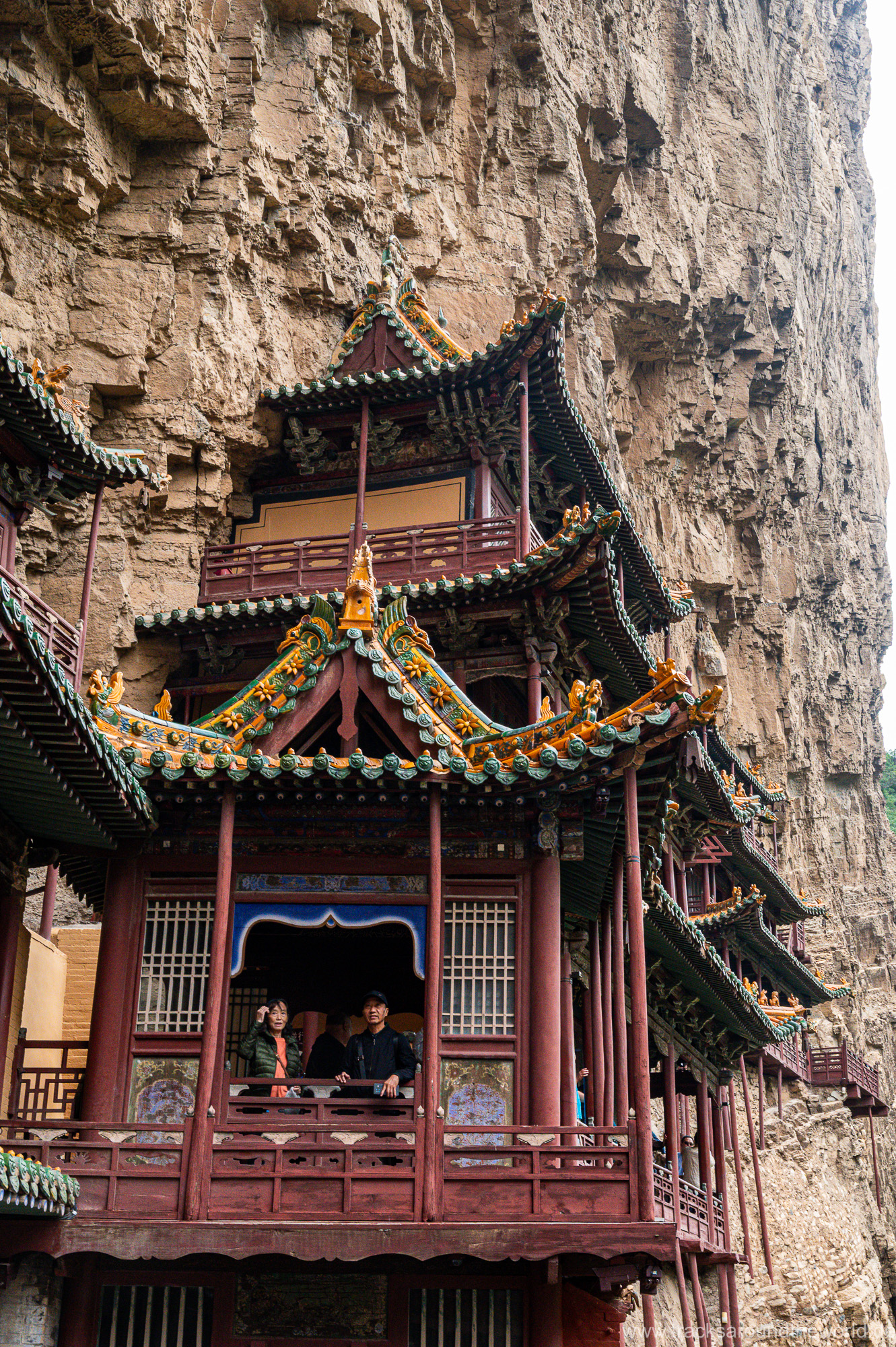
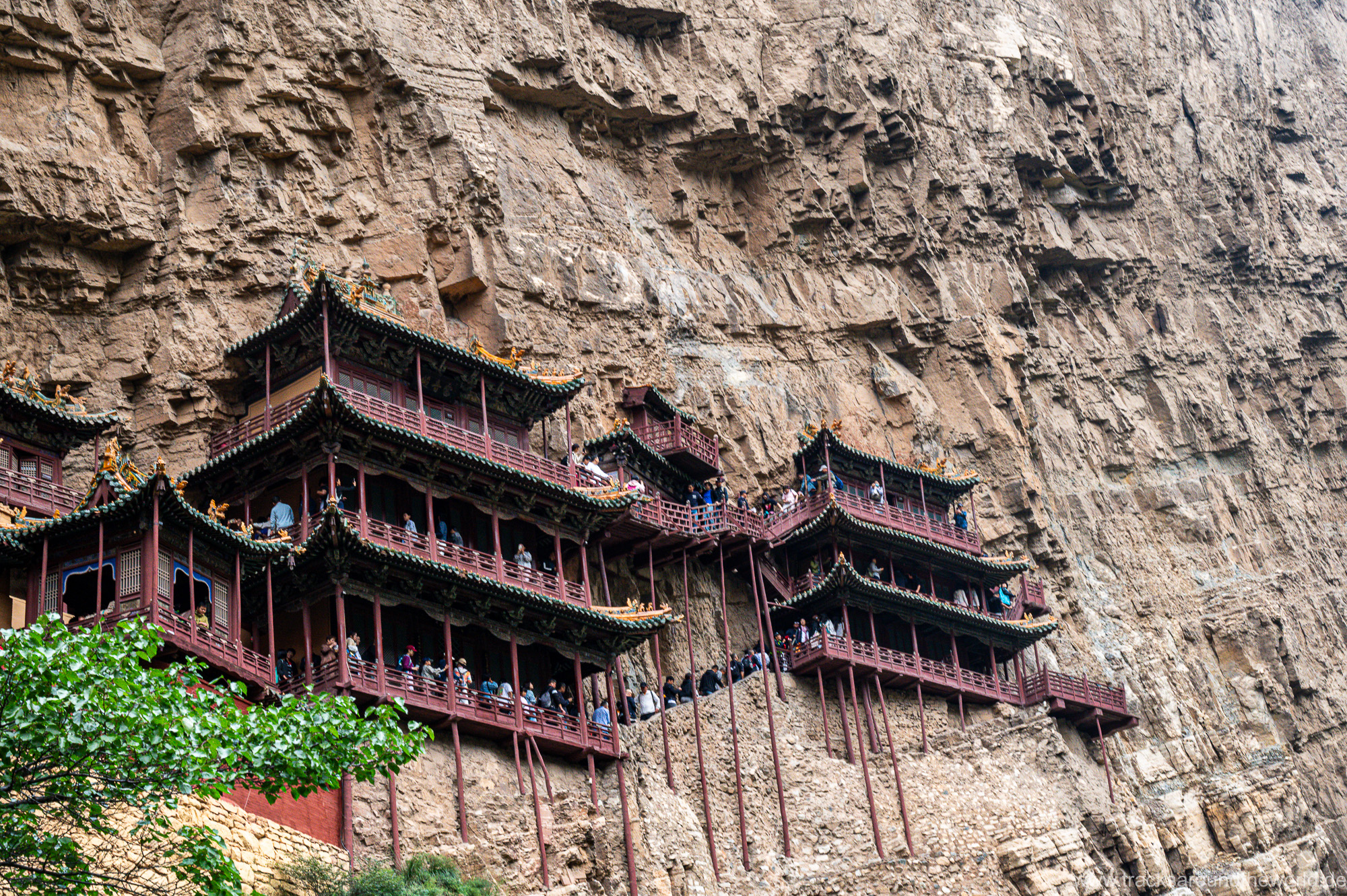
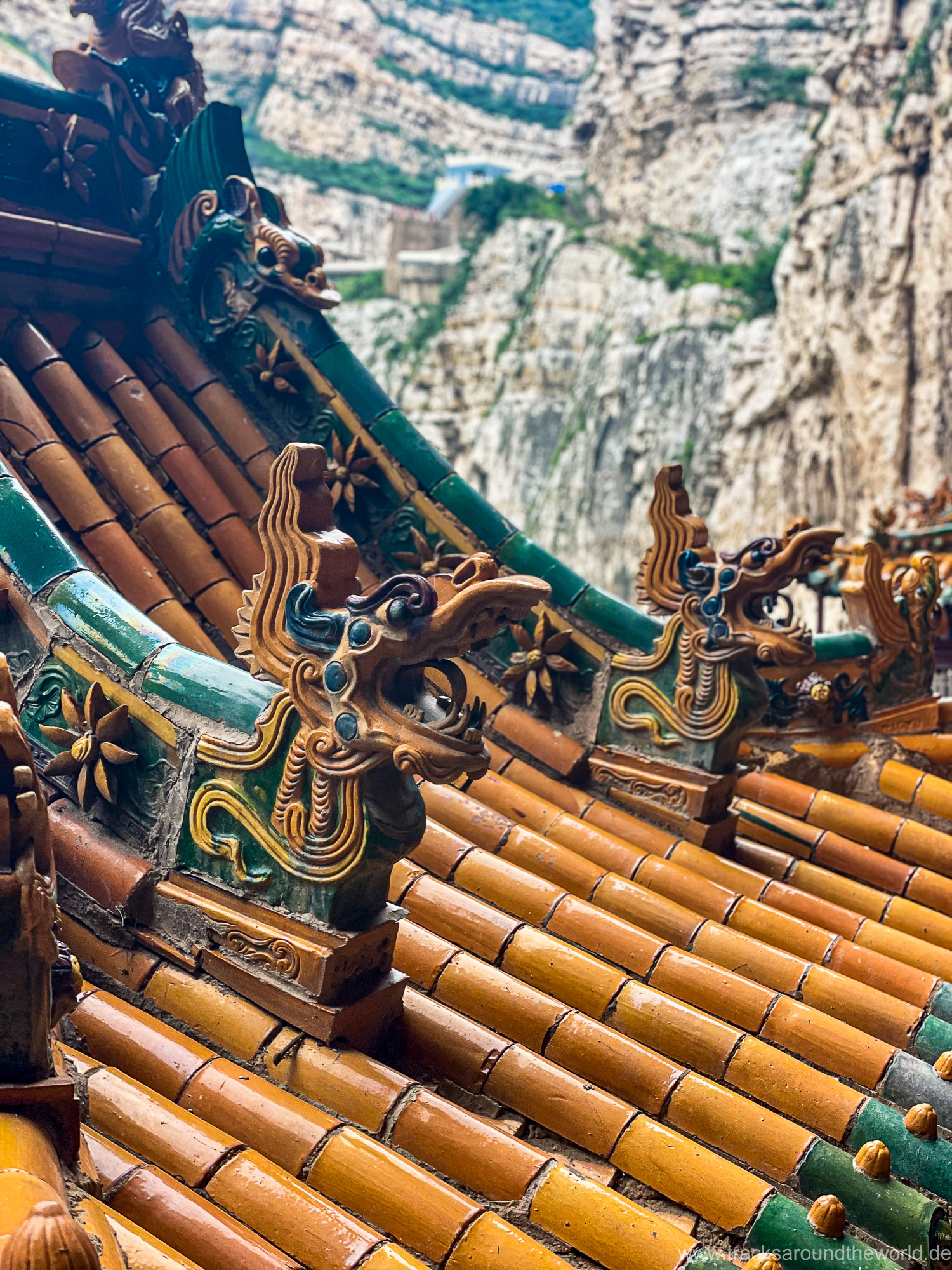
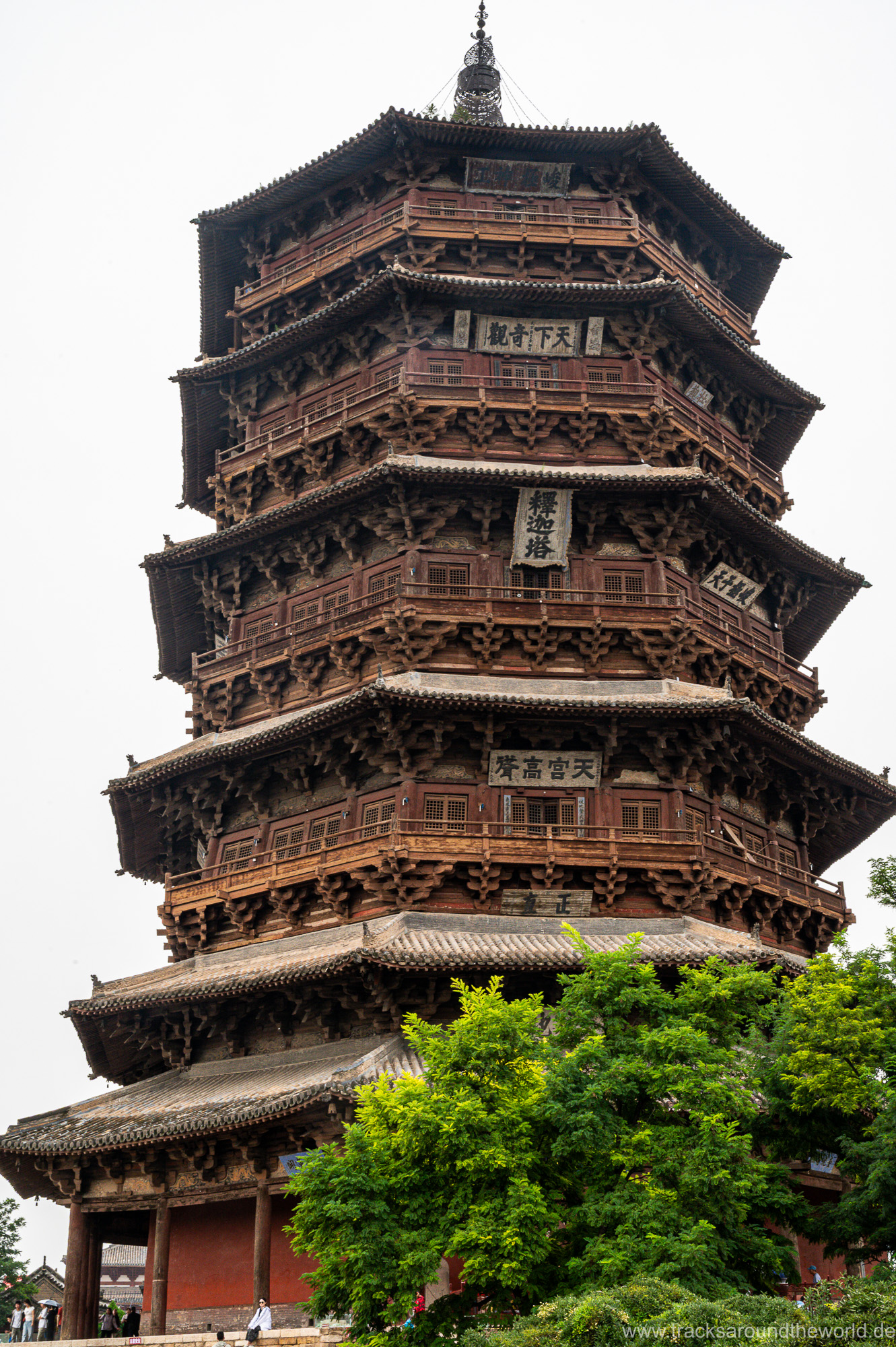
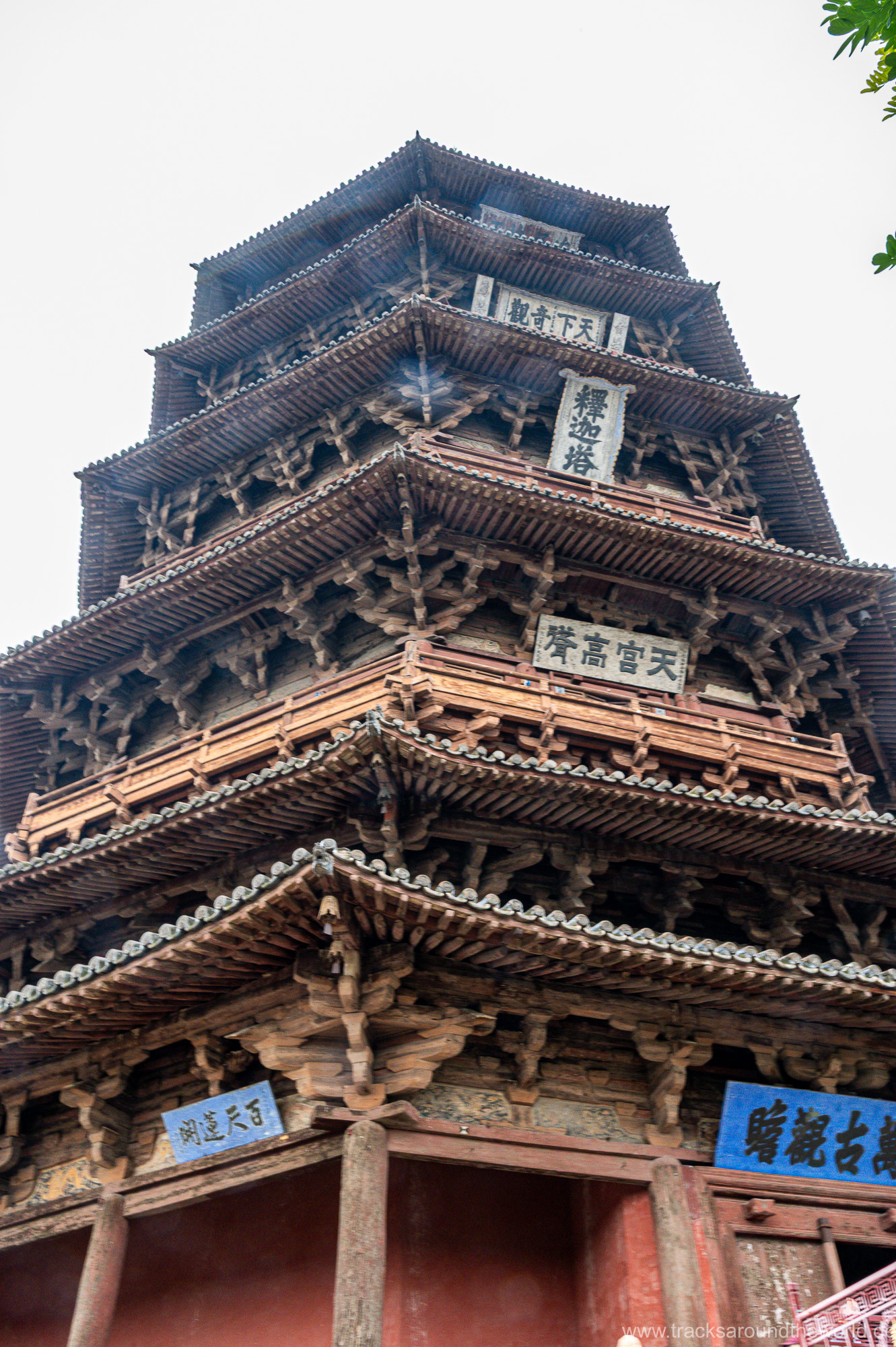
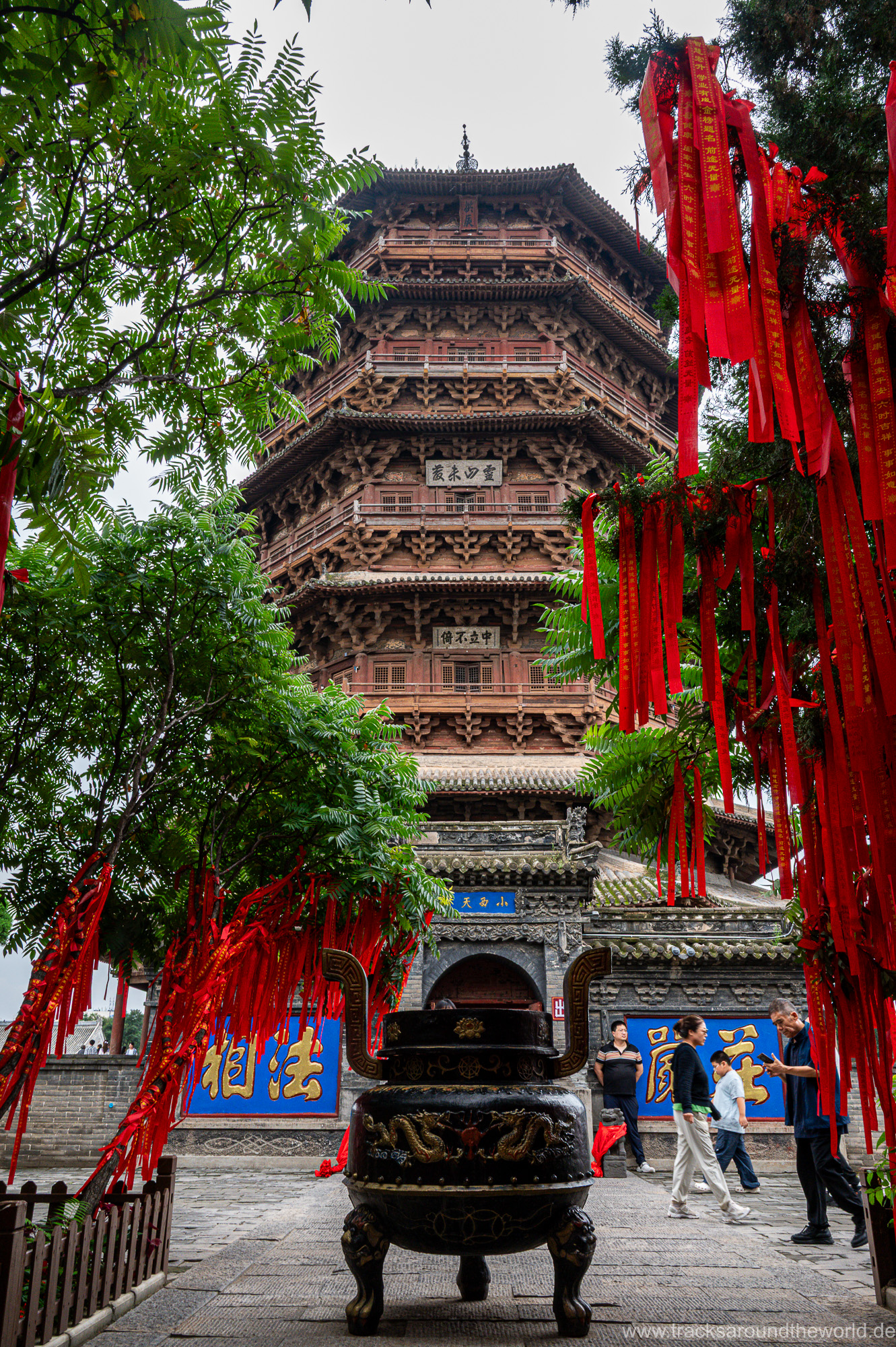
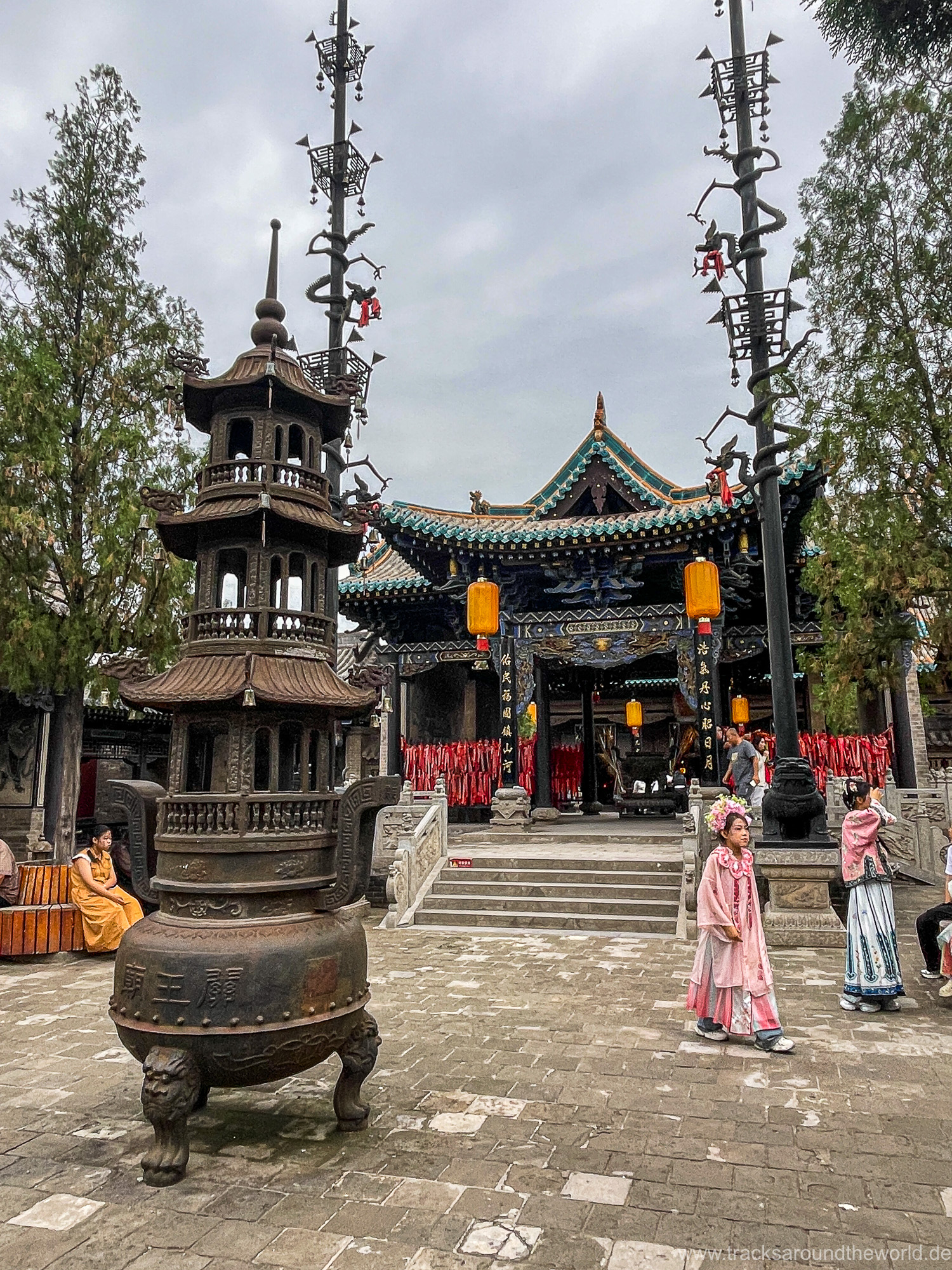
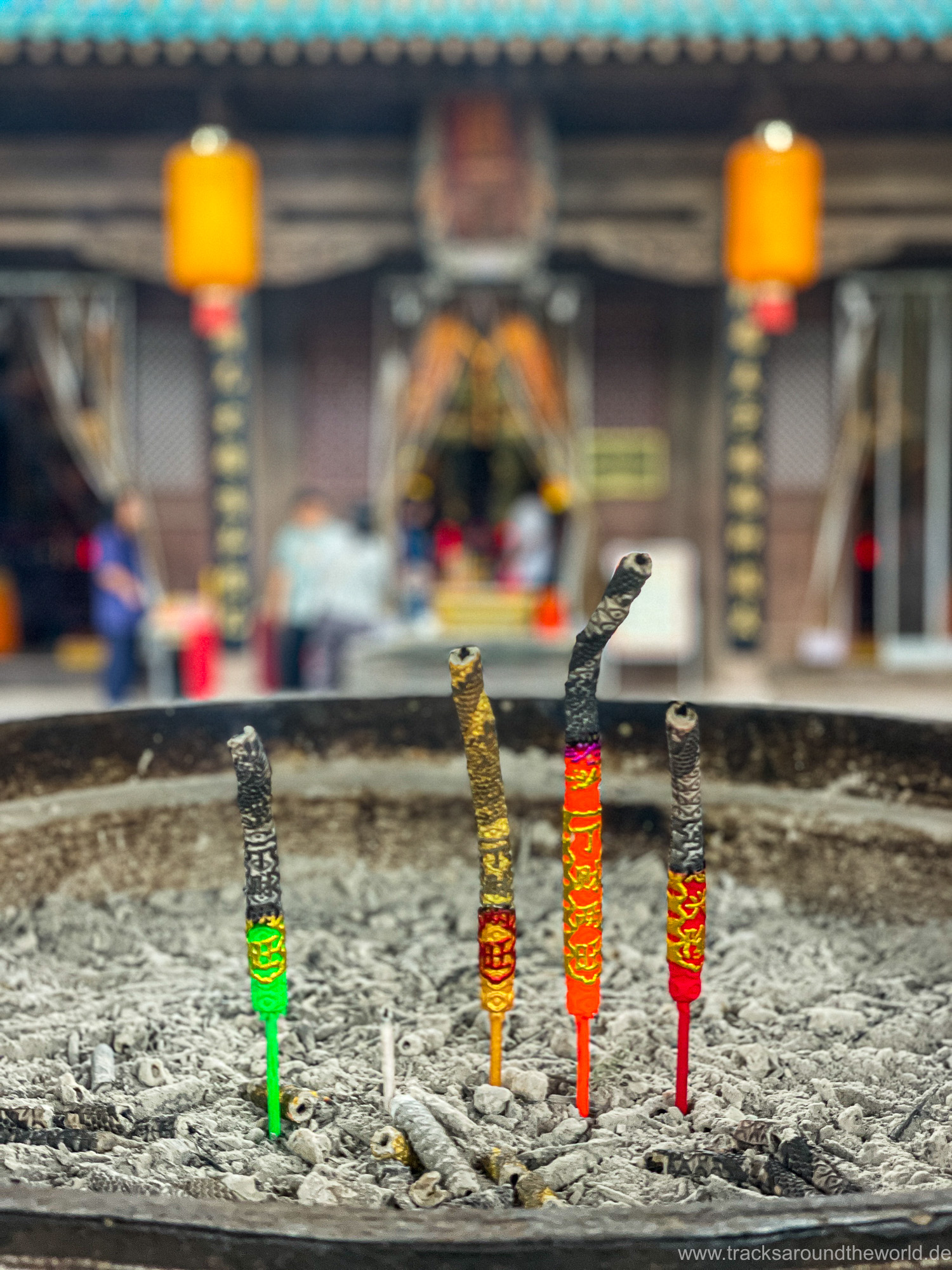
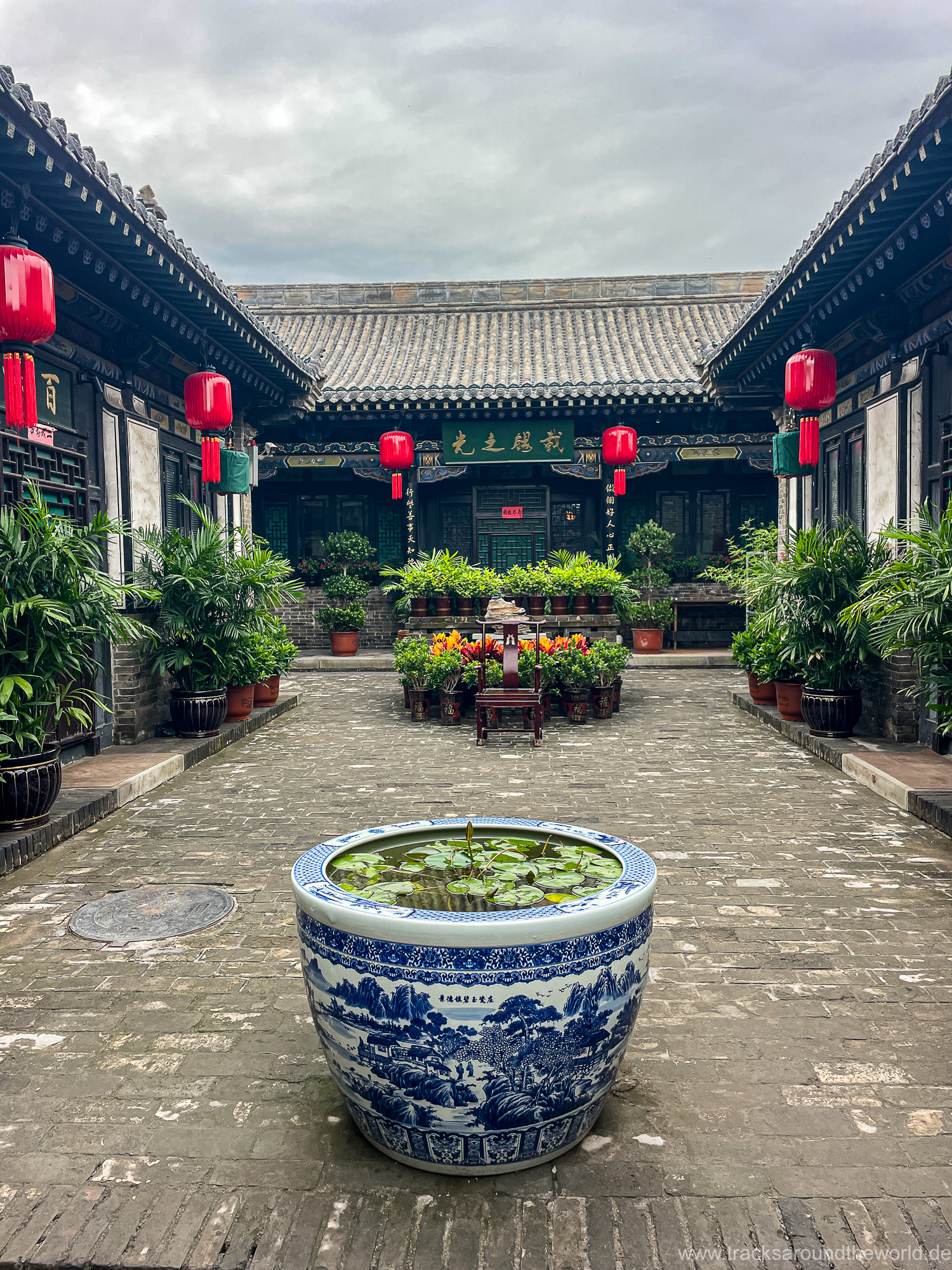
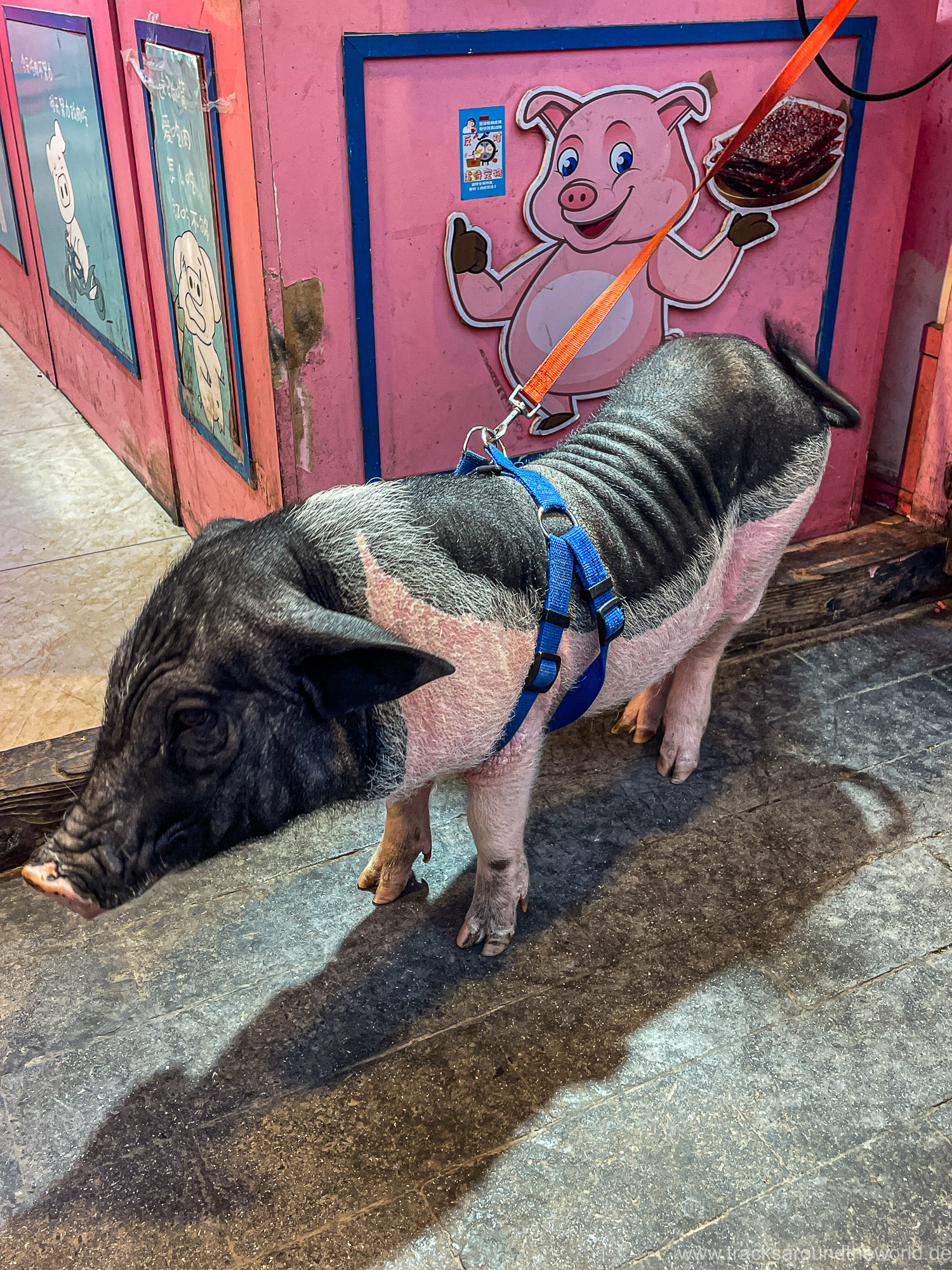
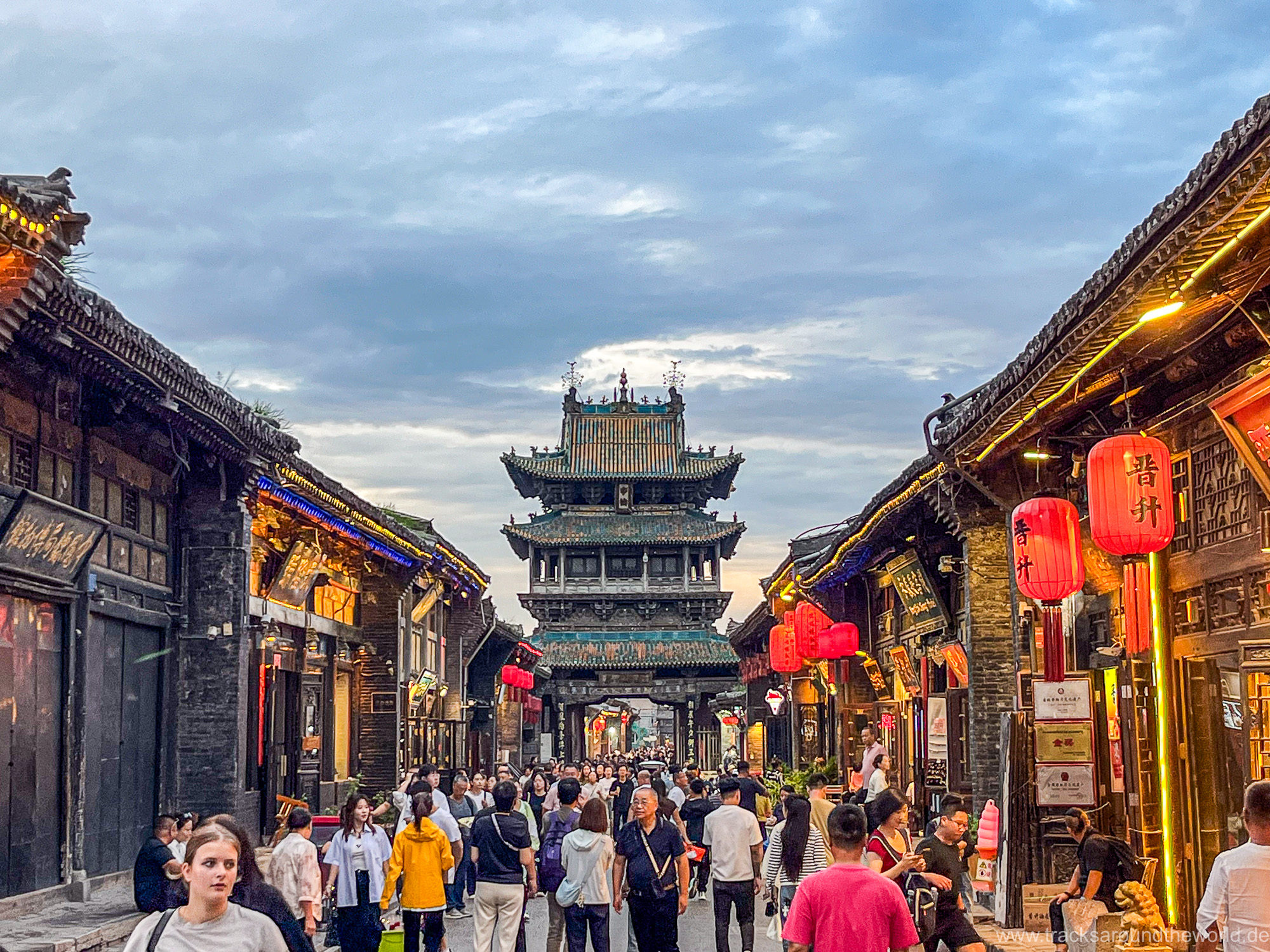
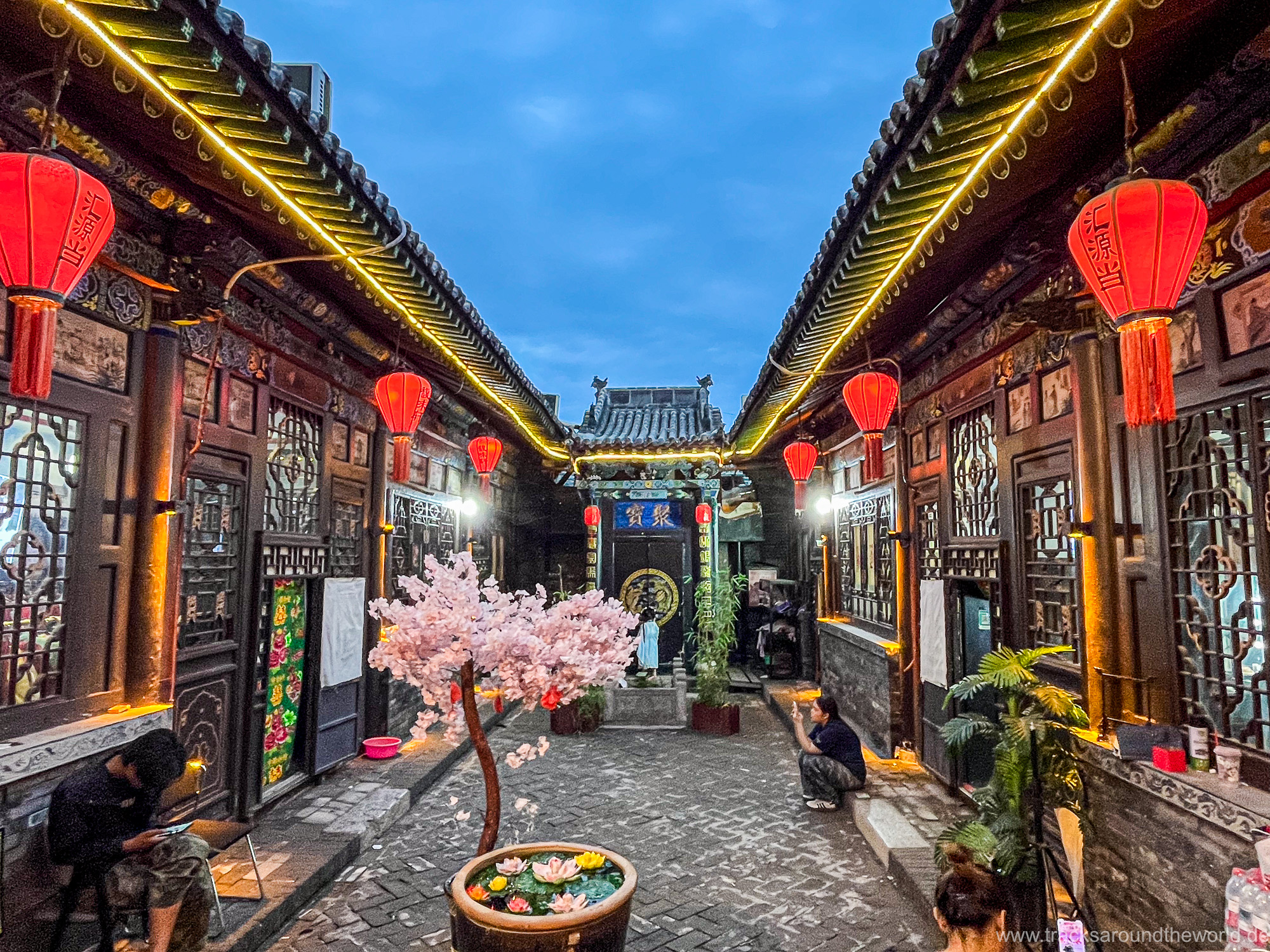
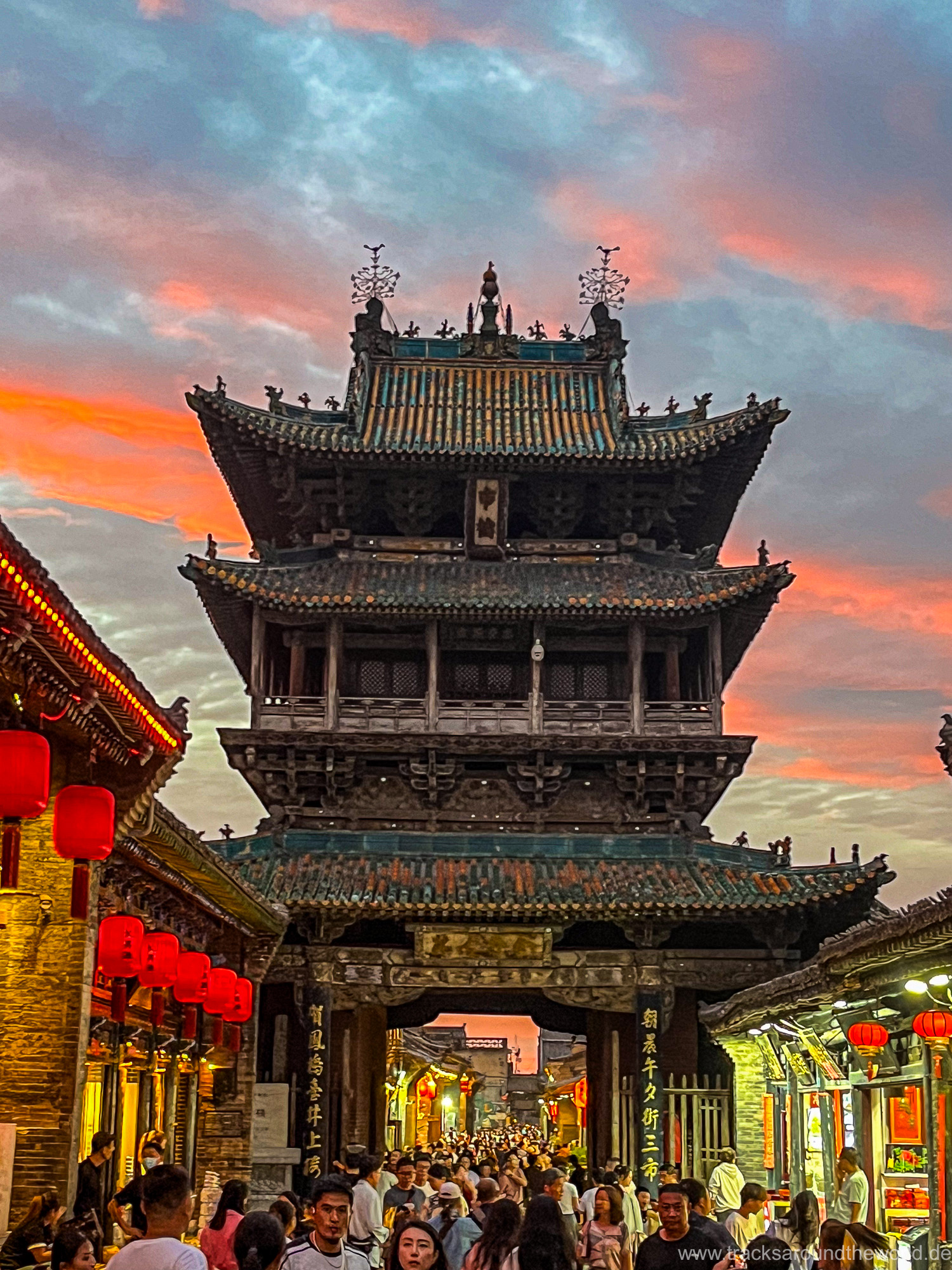
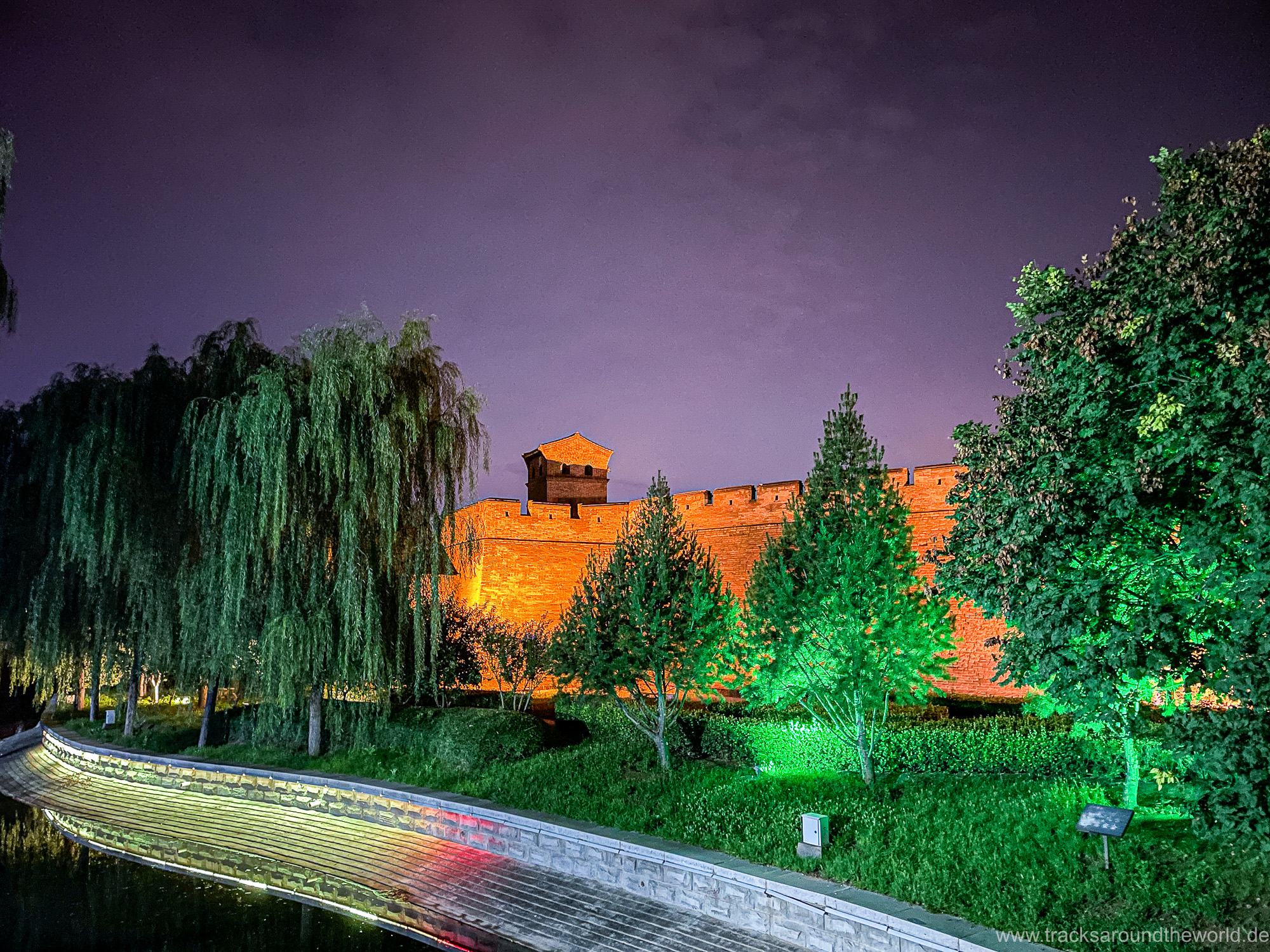
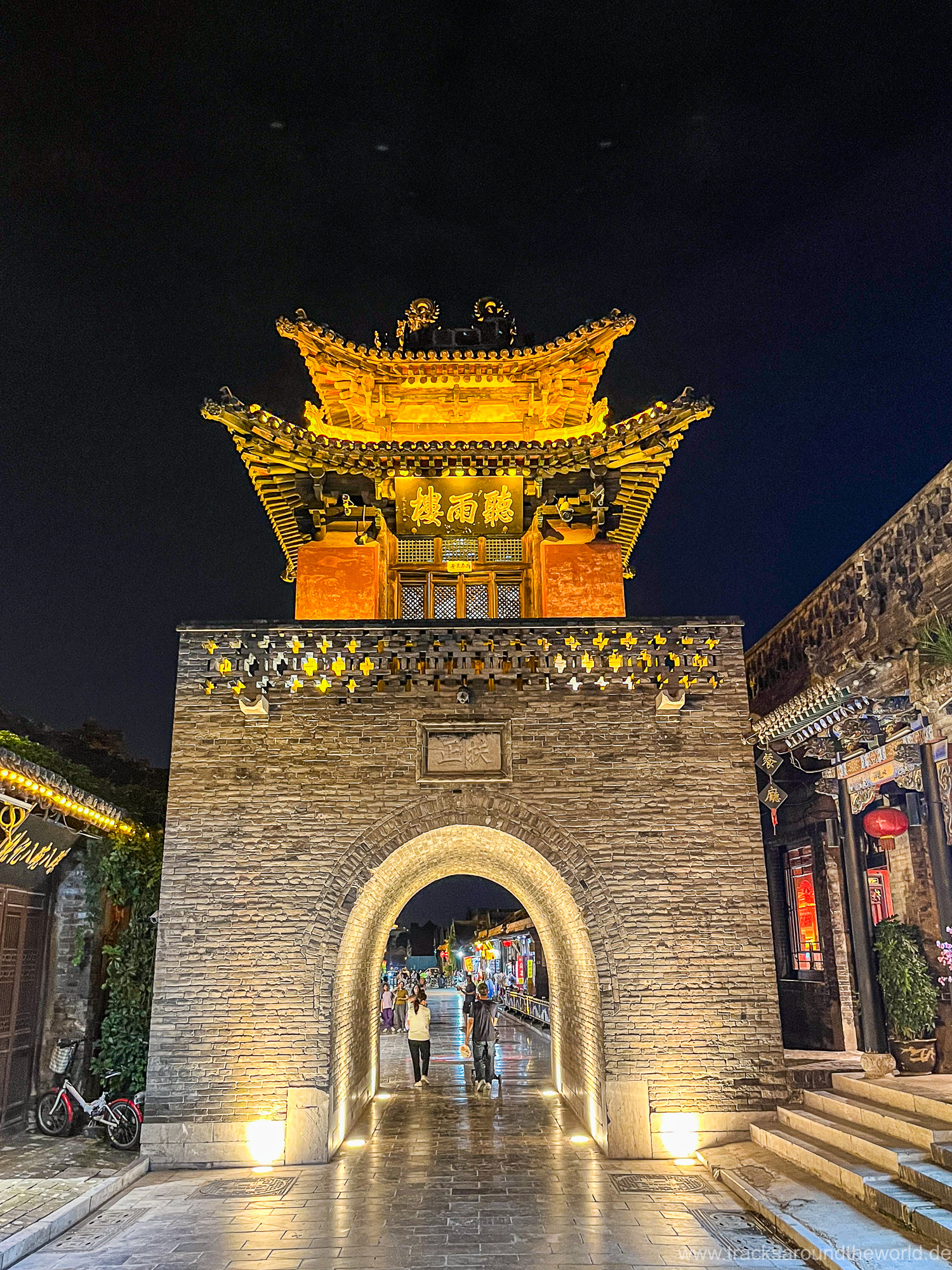
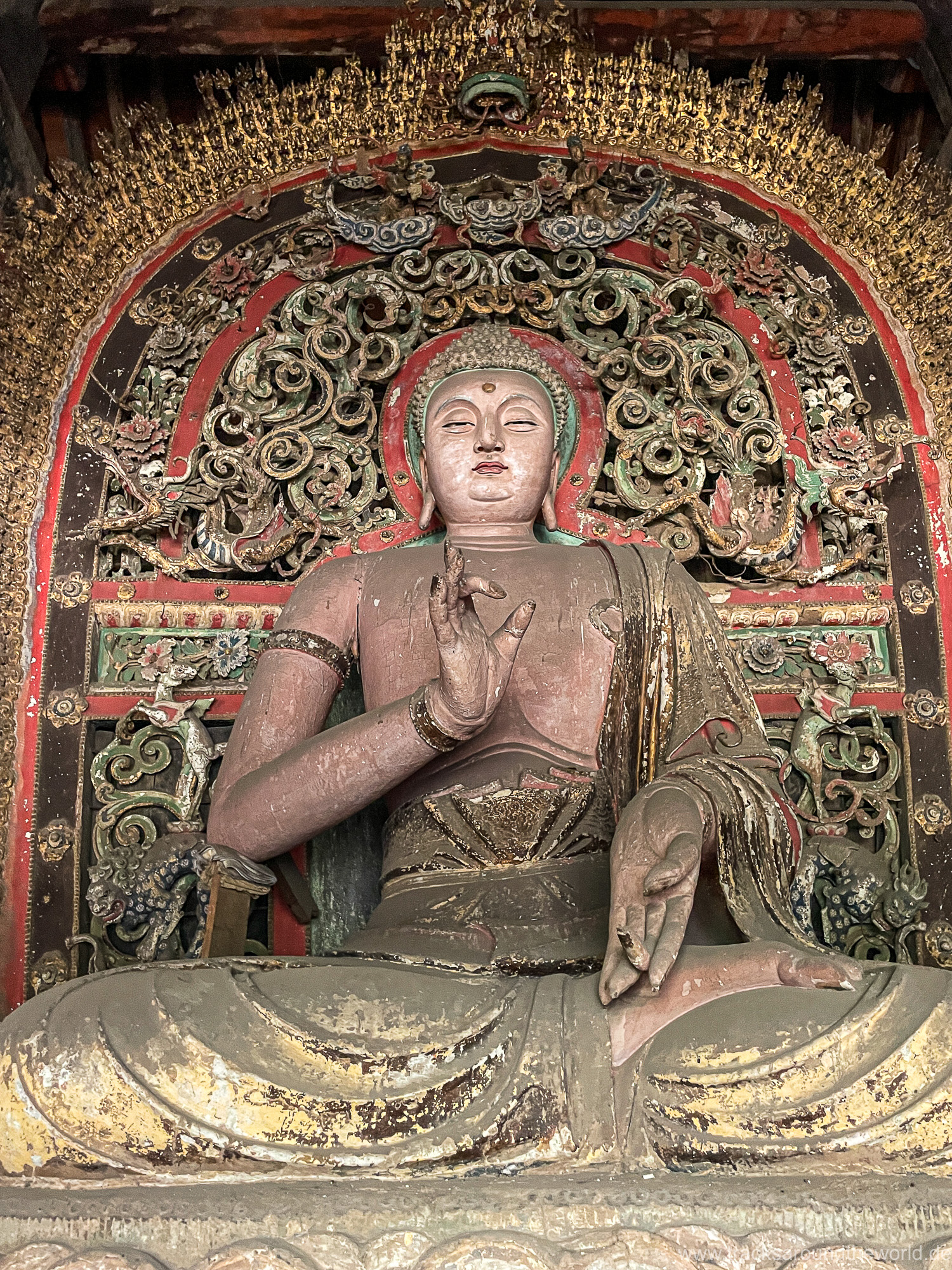
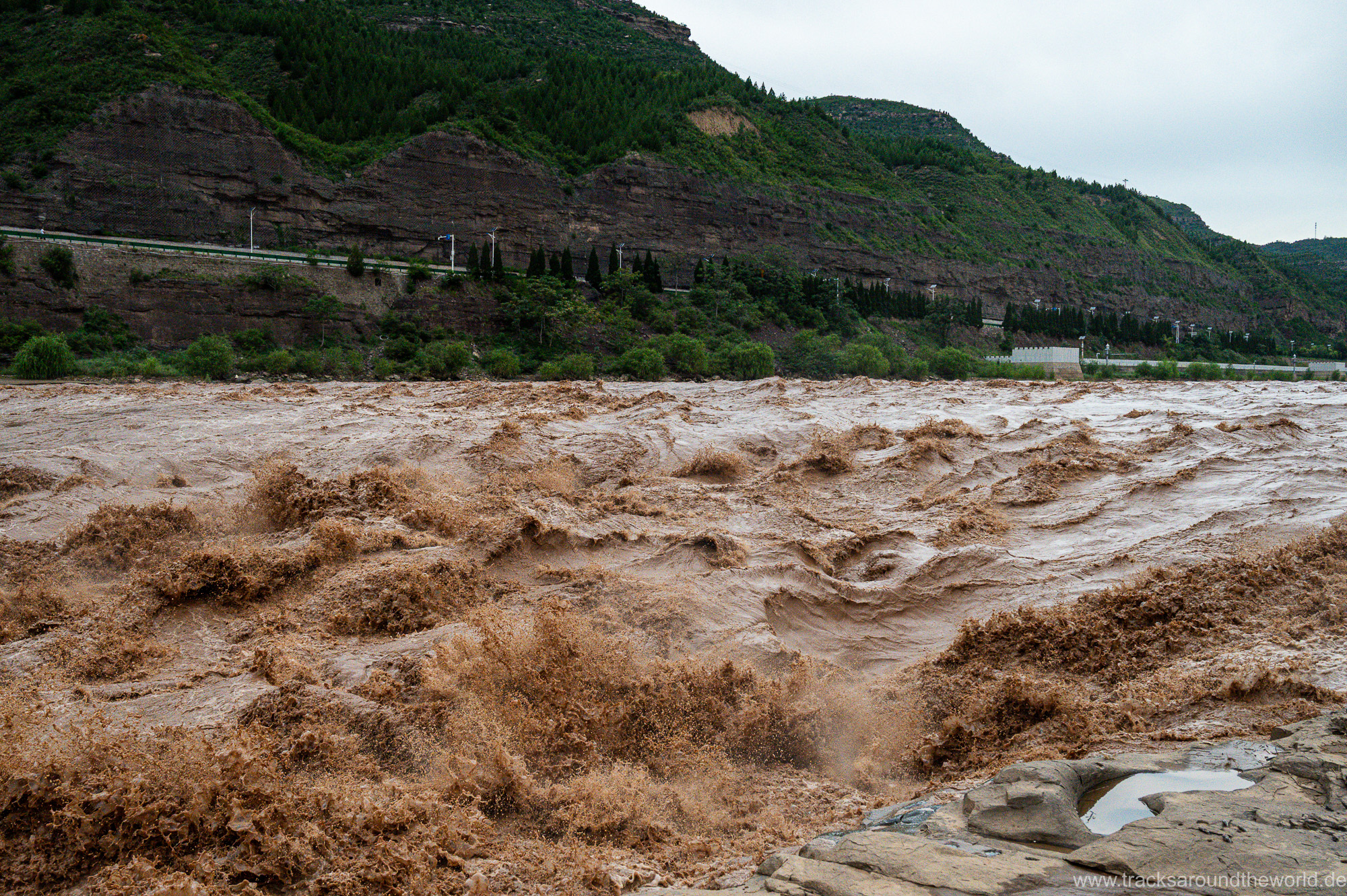
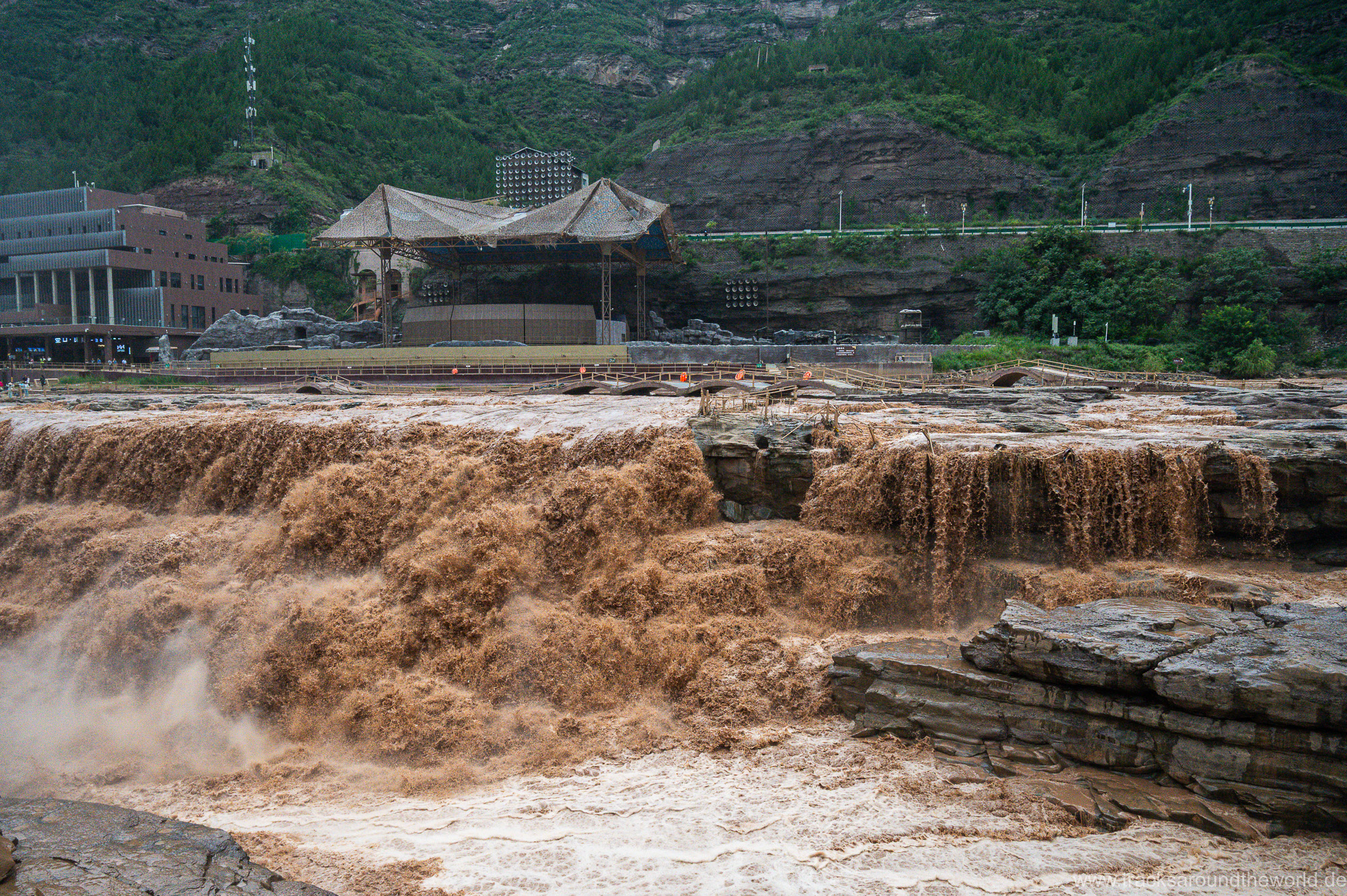
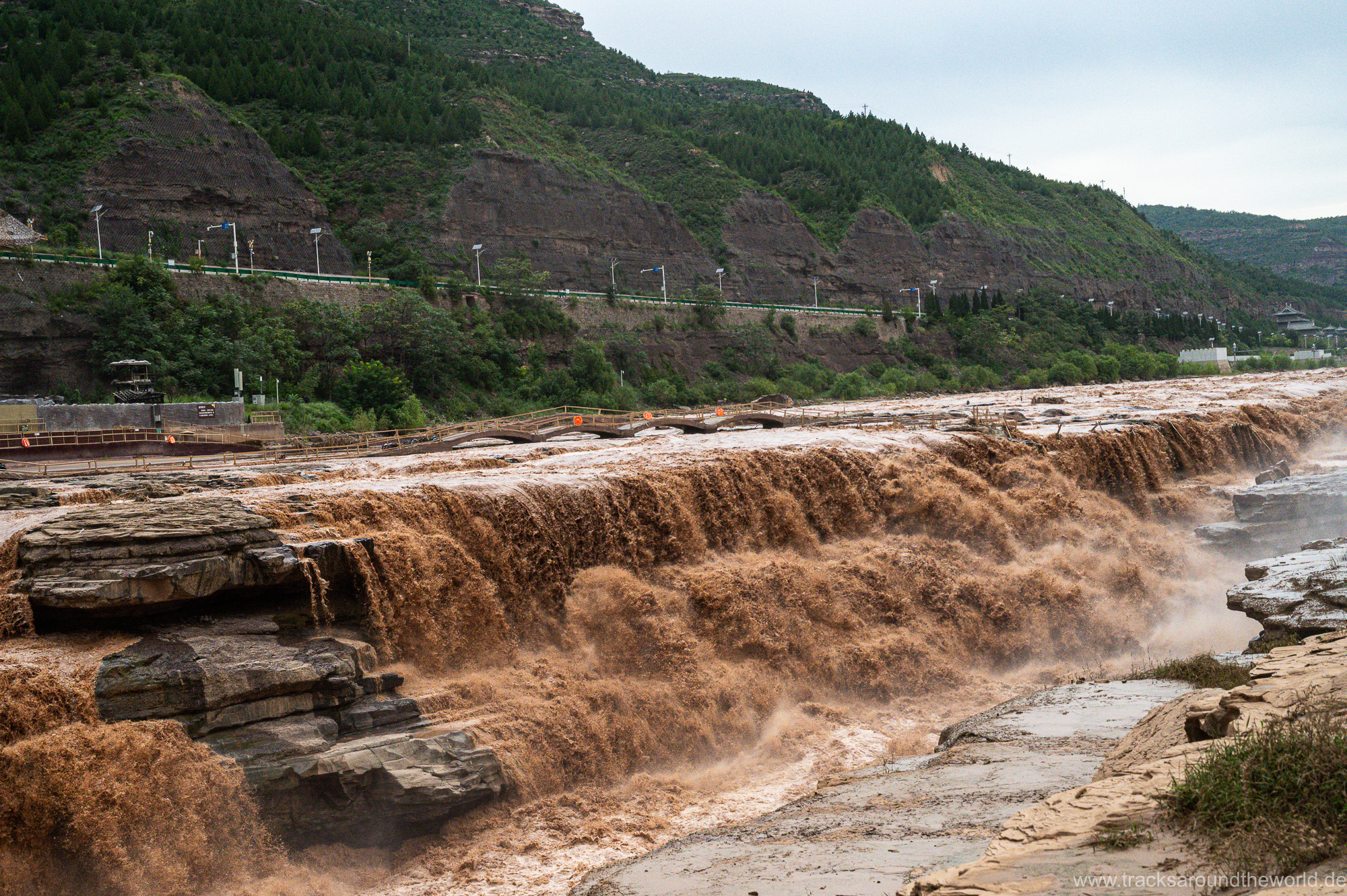
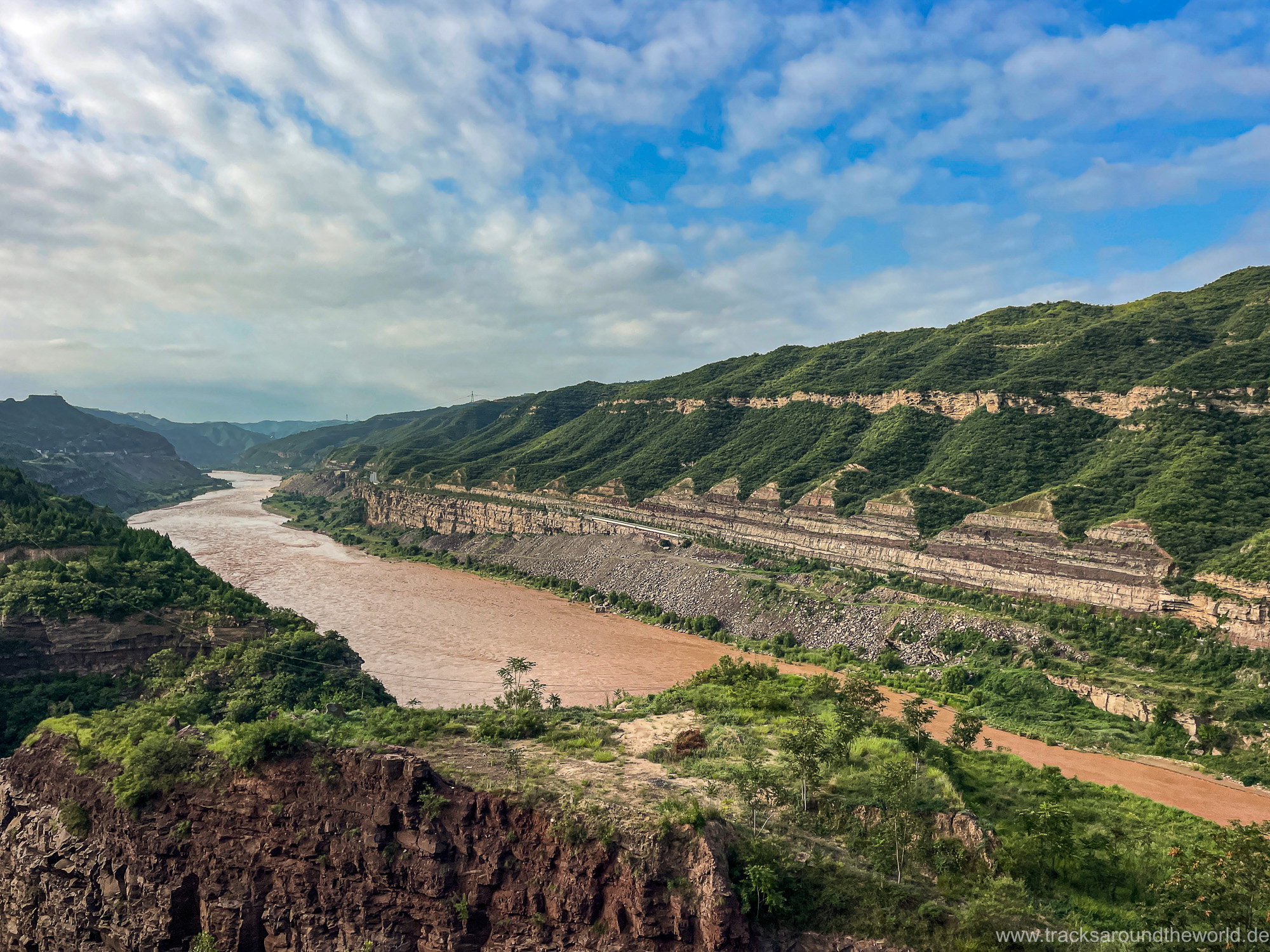
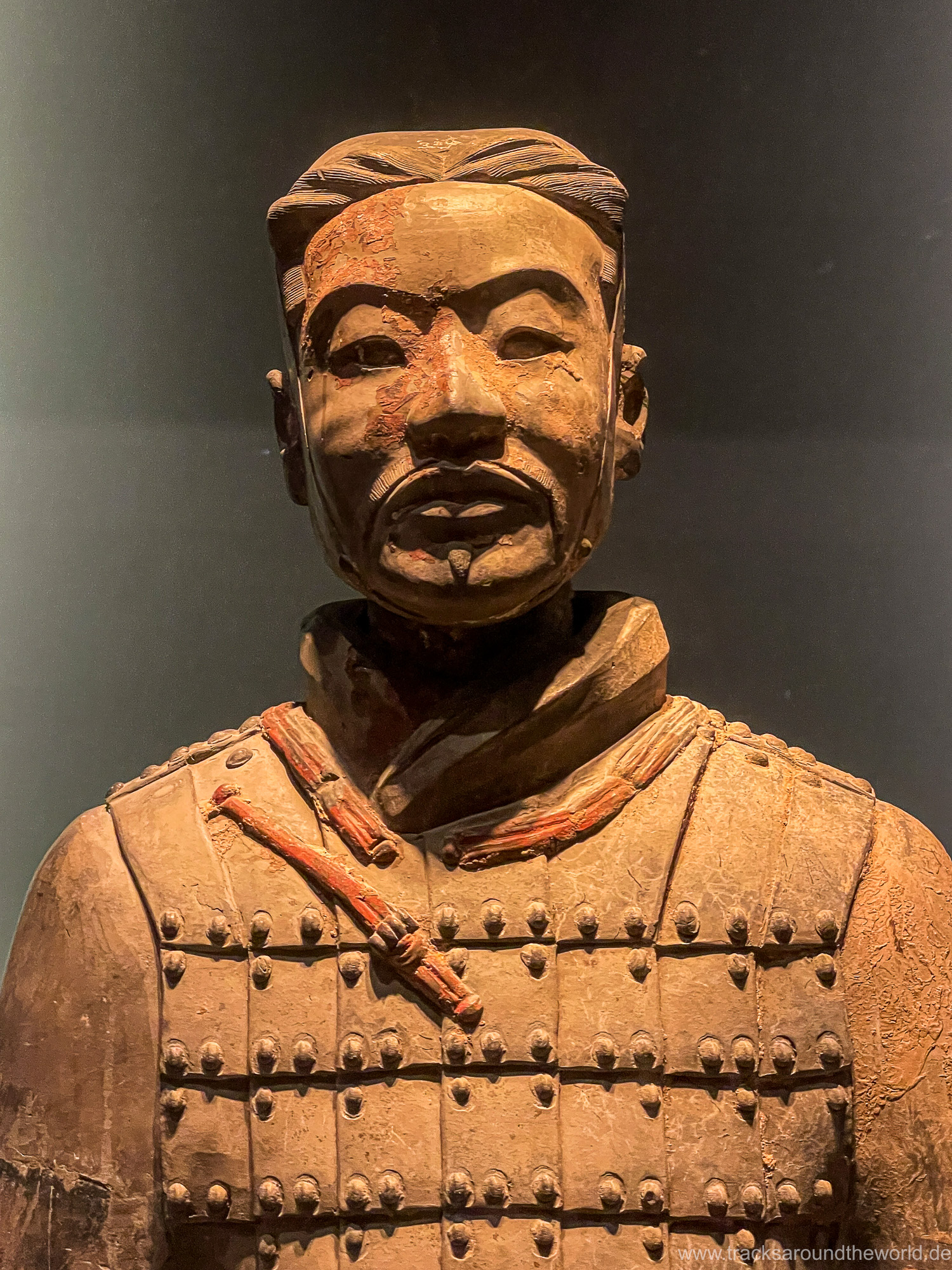
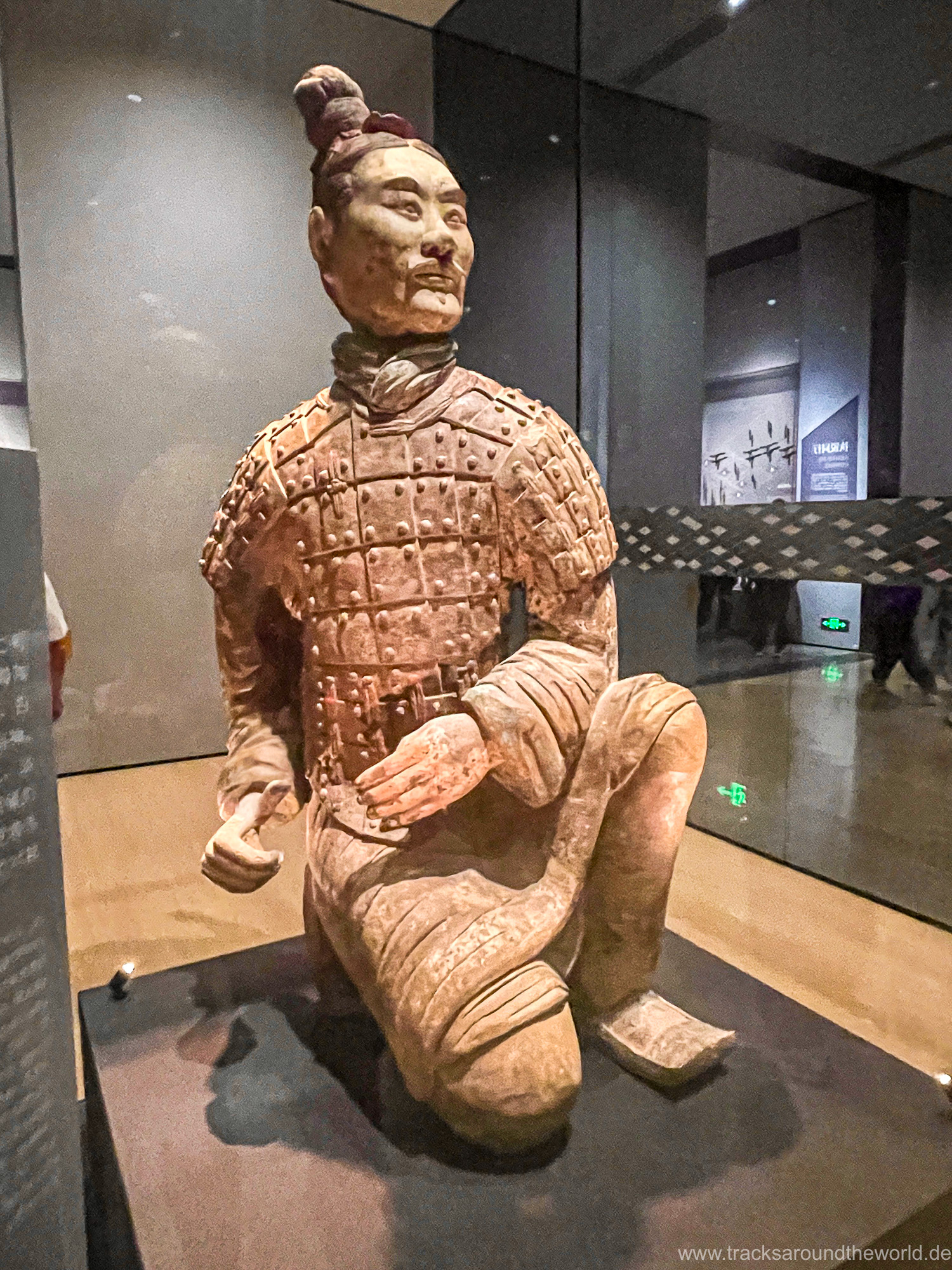
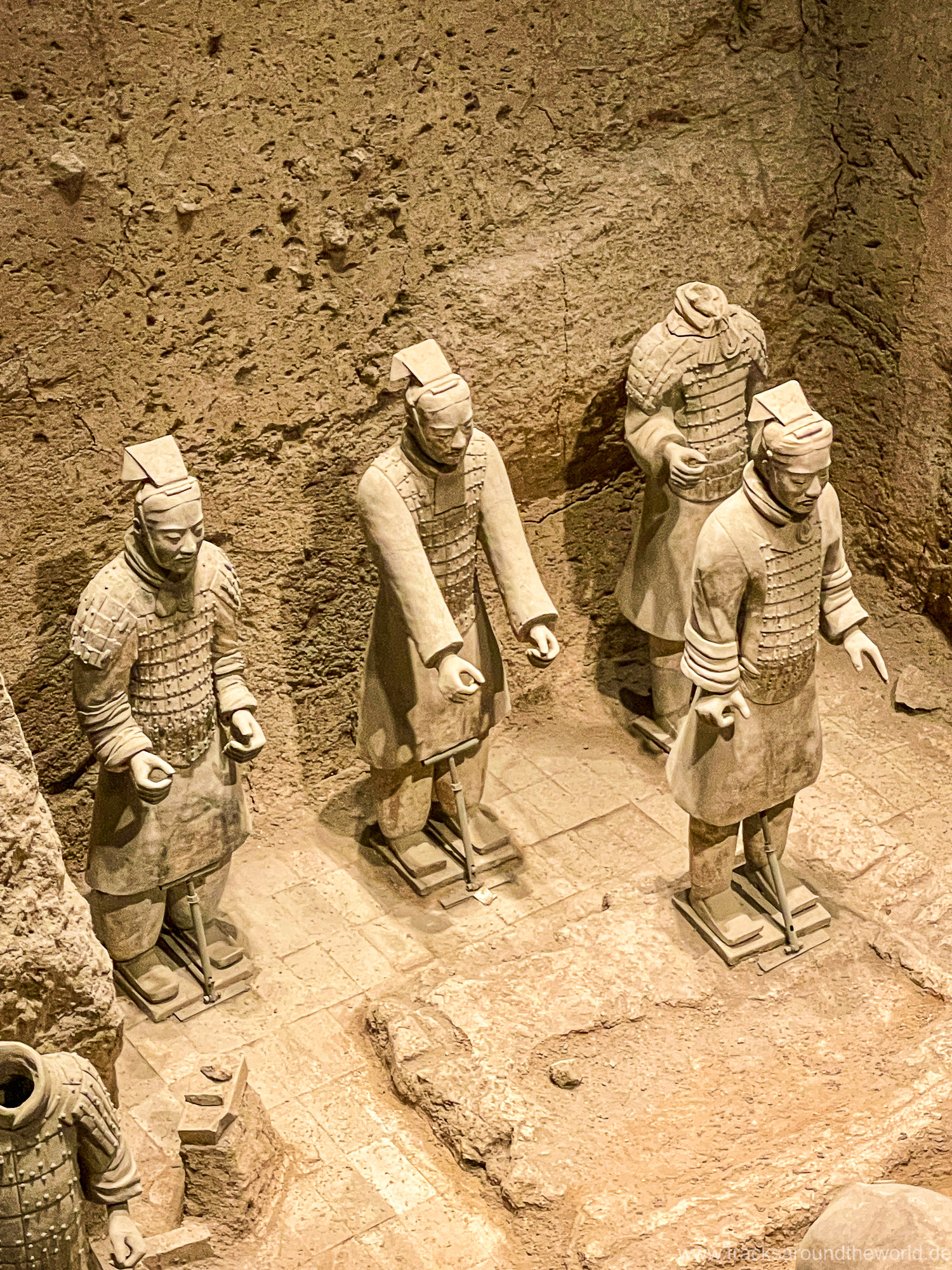
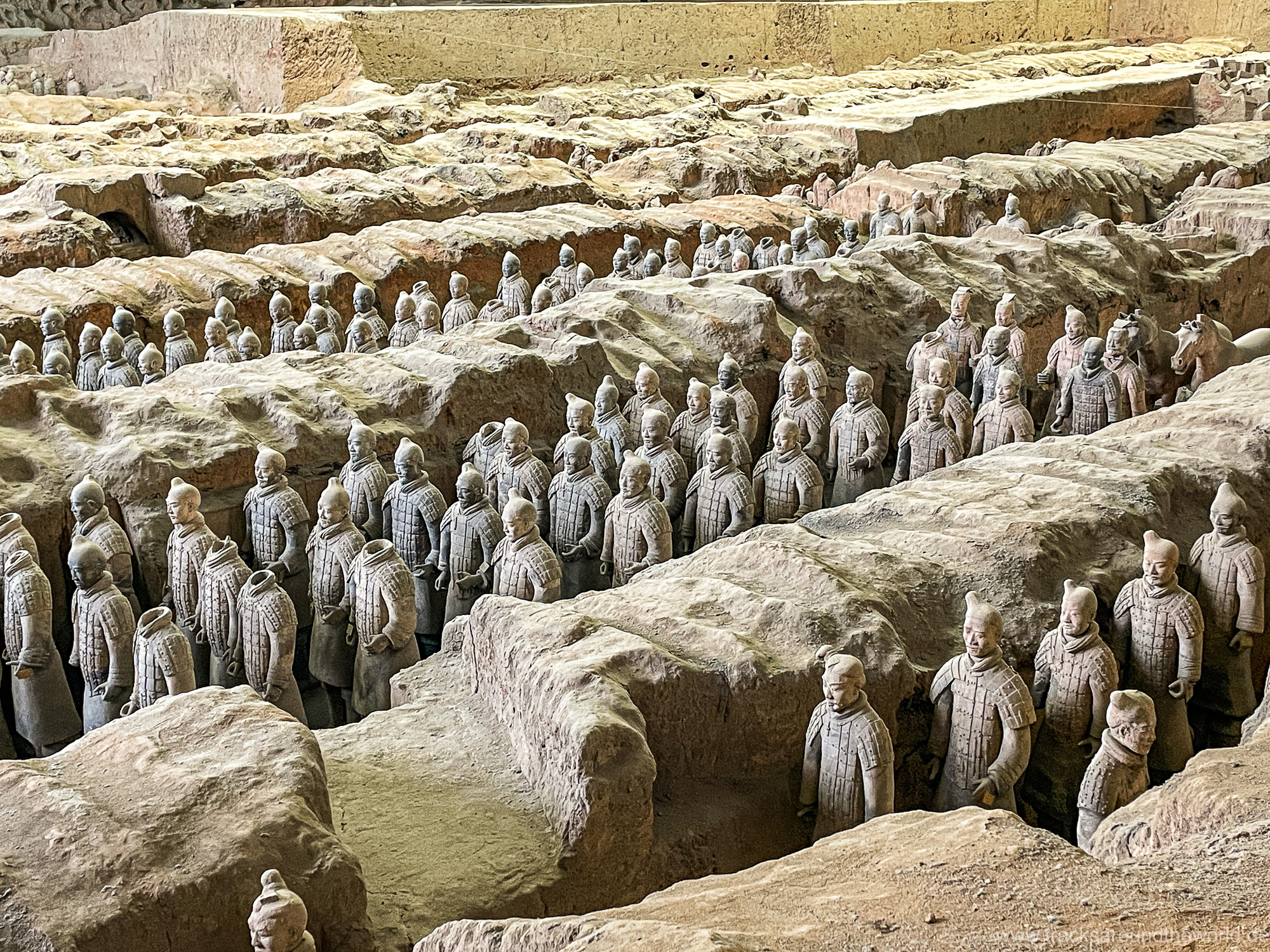
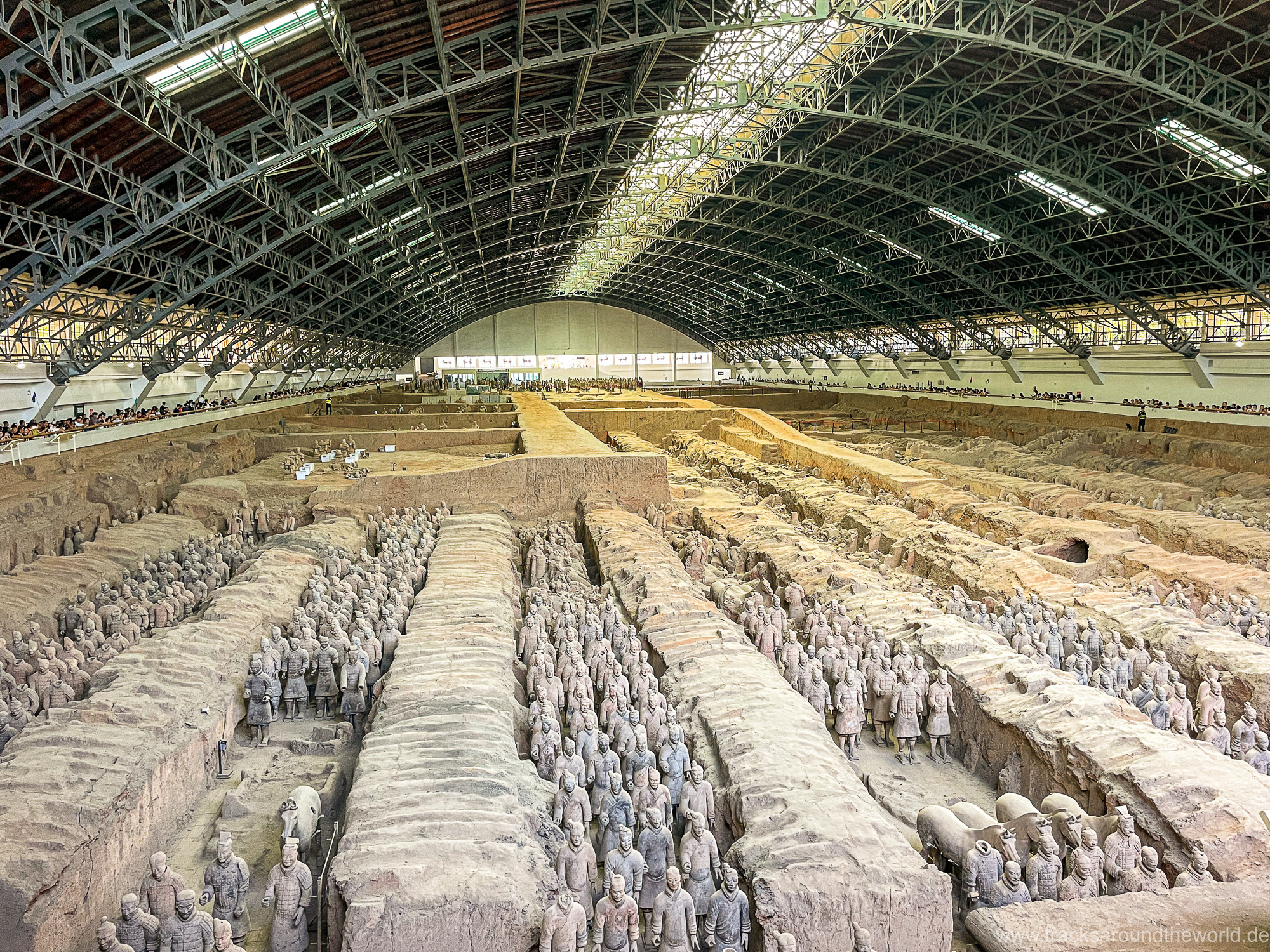
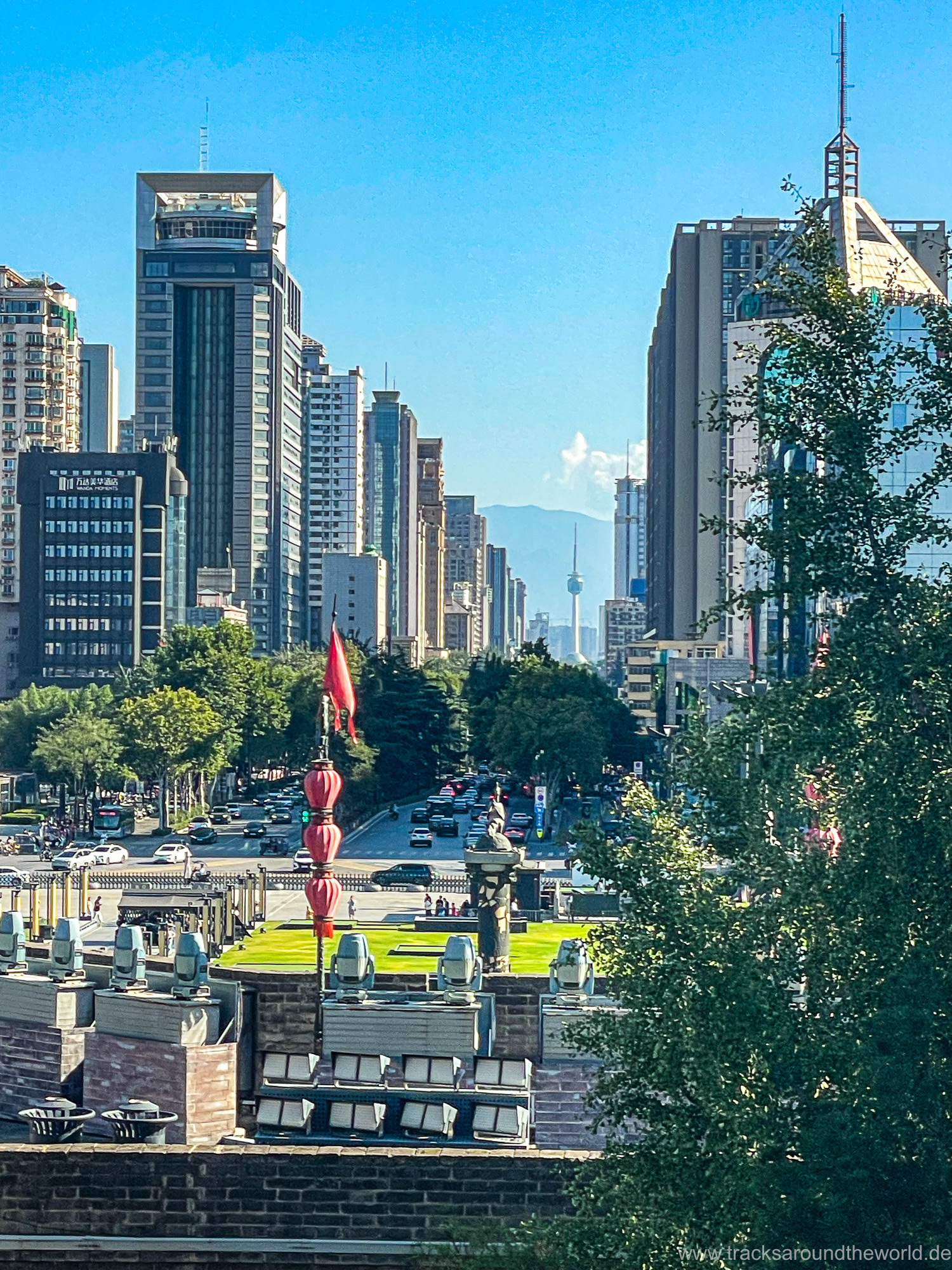
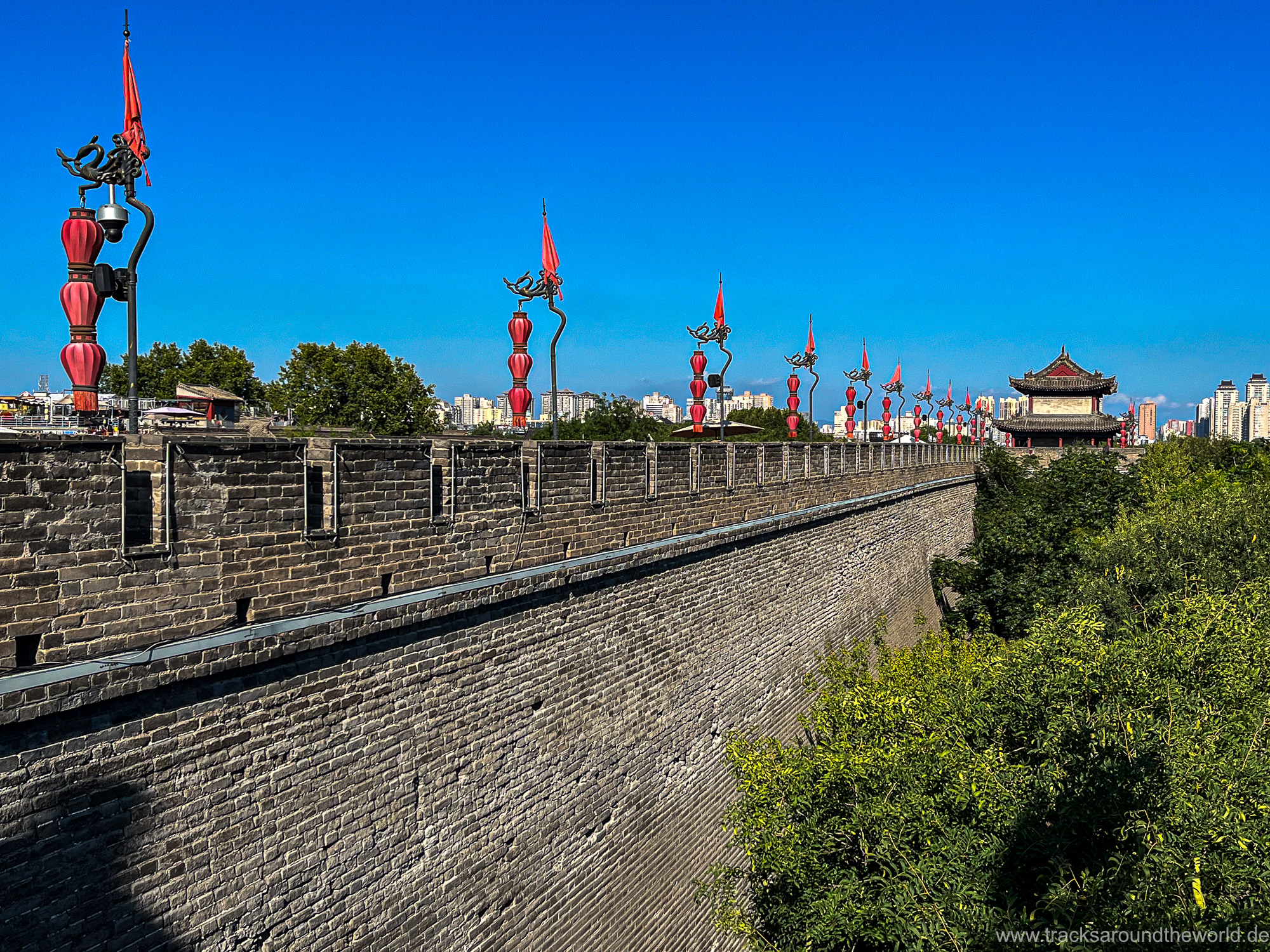
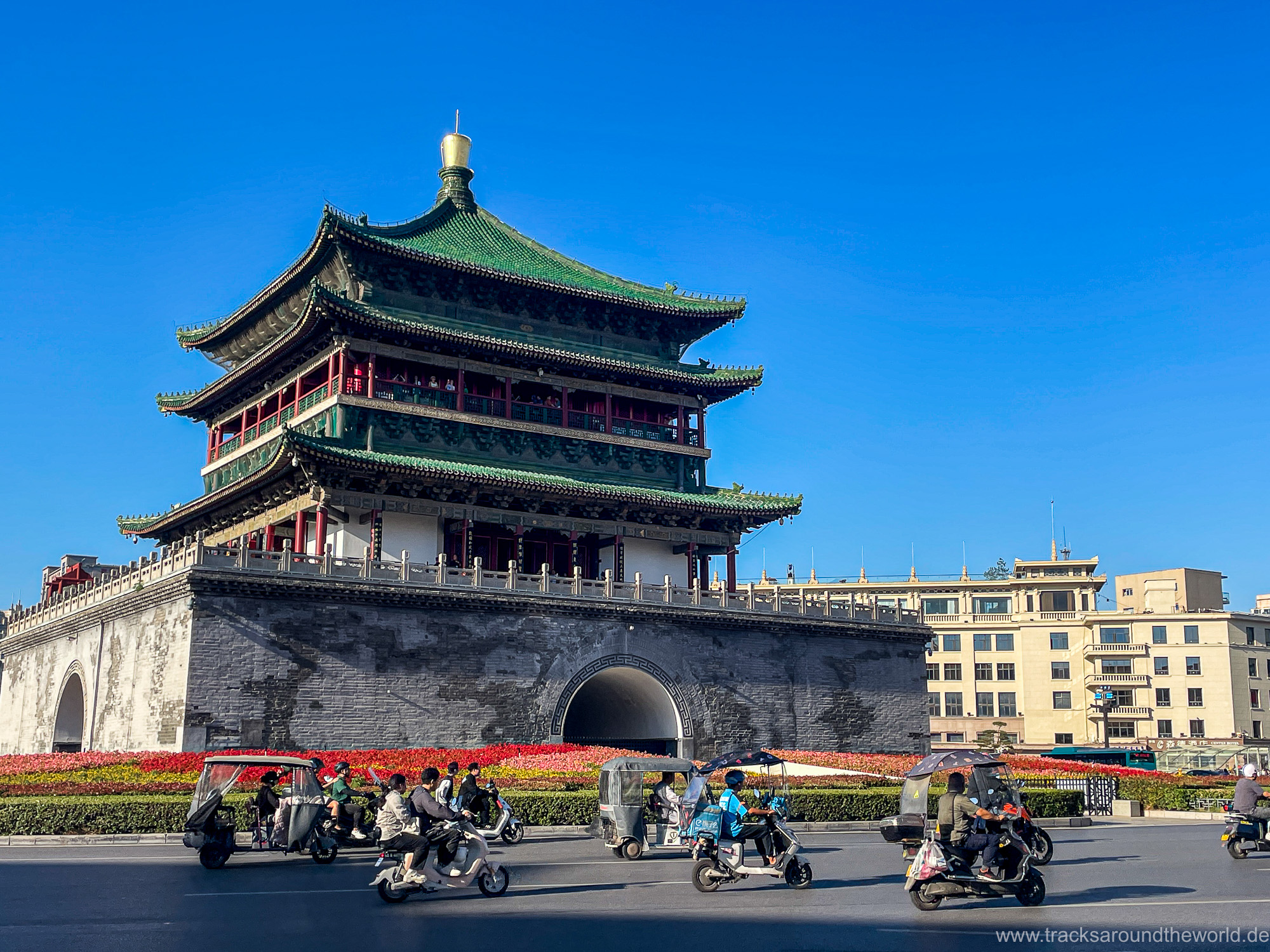

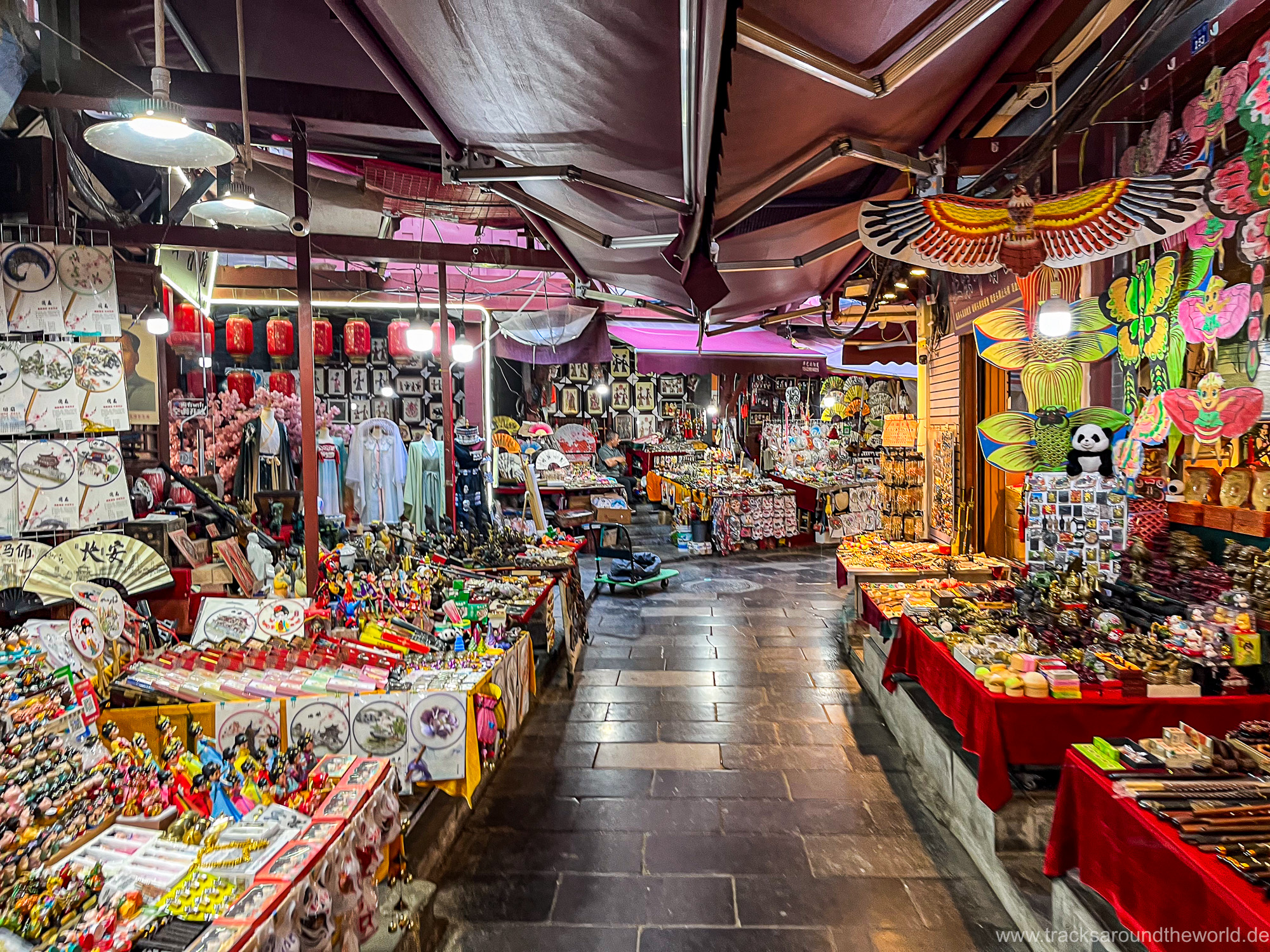
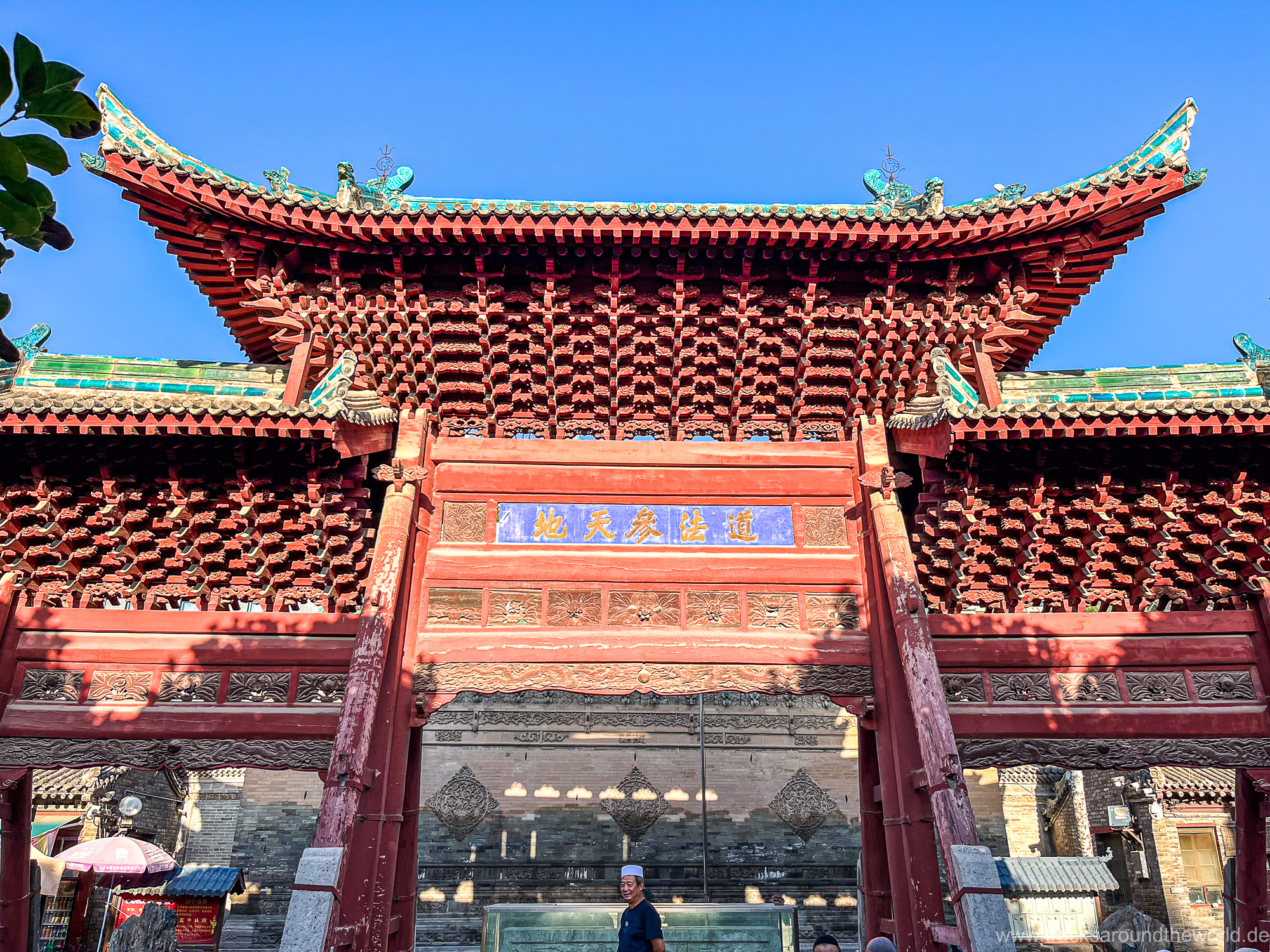
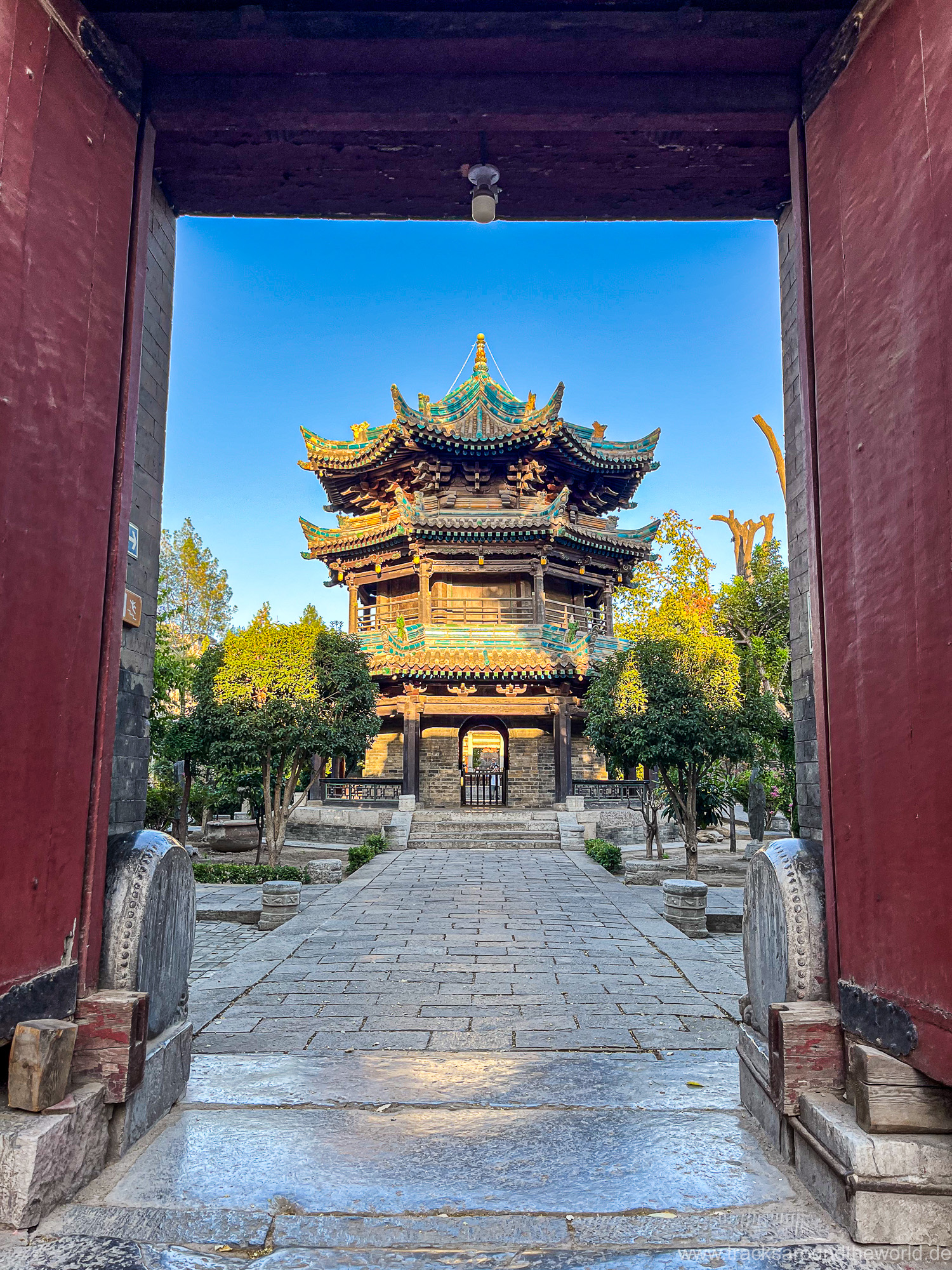
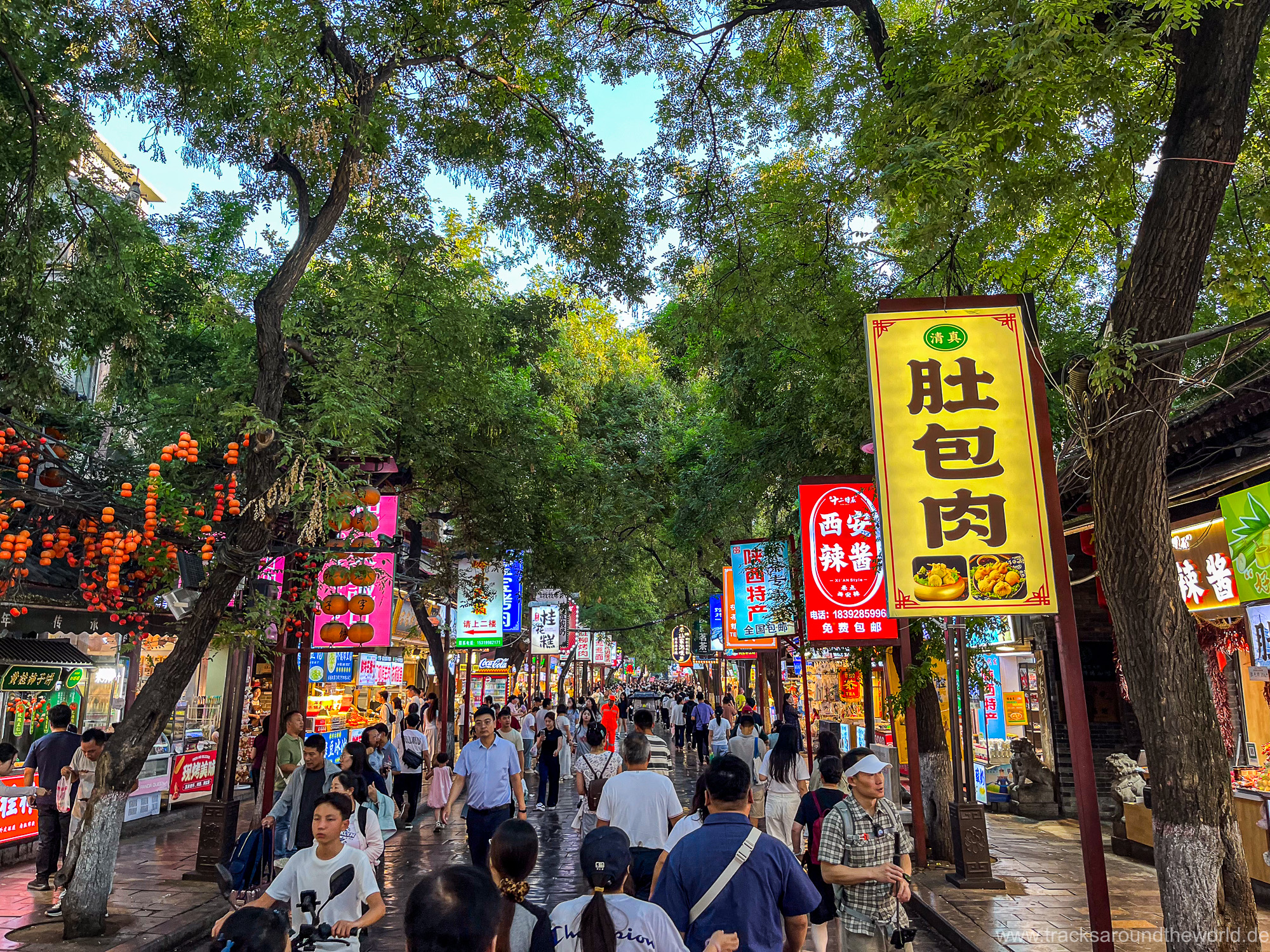
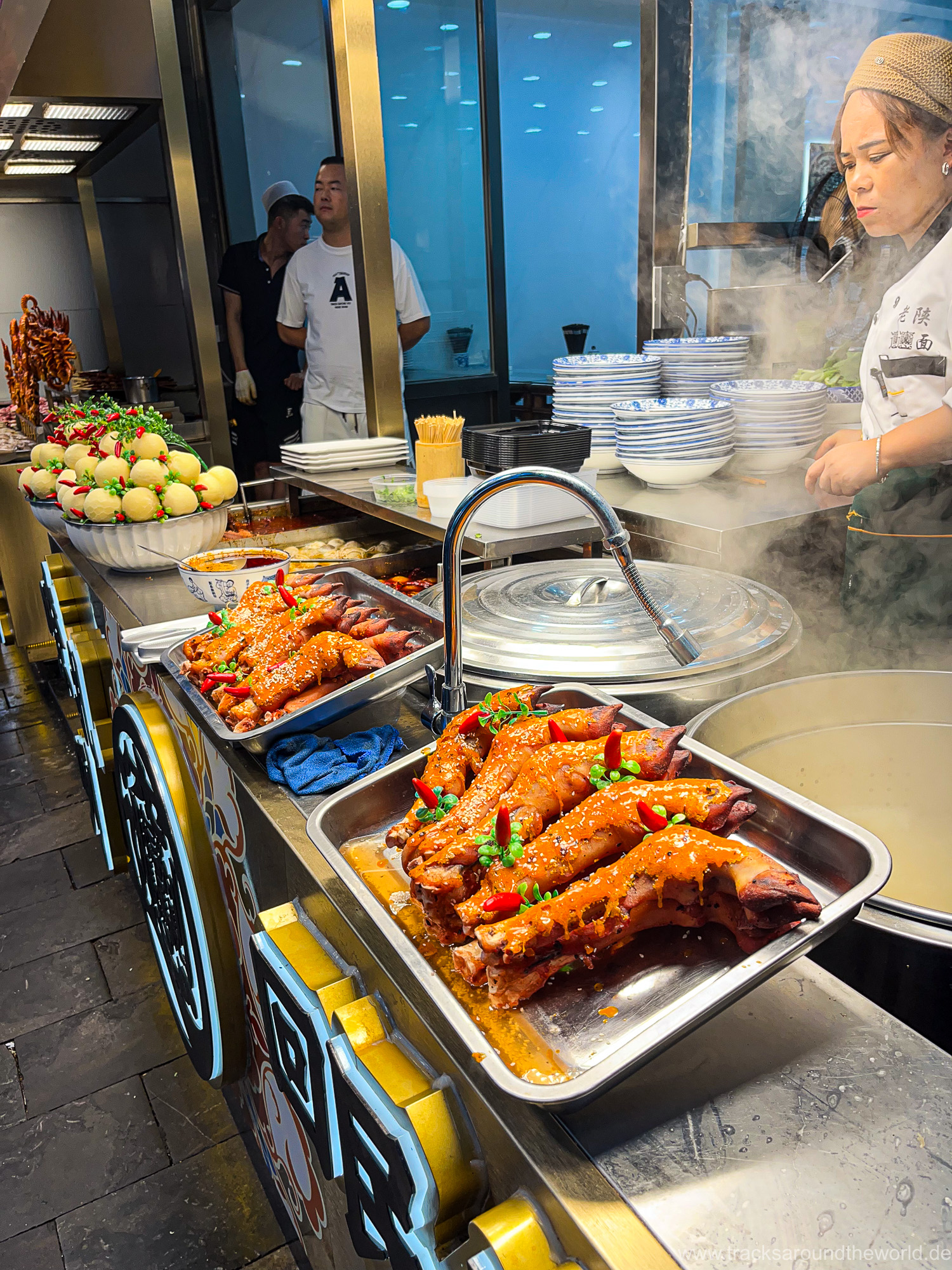
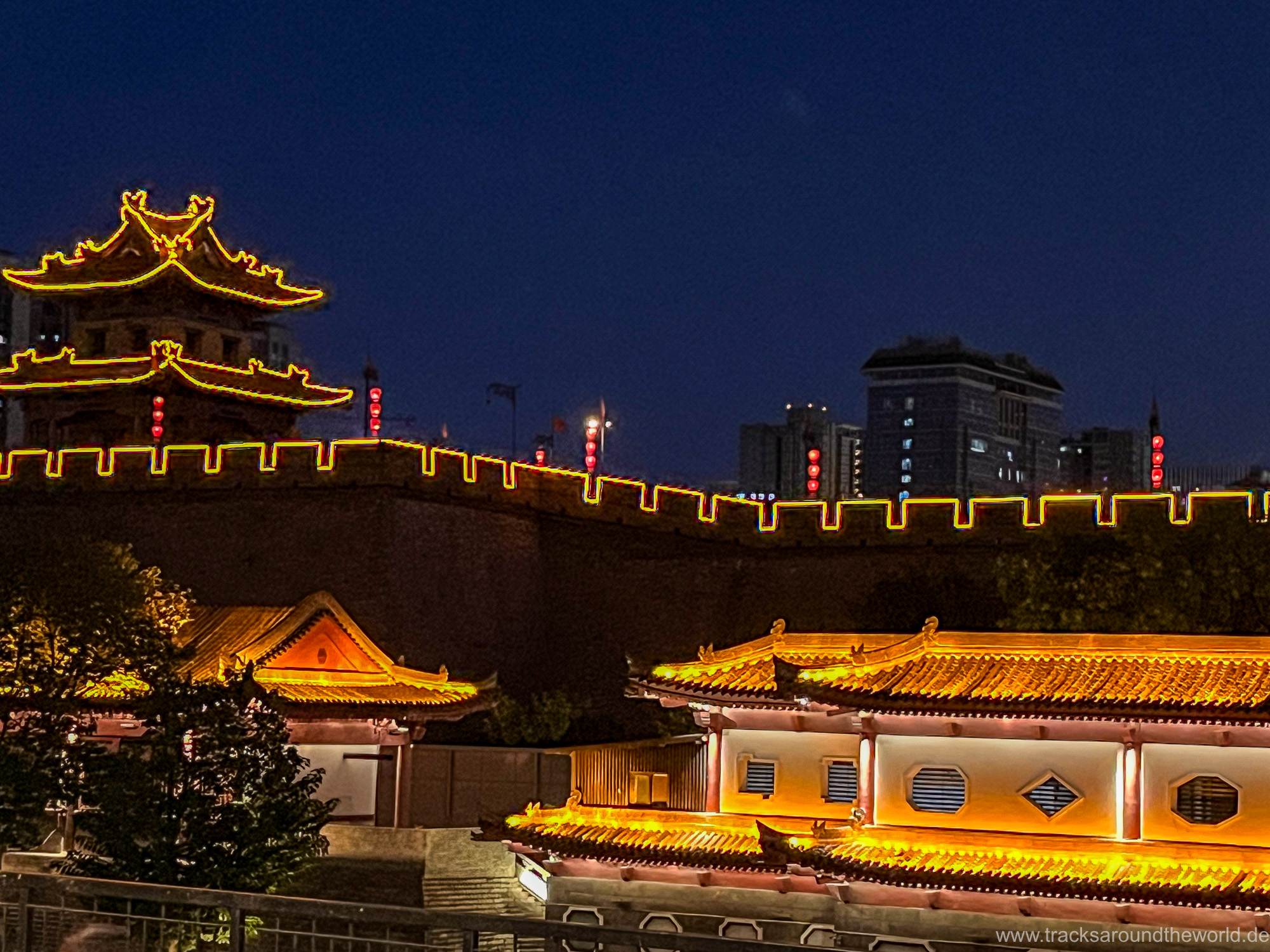
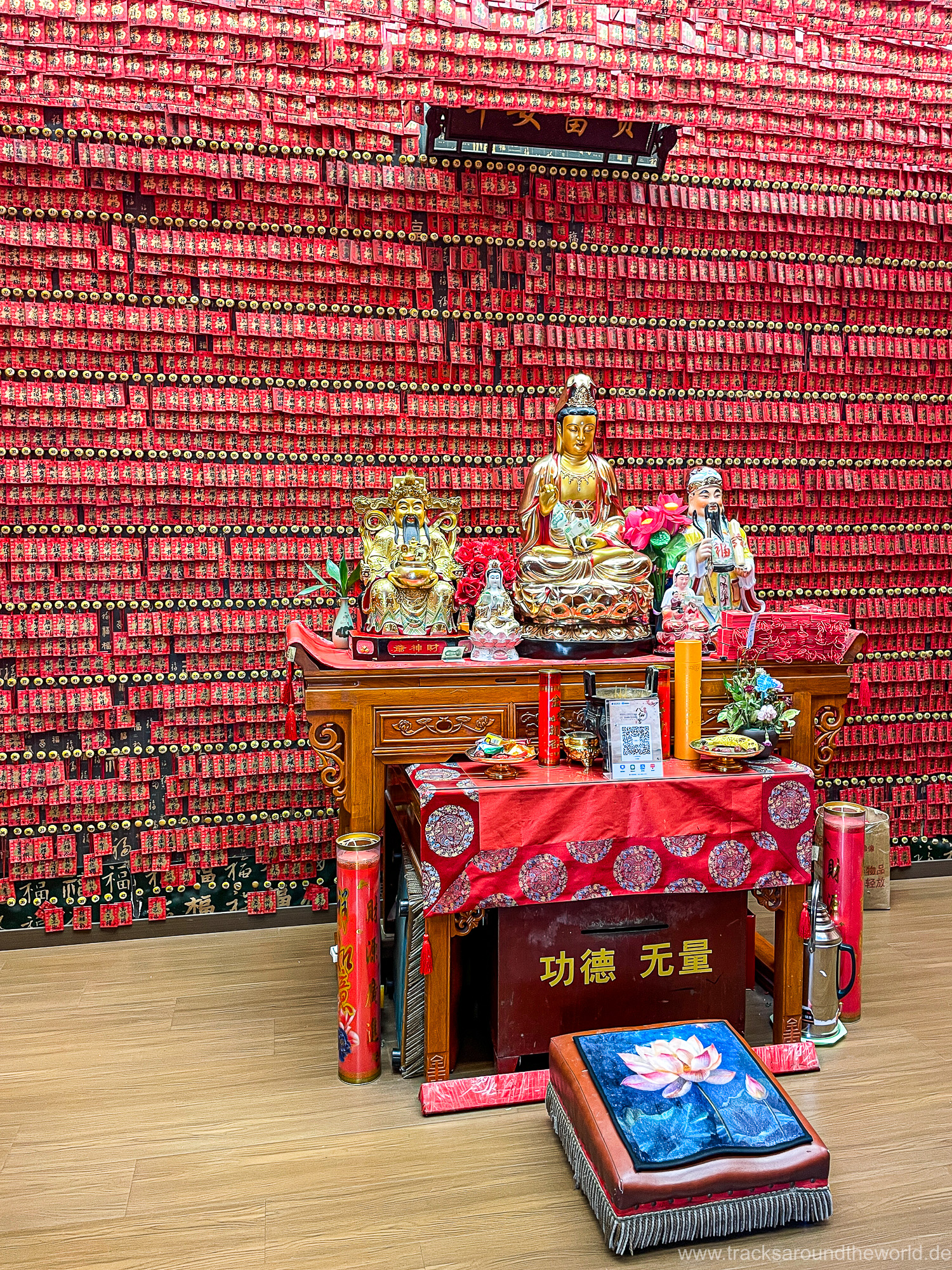
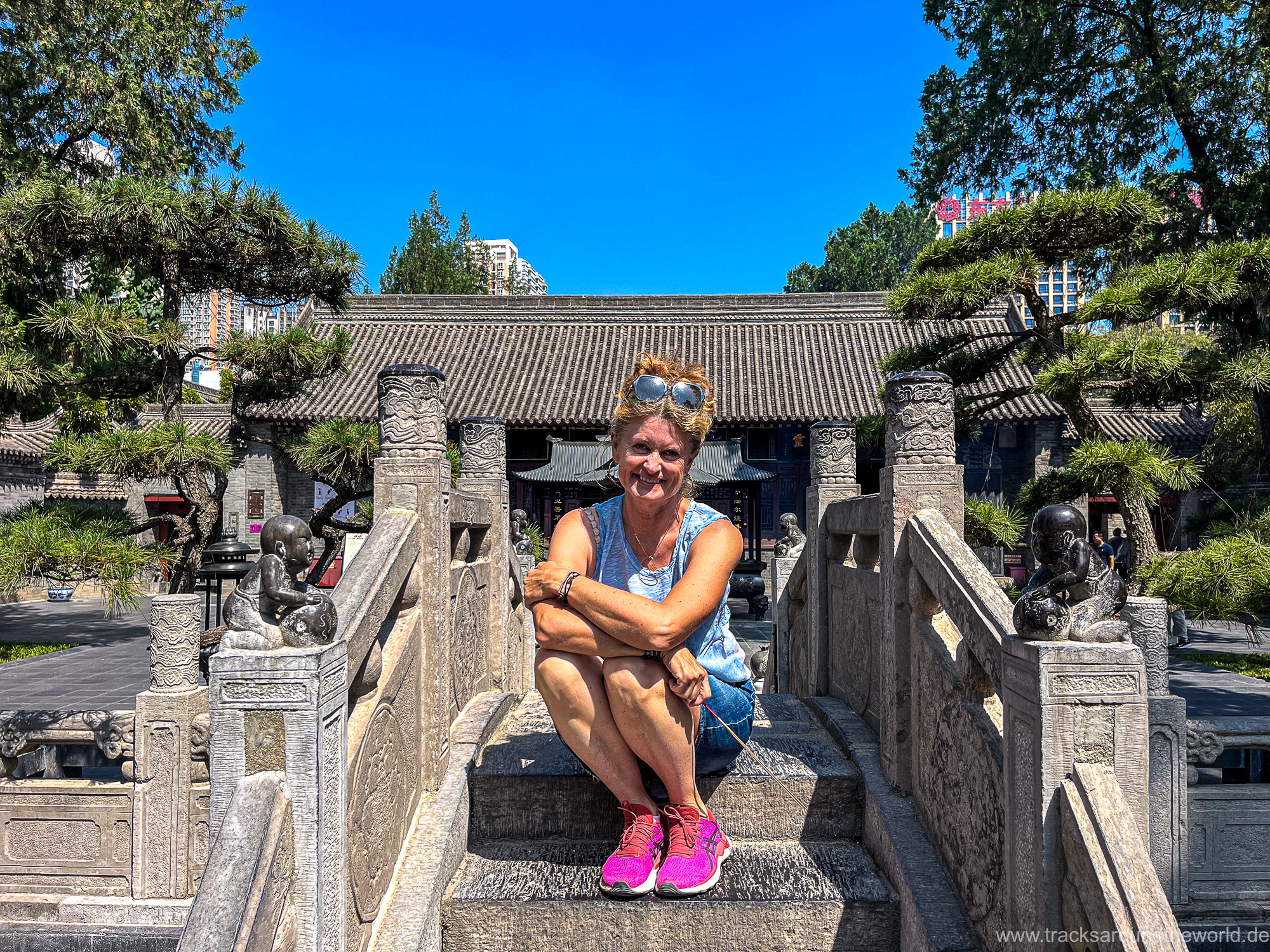
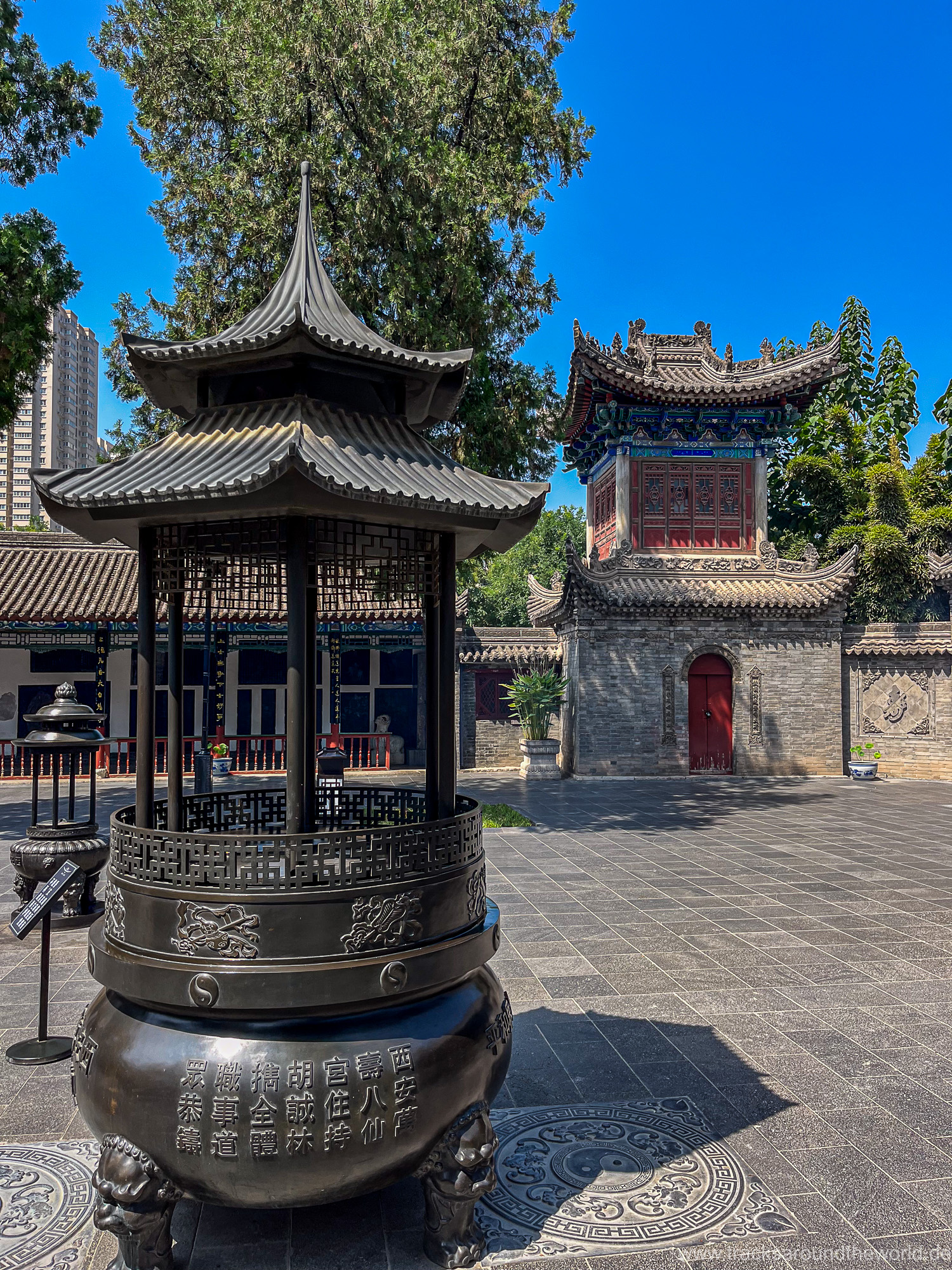
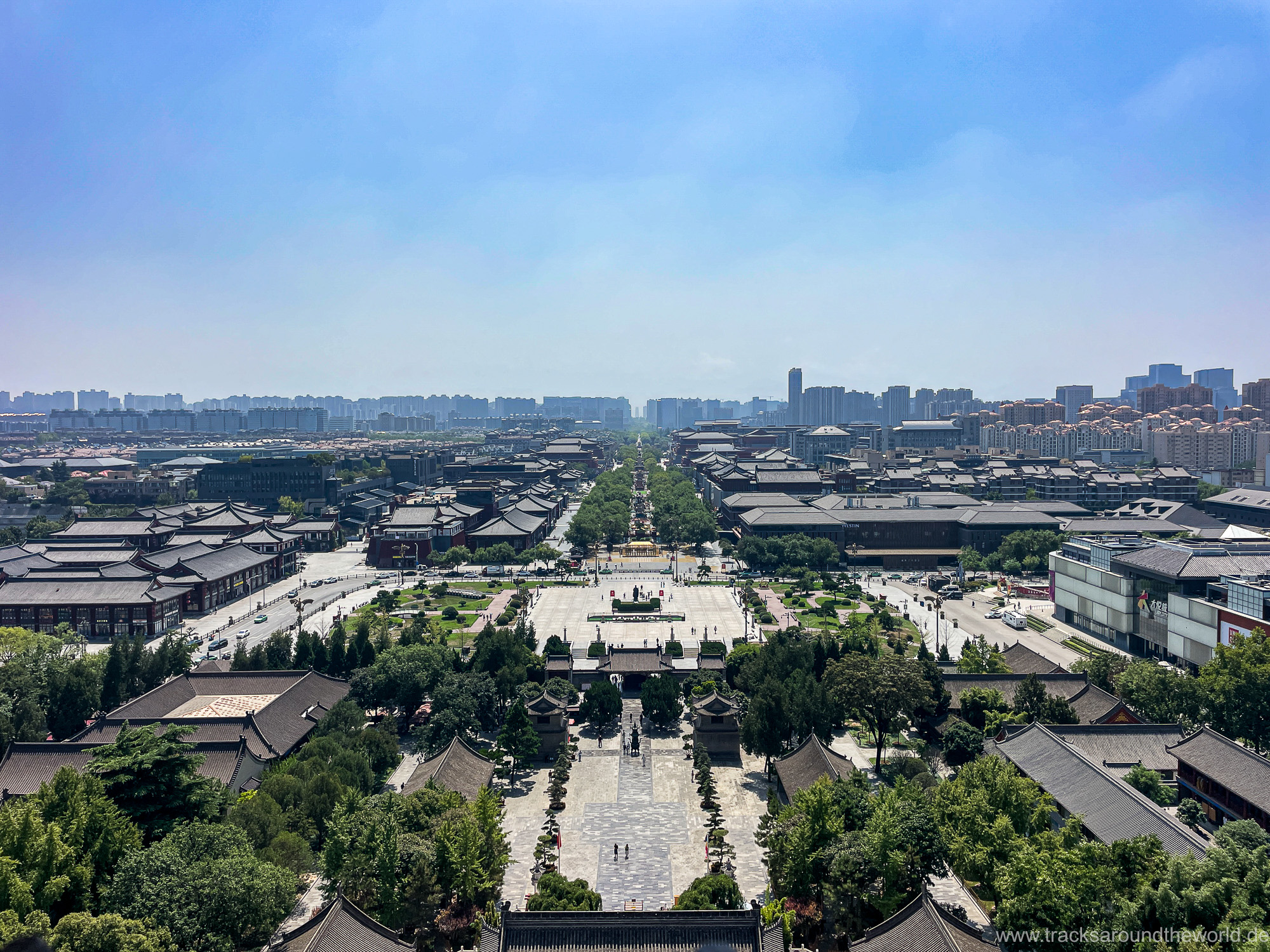
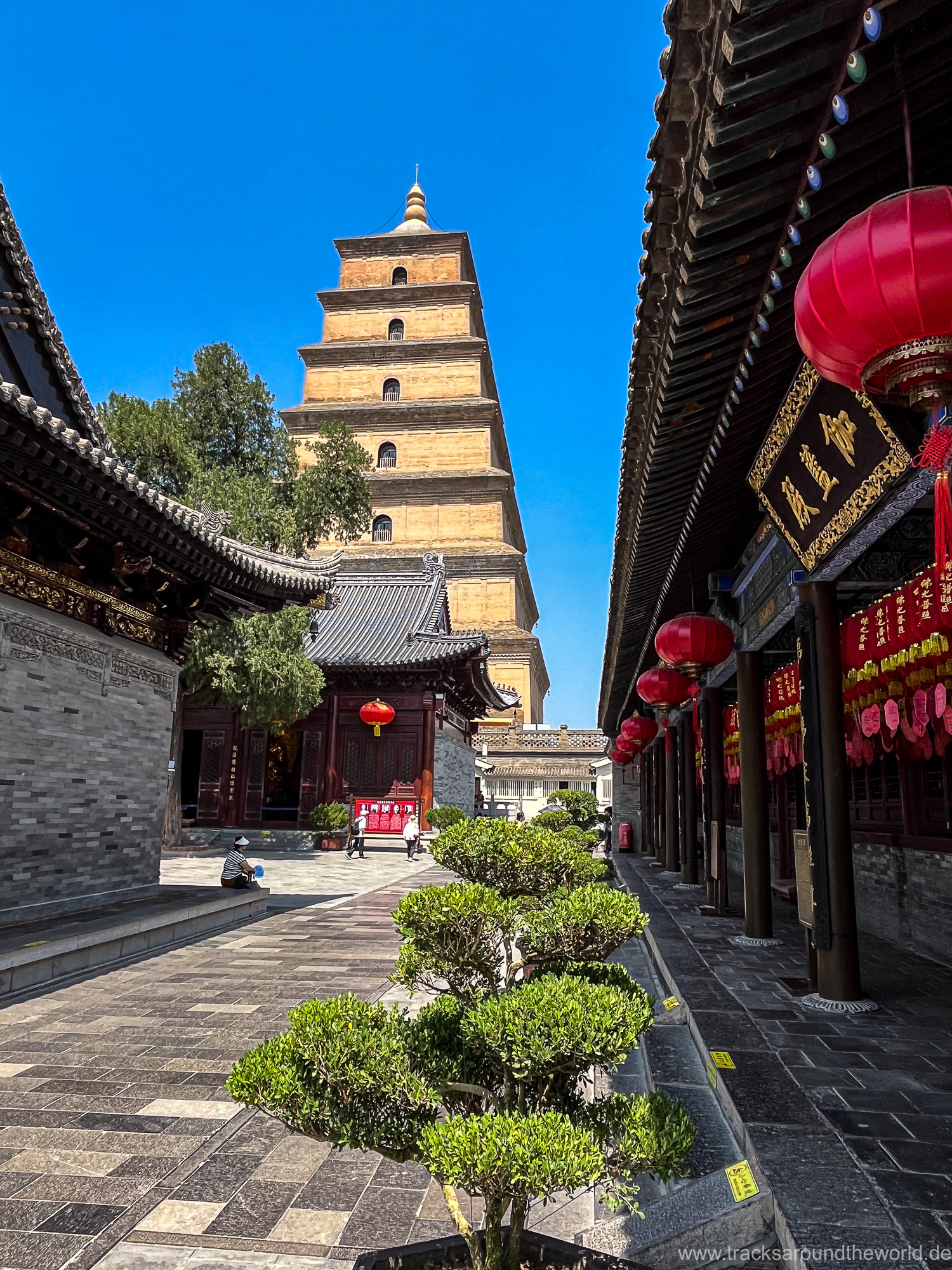
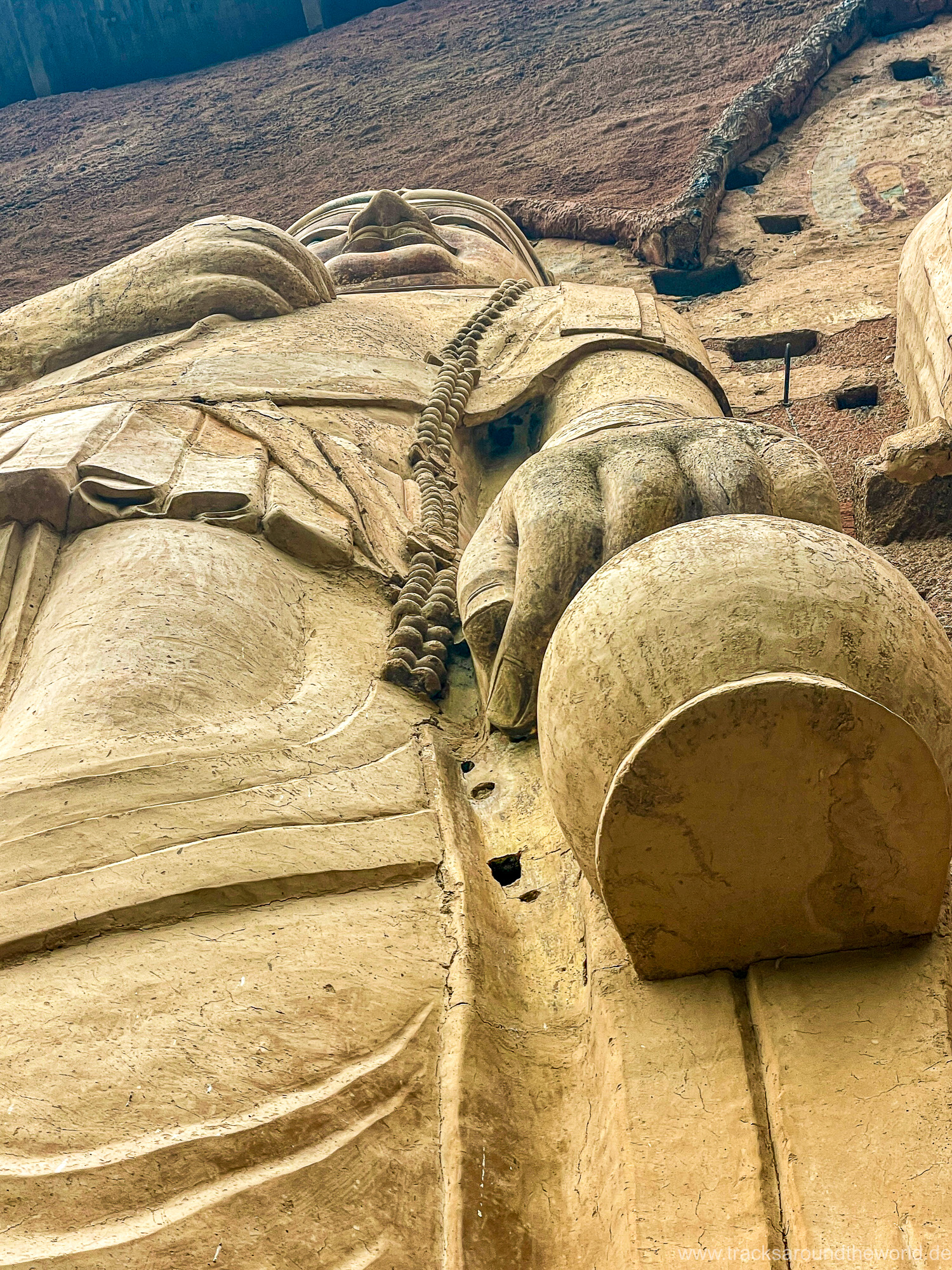
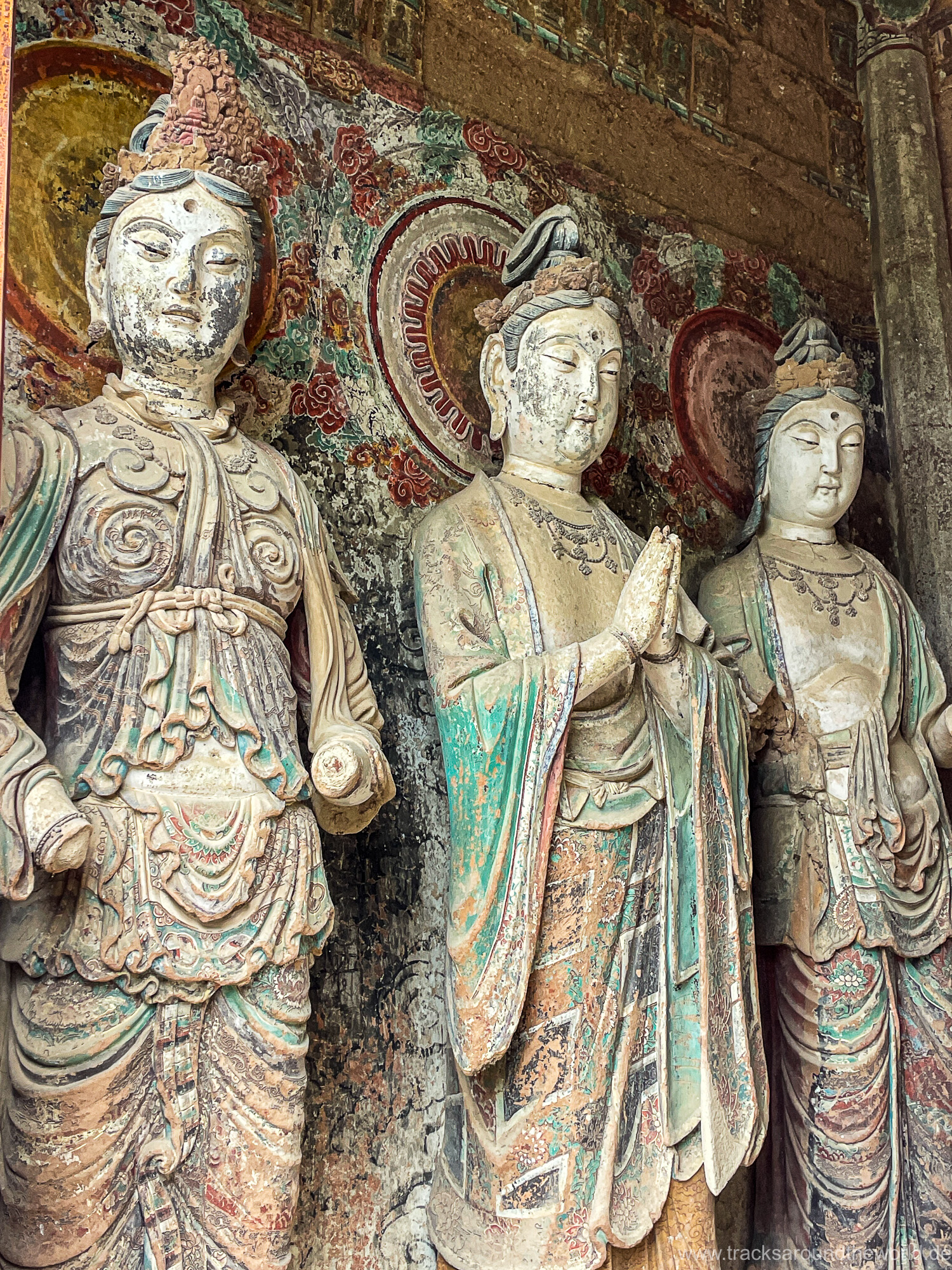
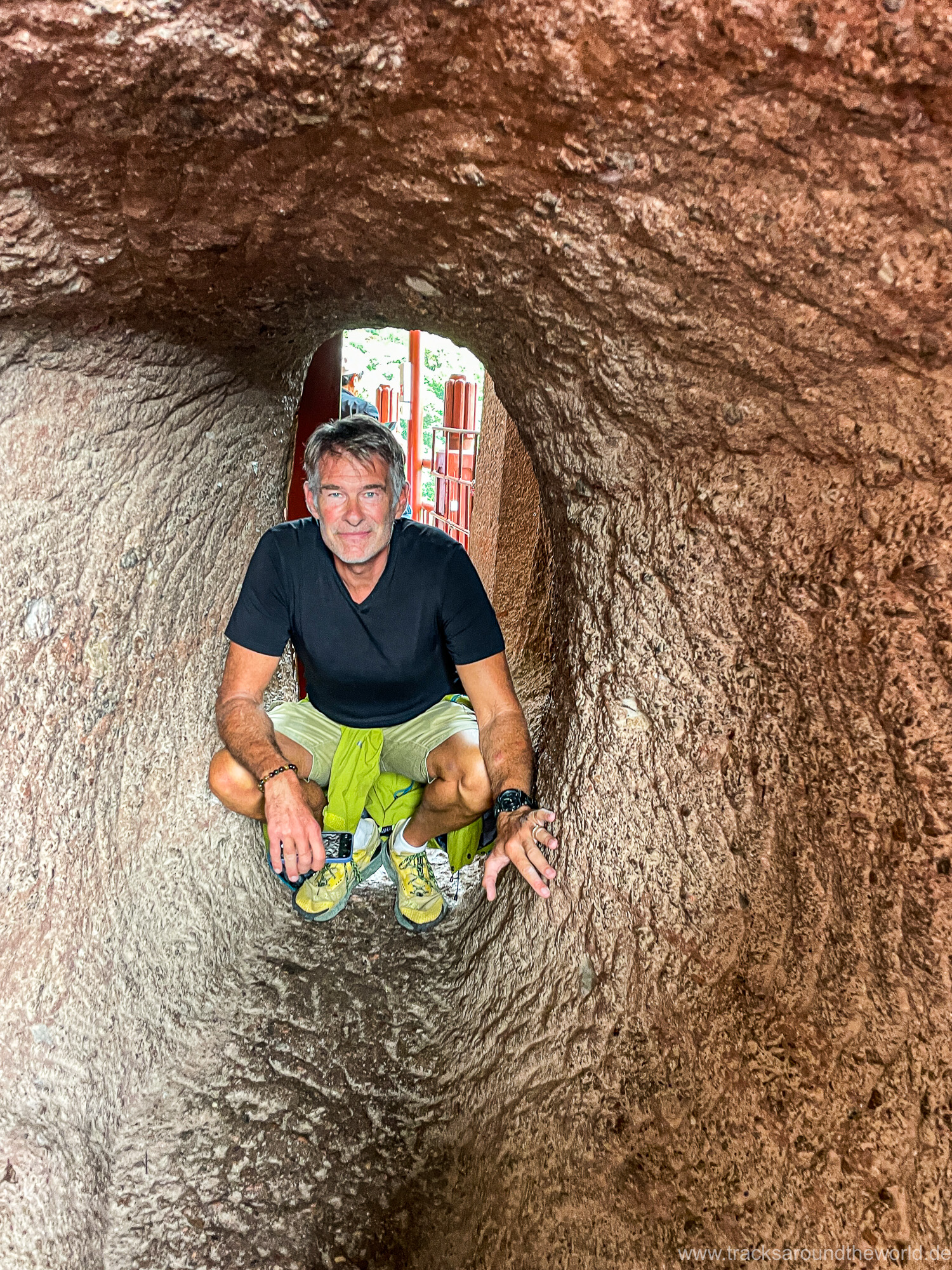
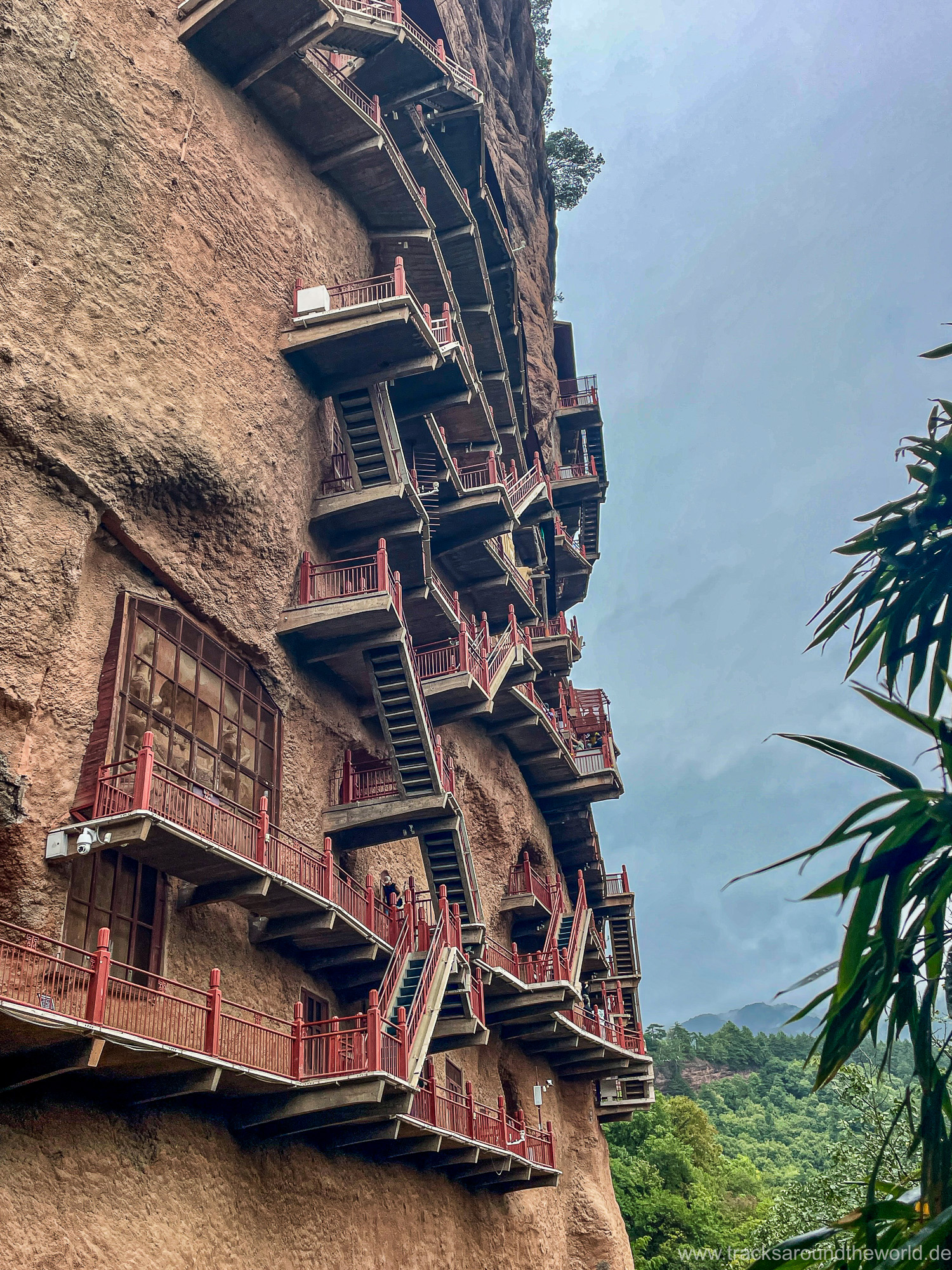
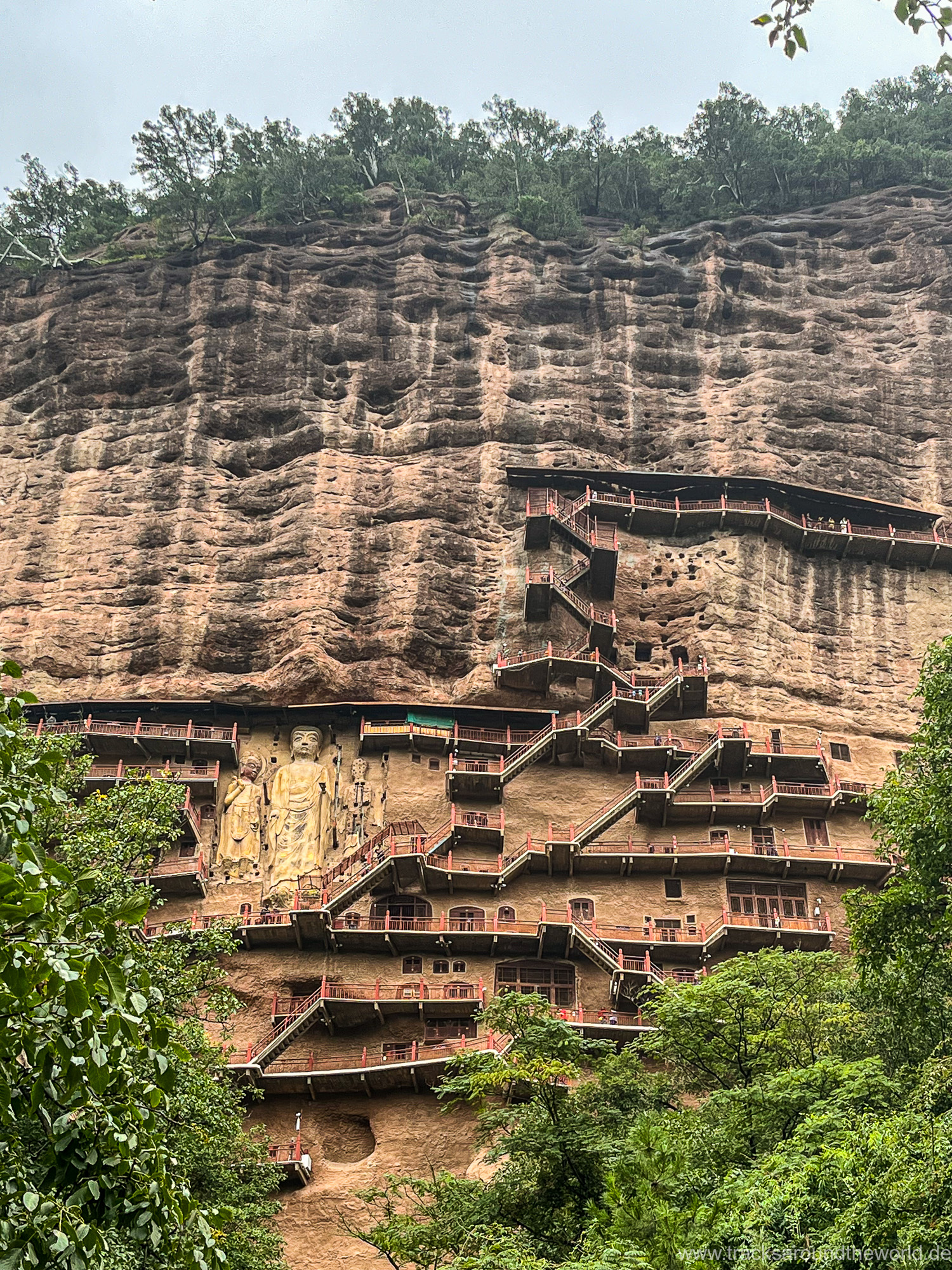
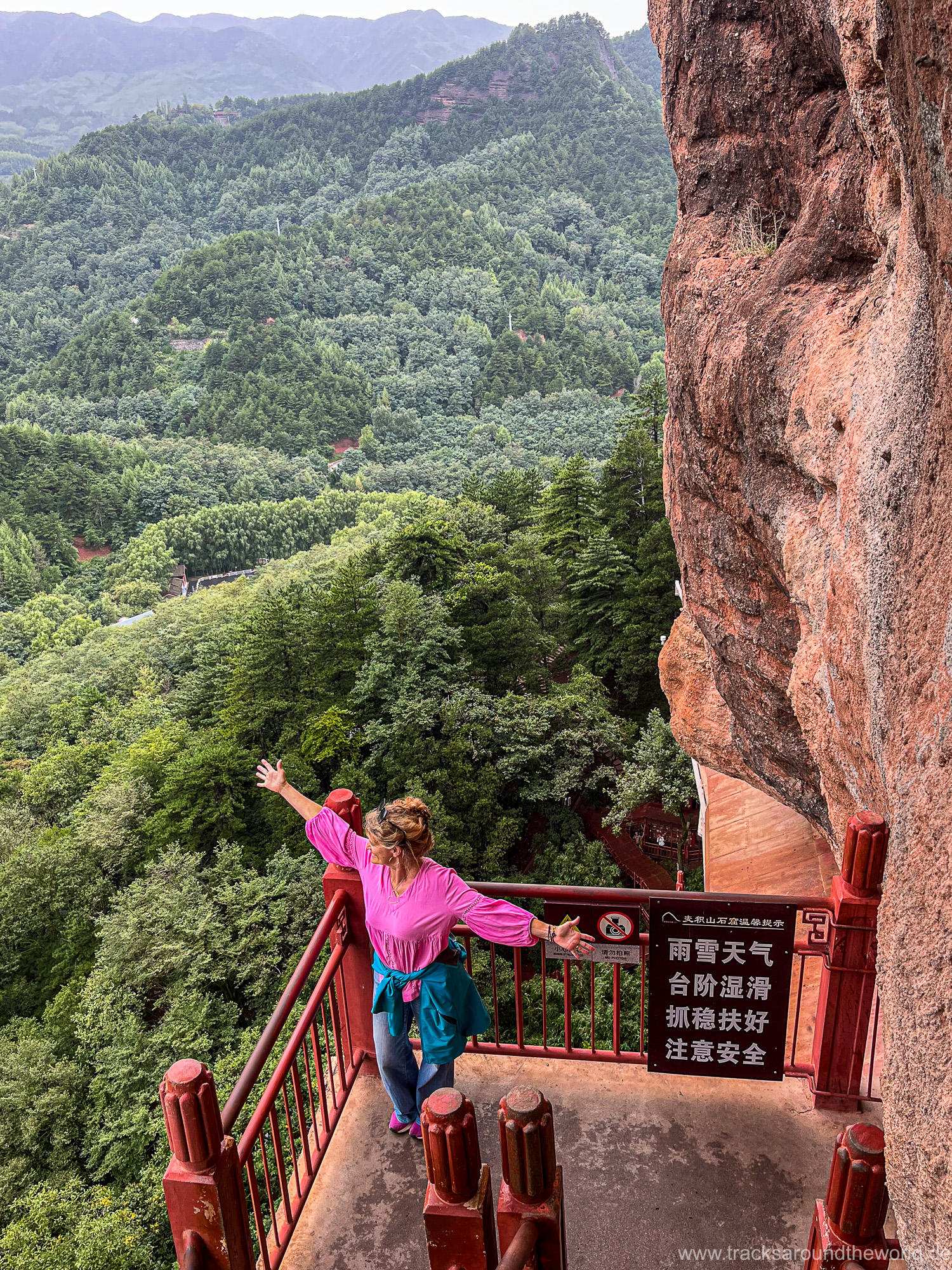
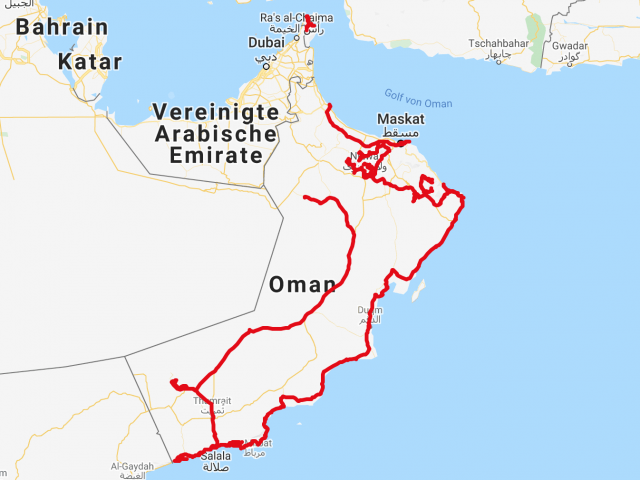
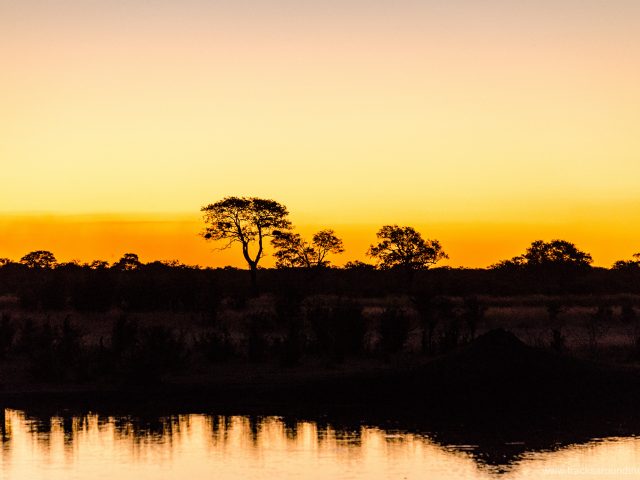

you guys are awesome!
🙏❤️